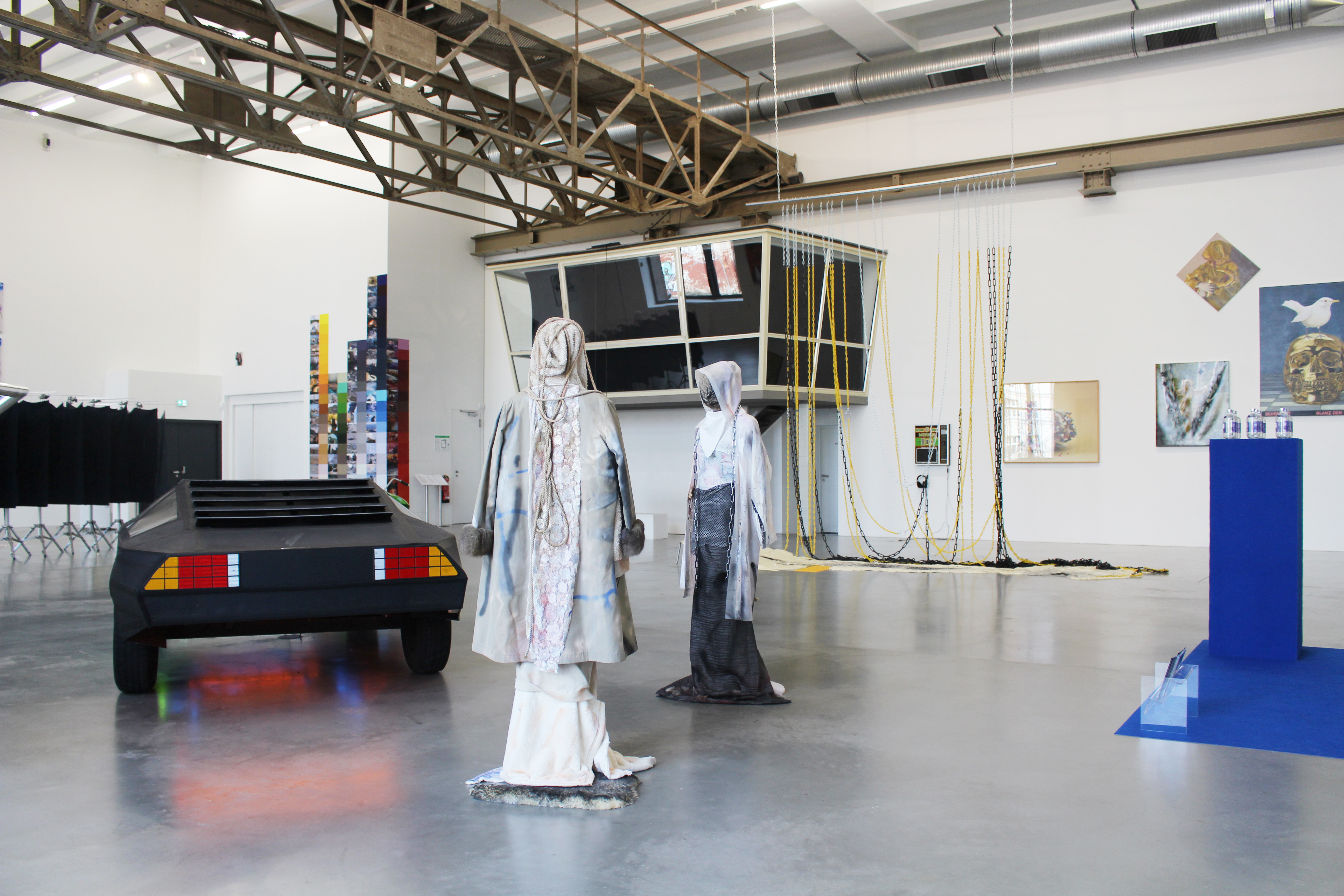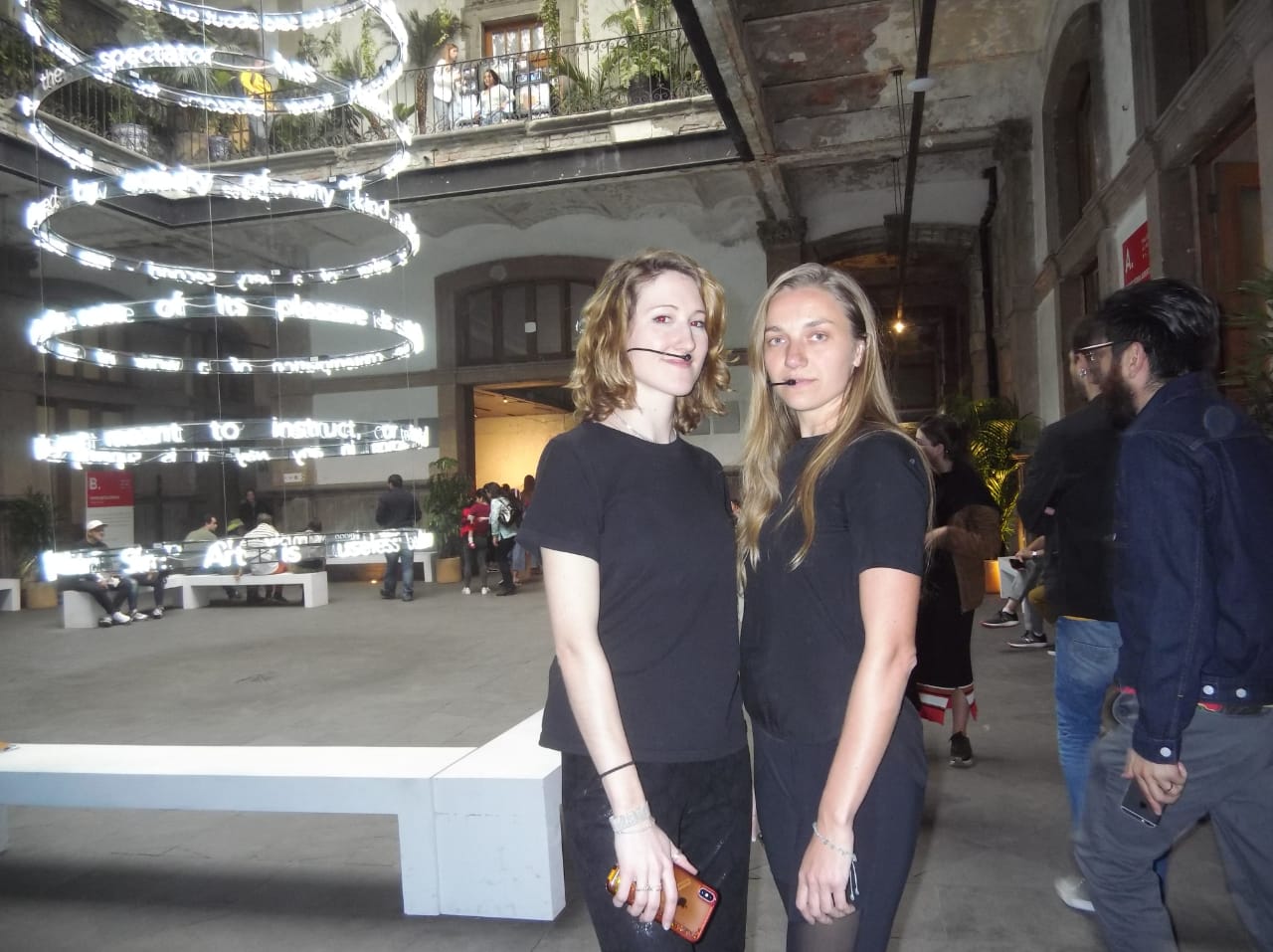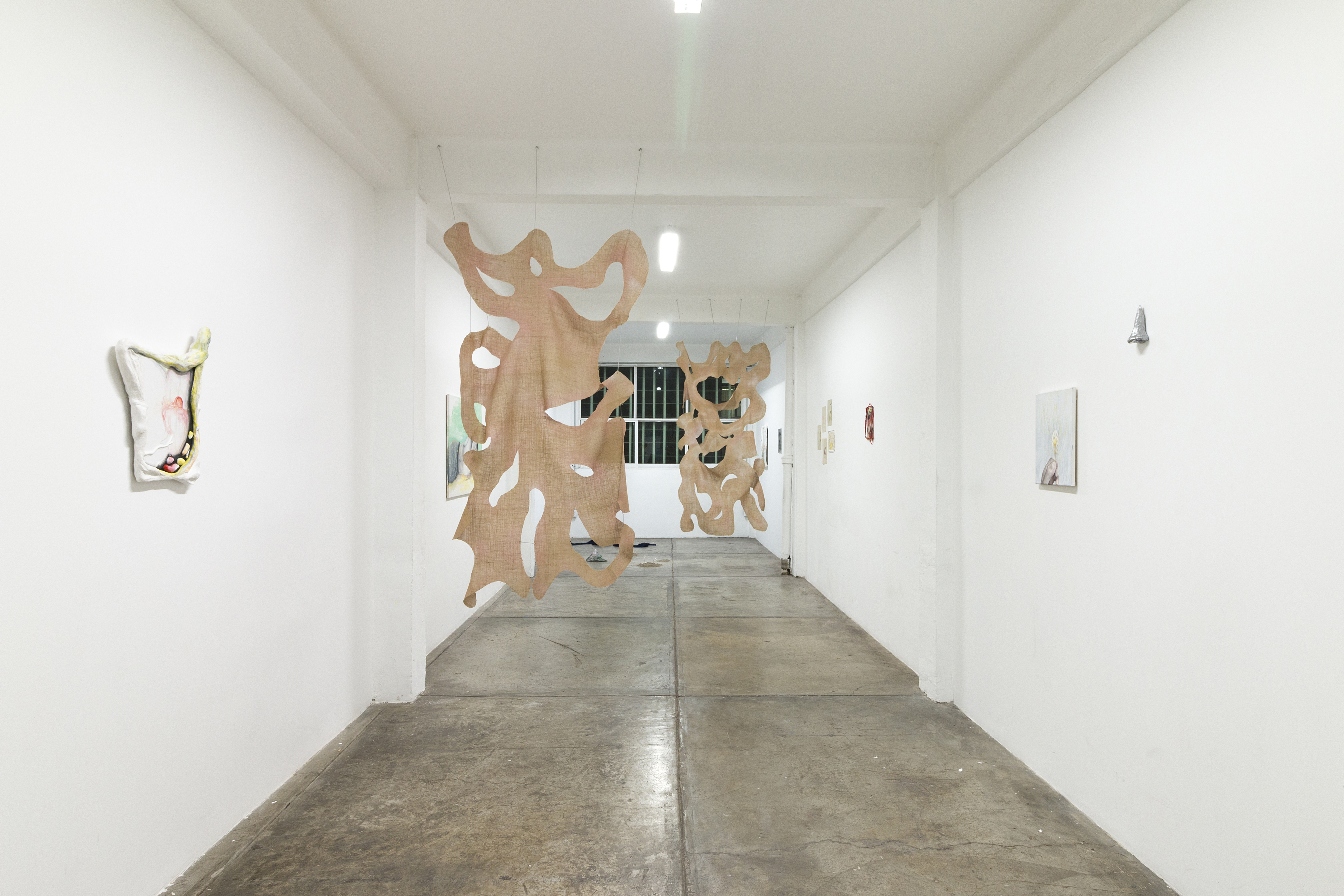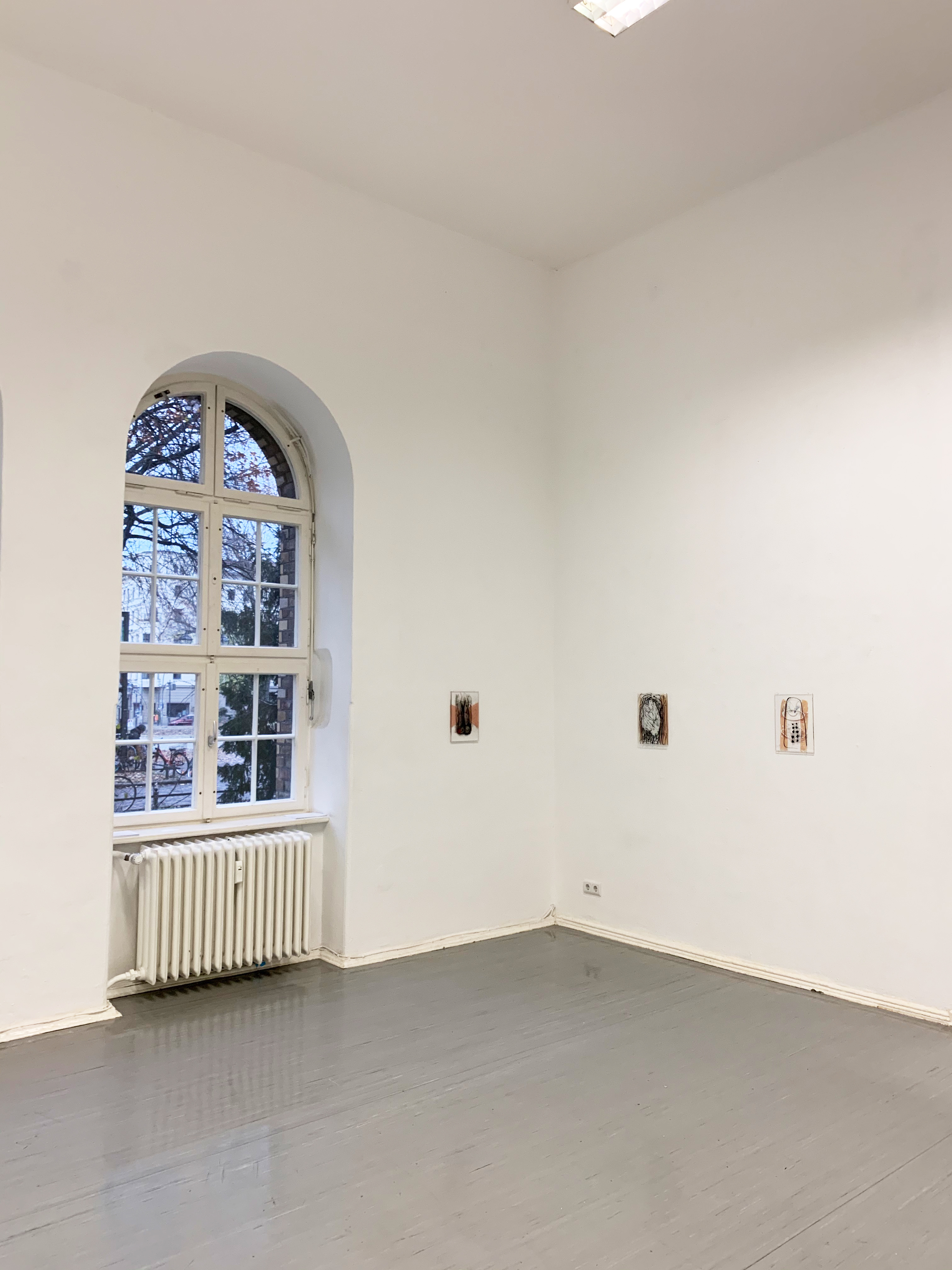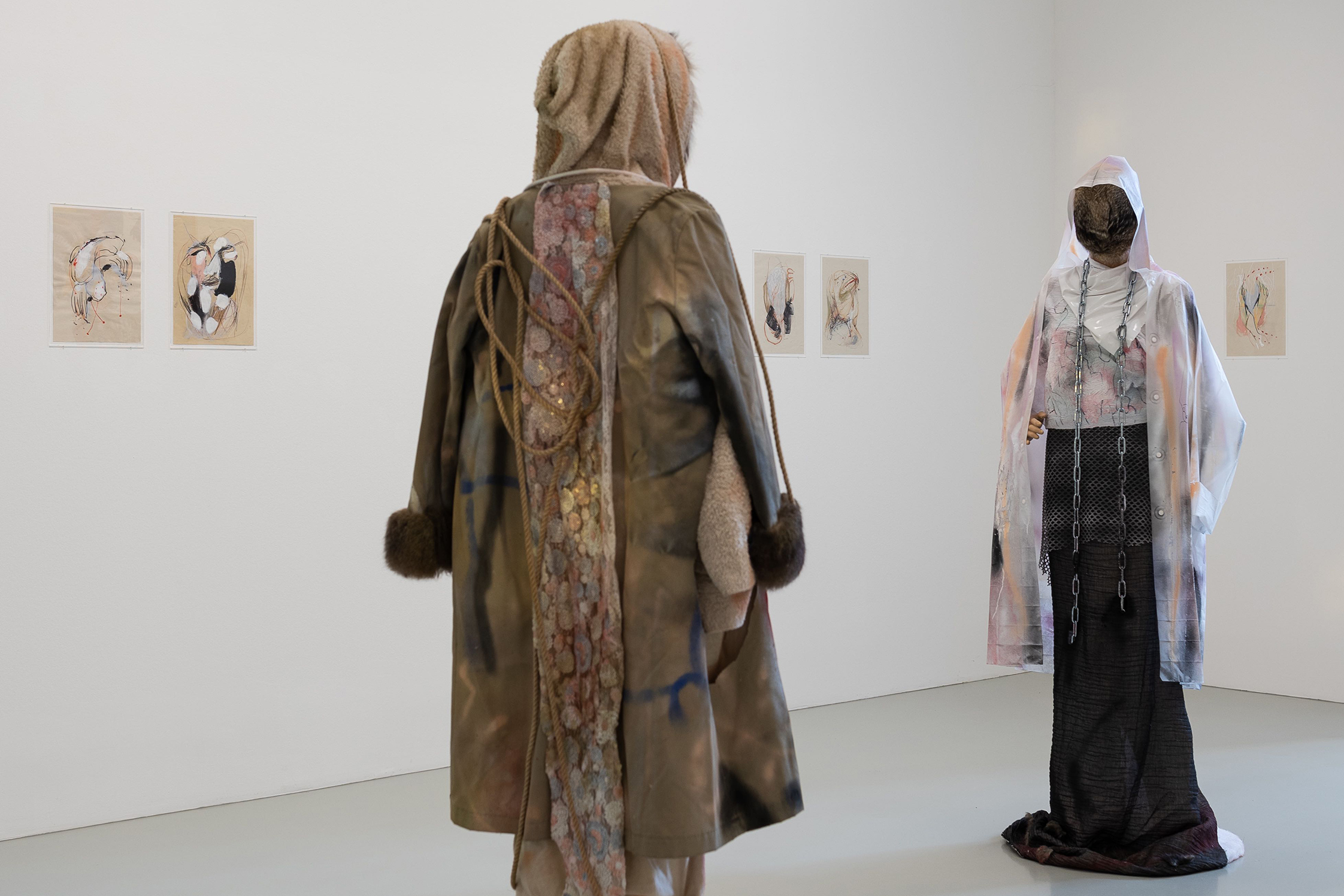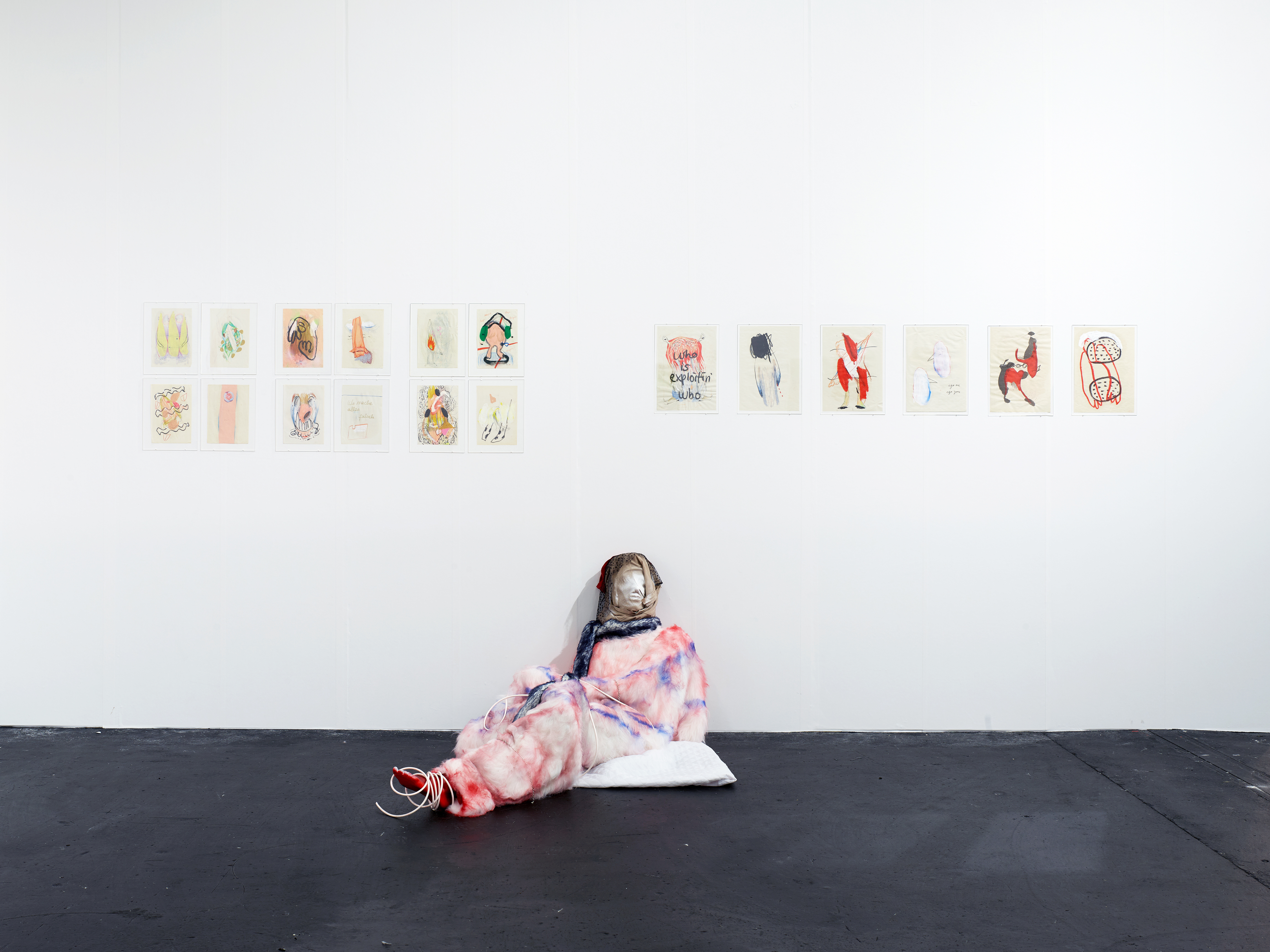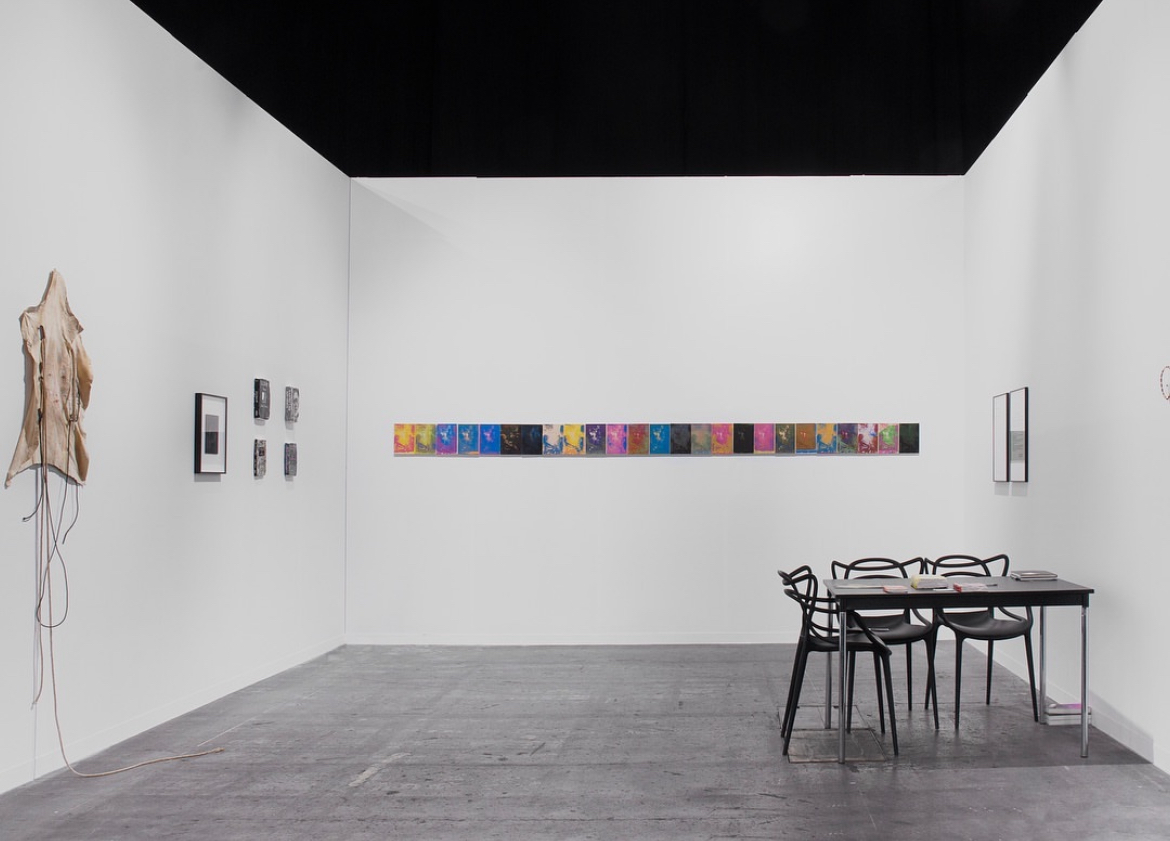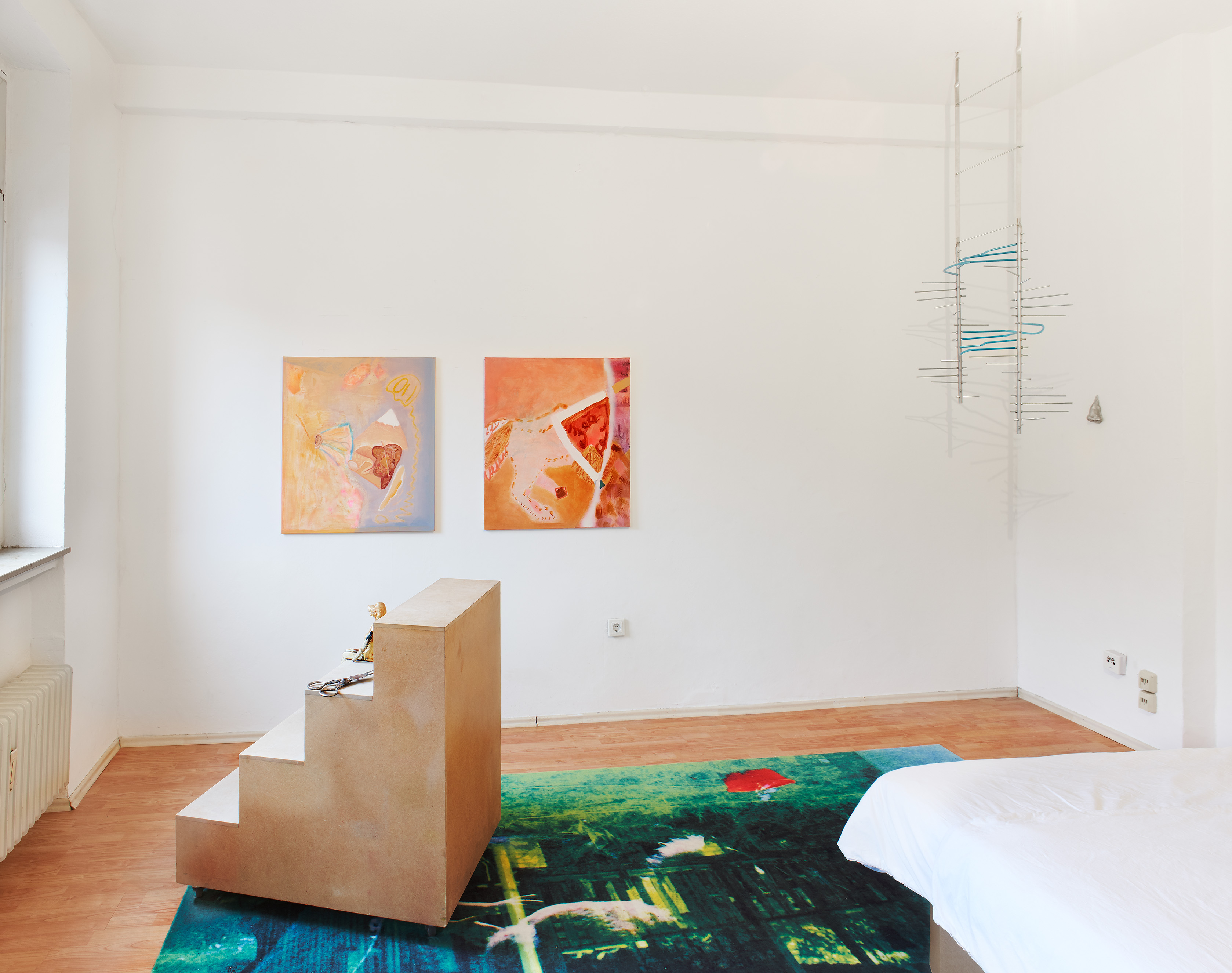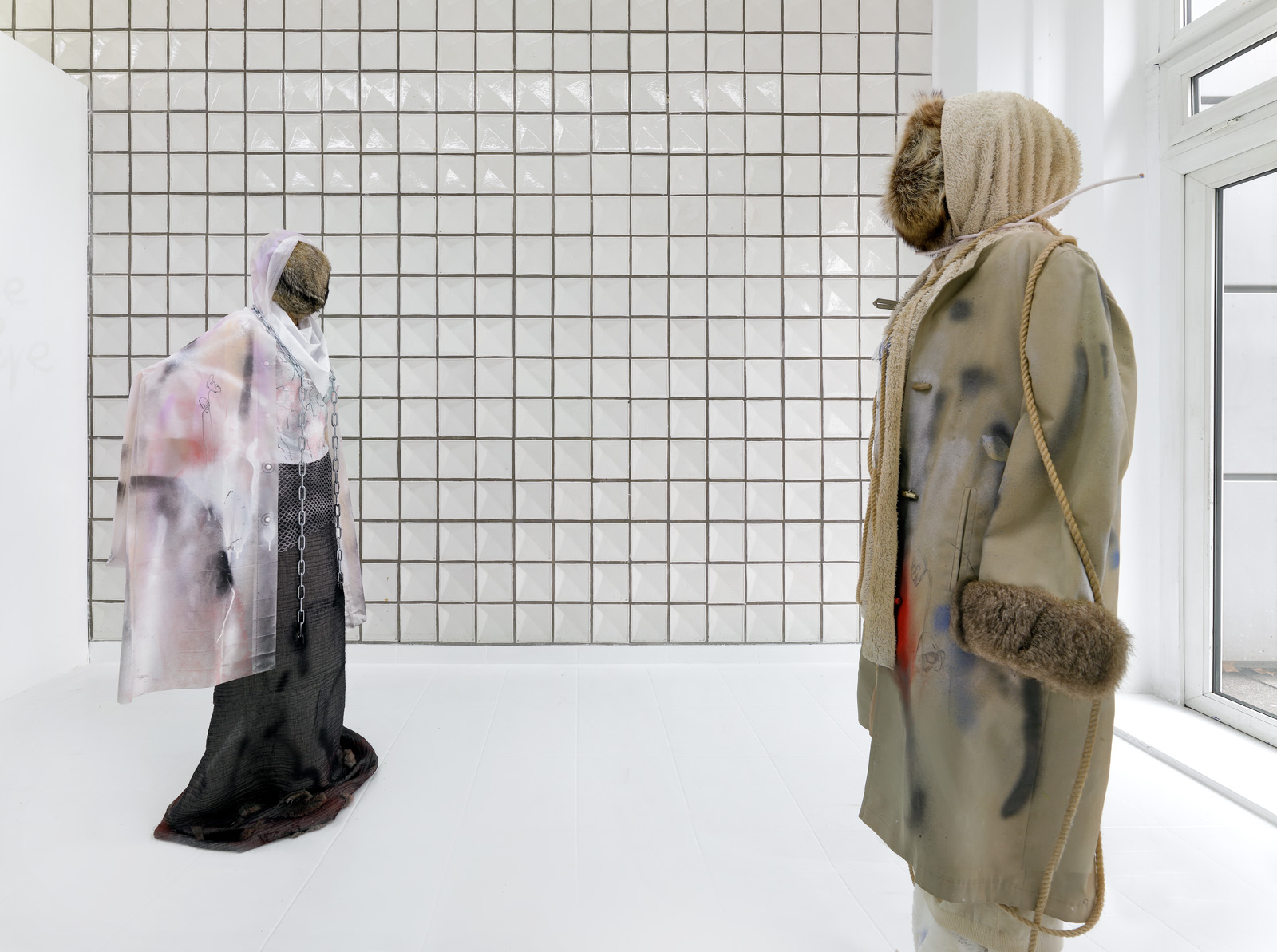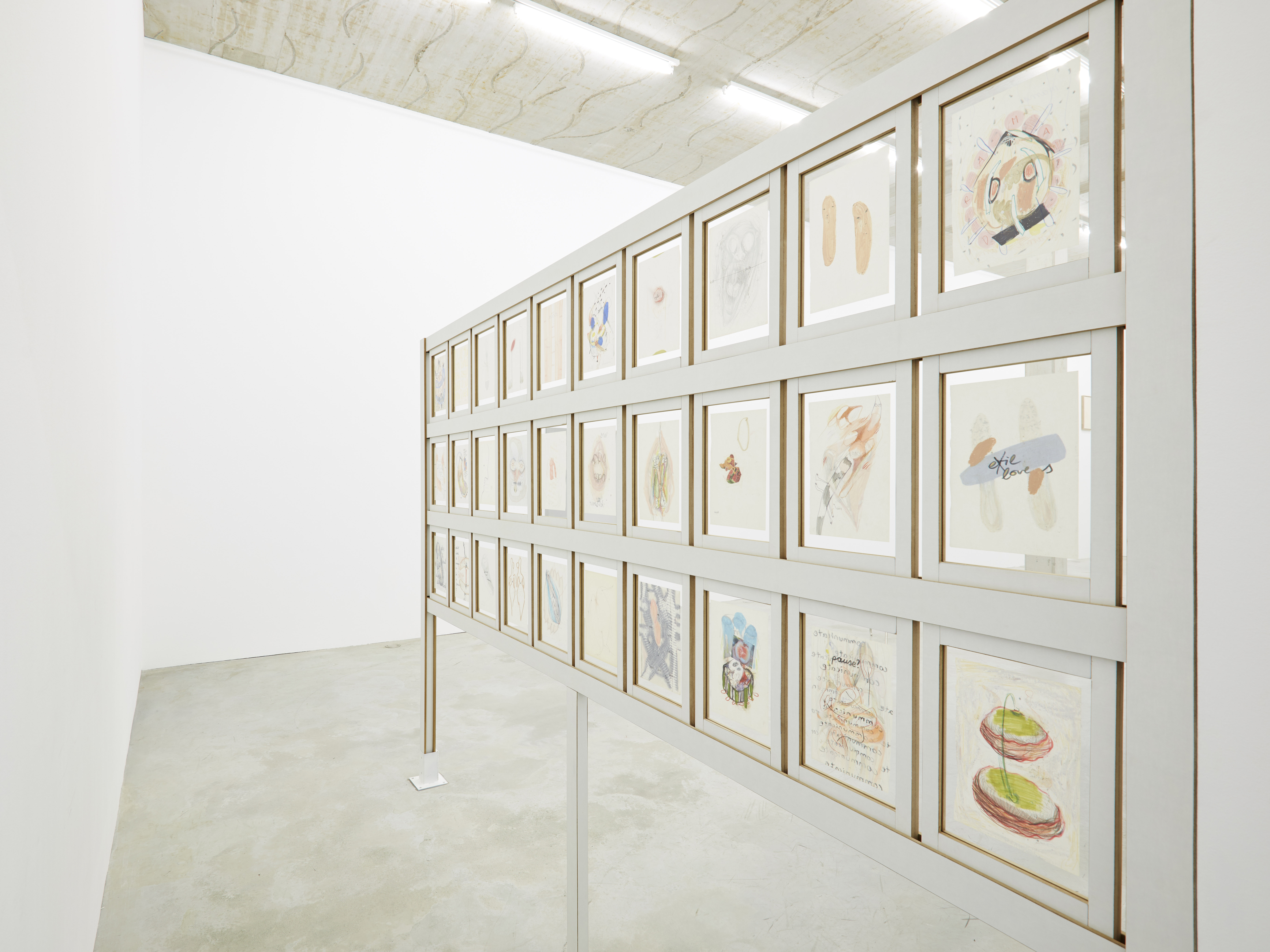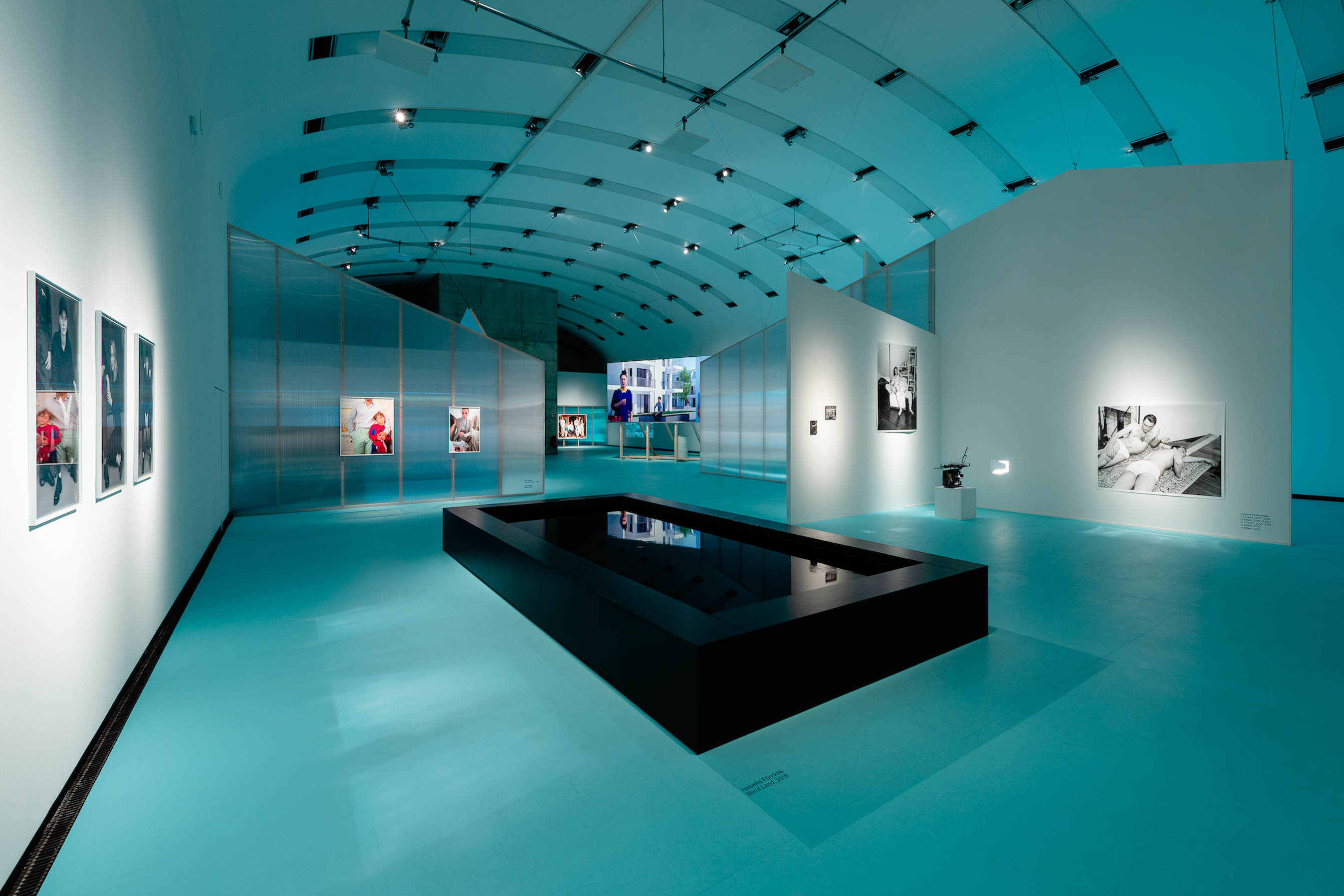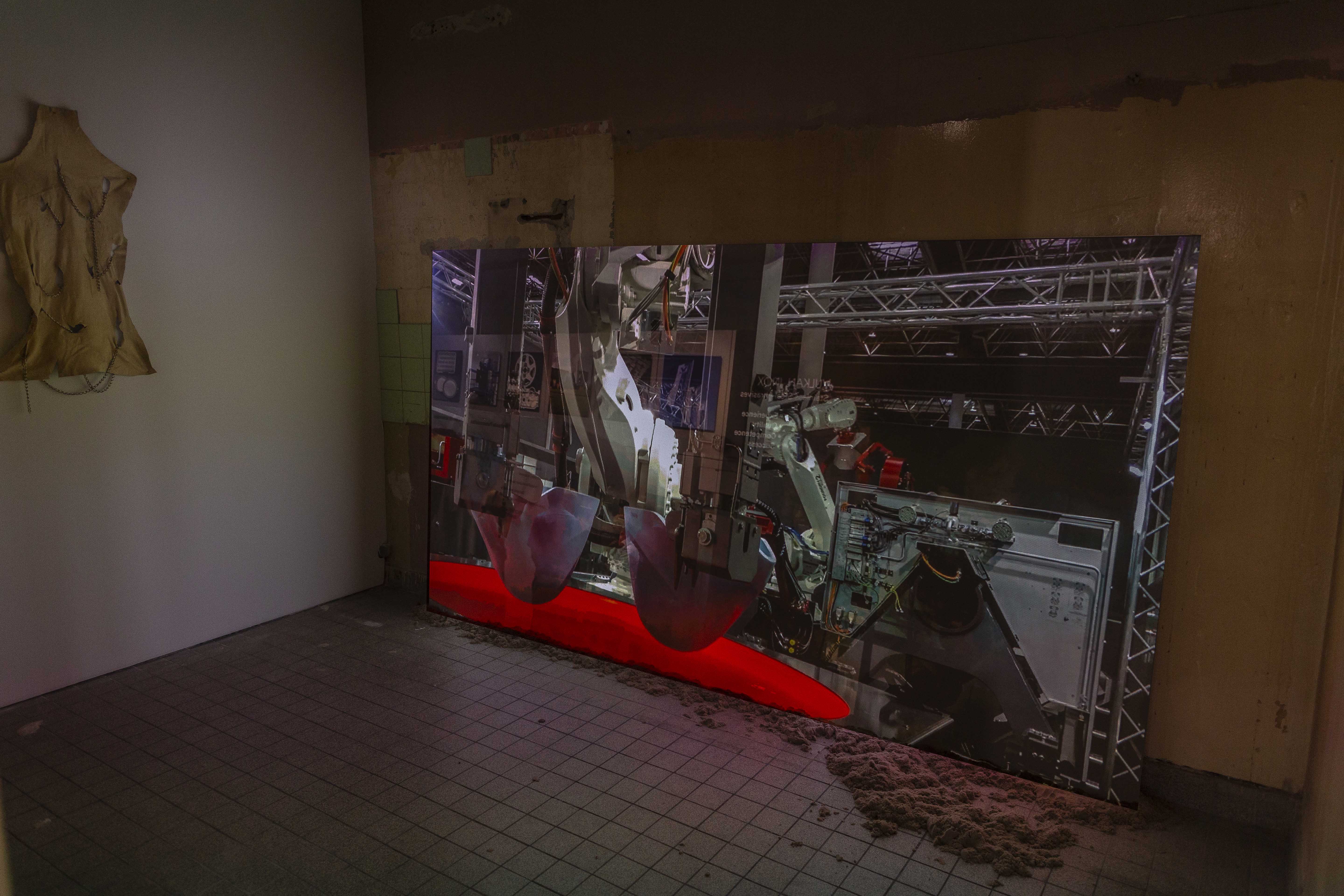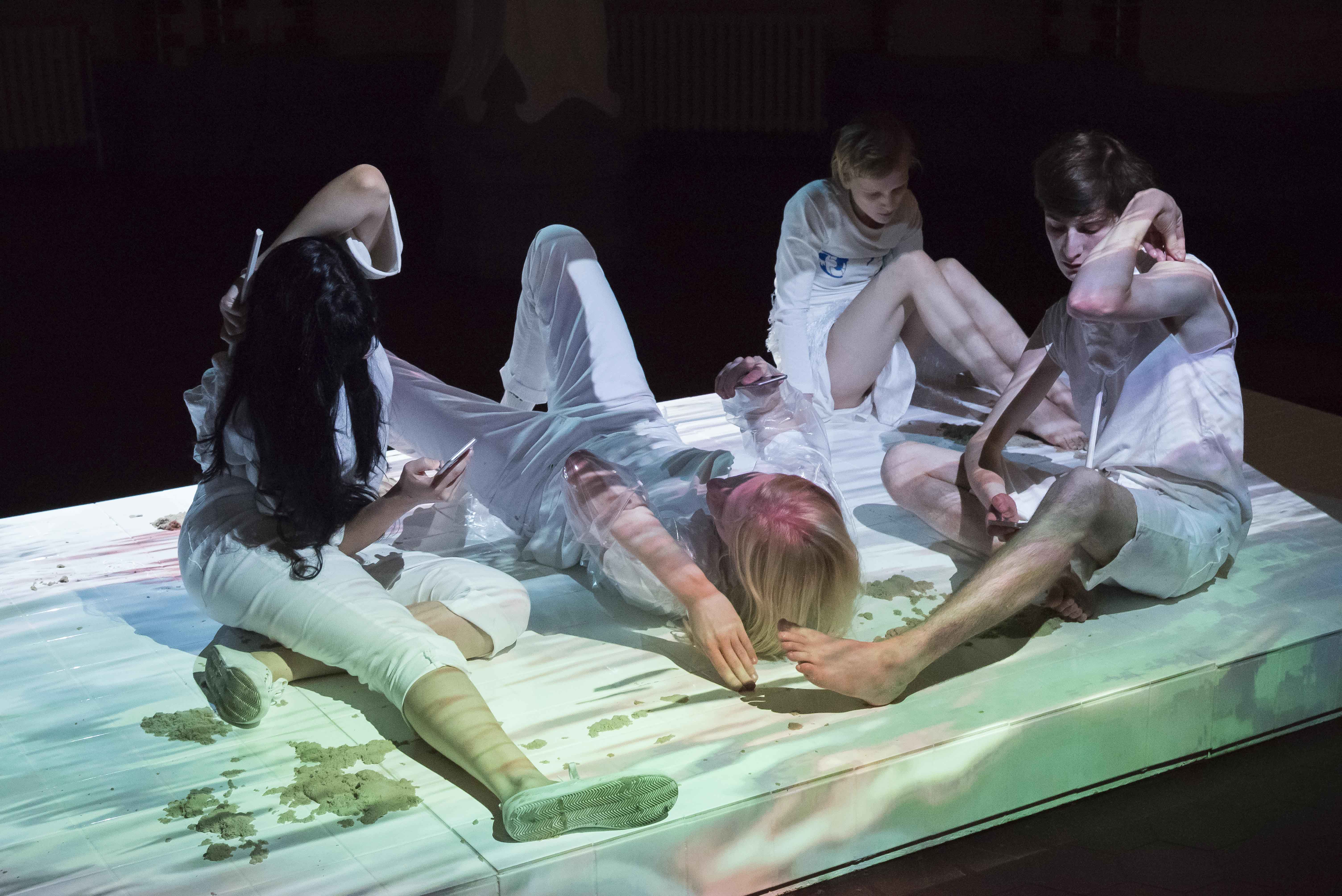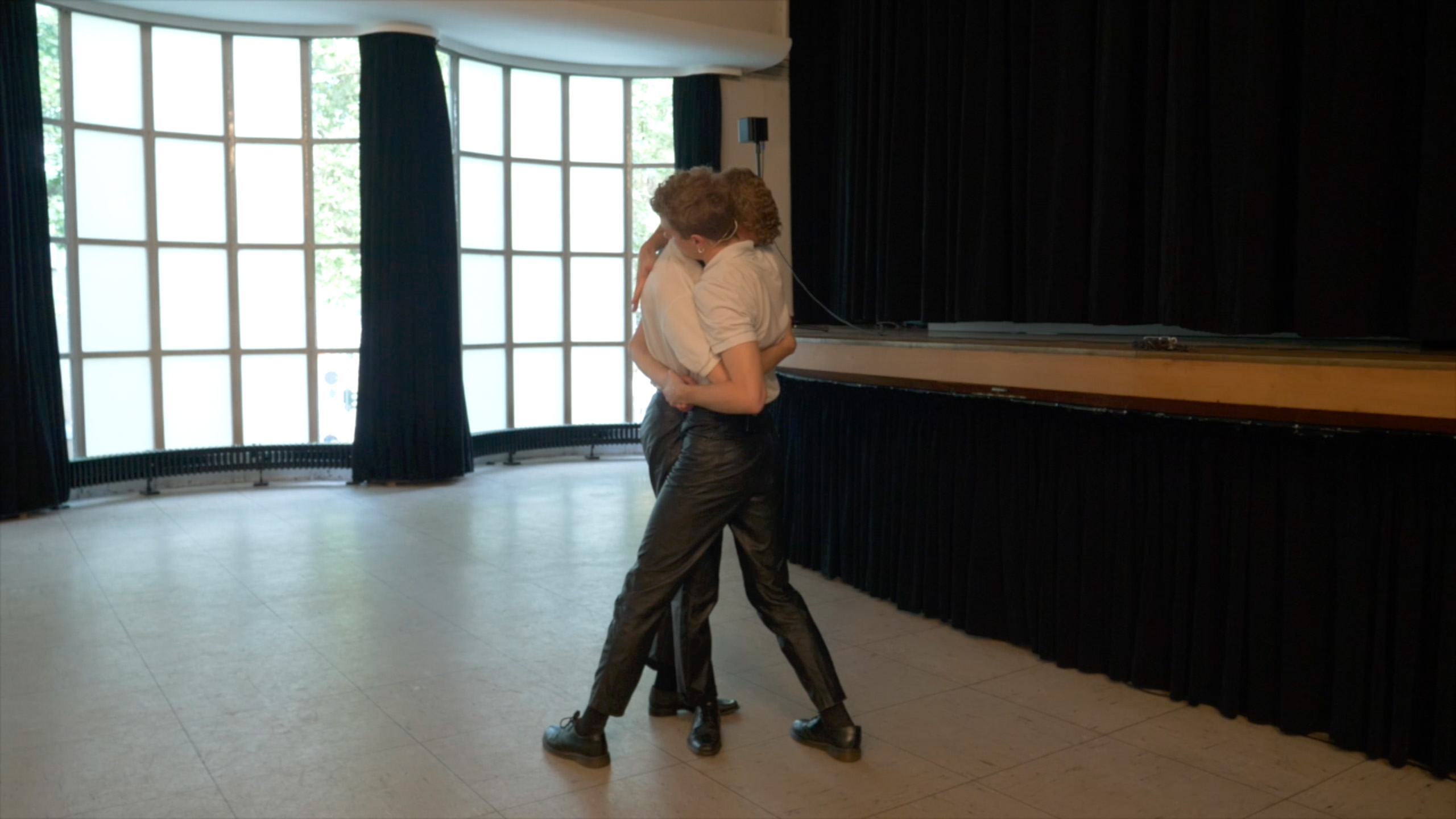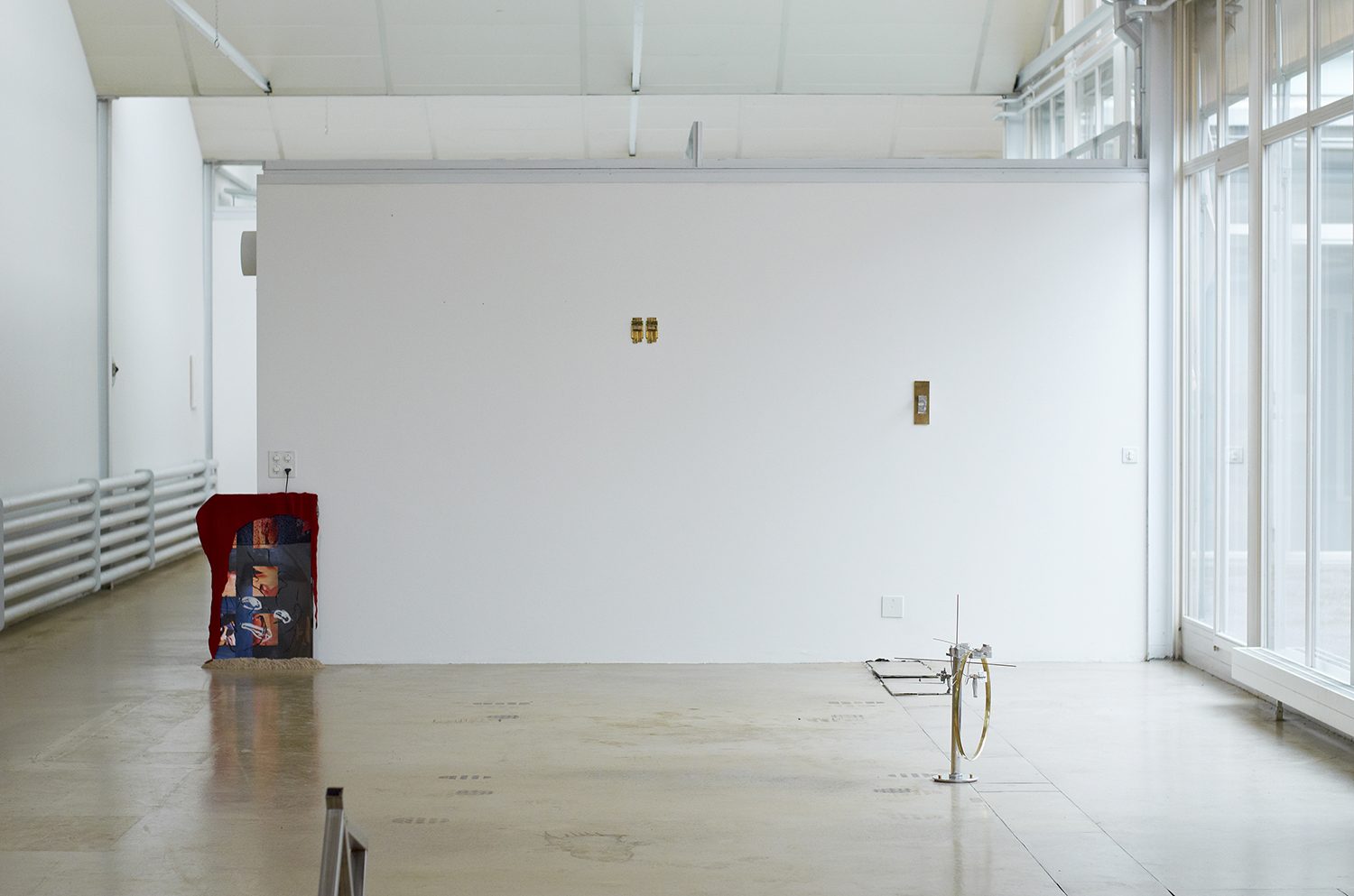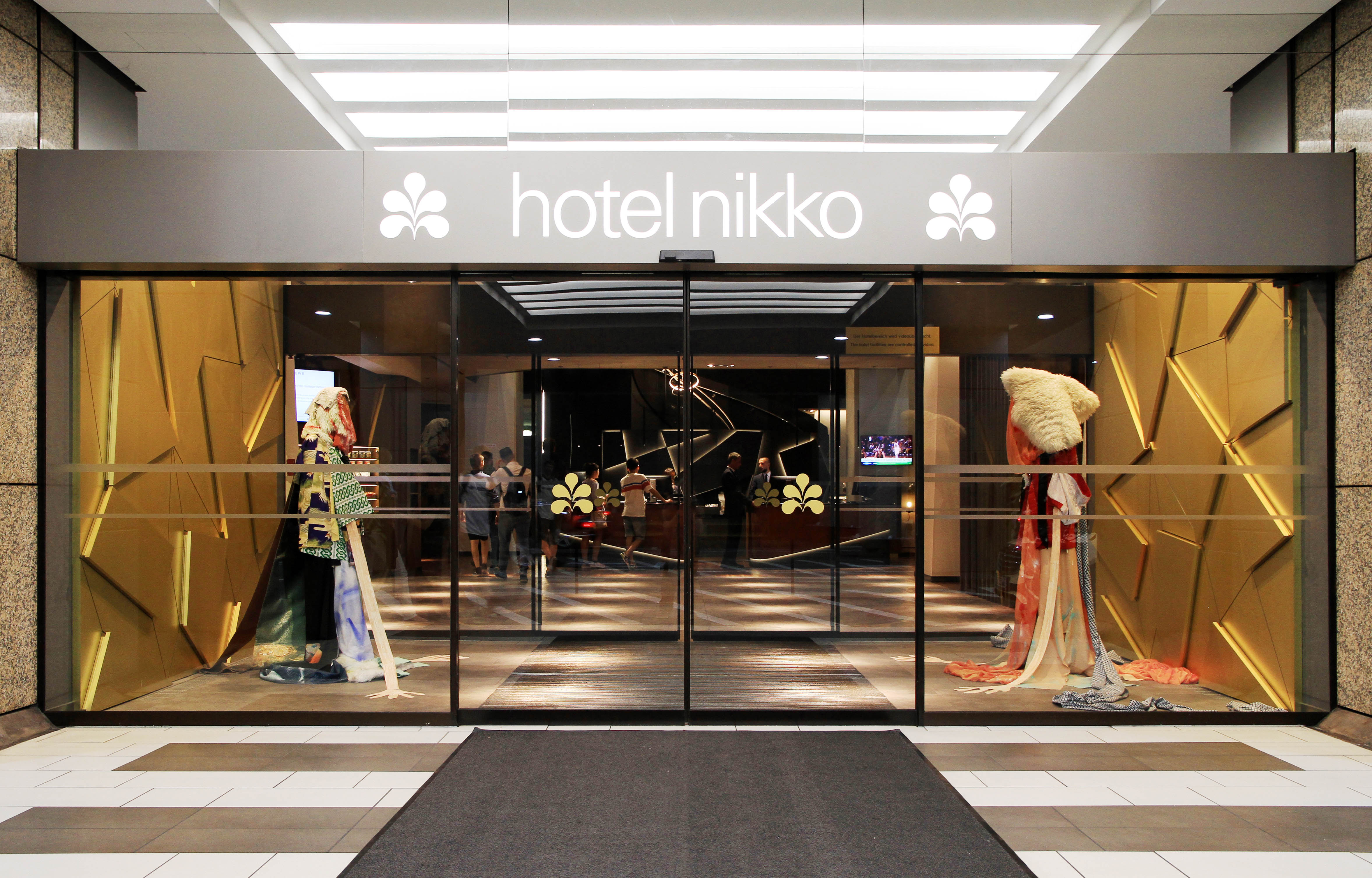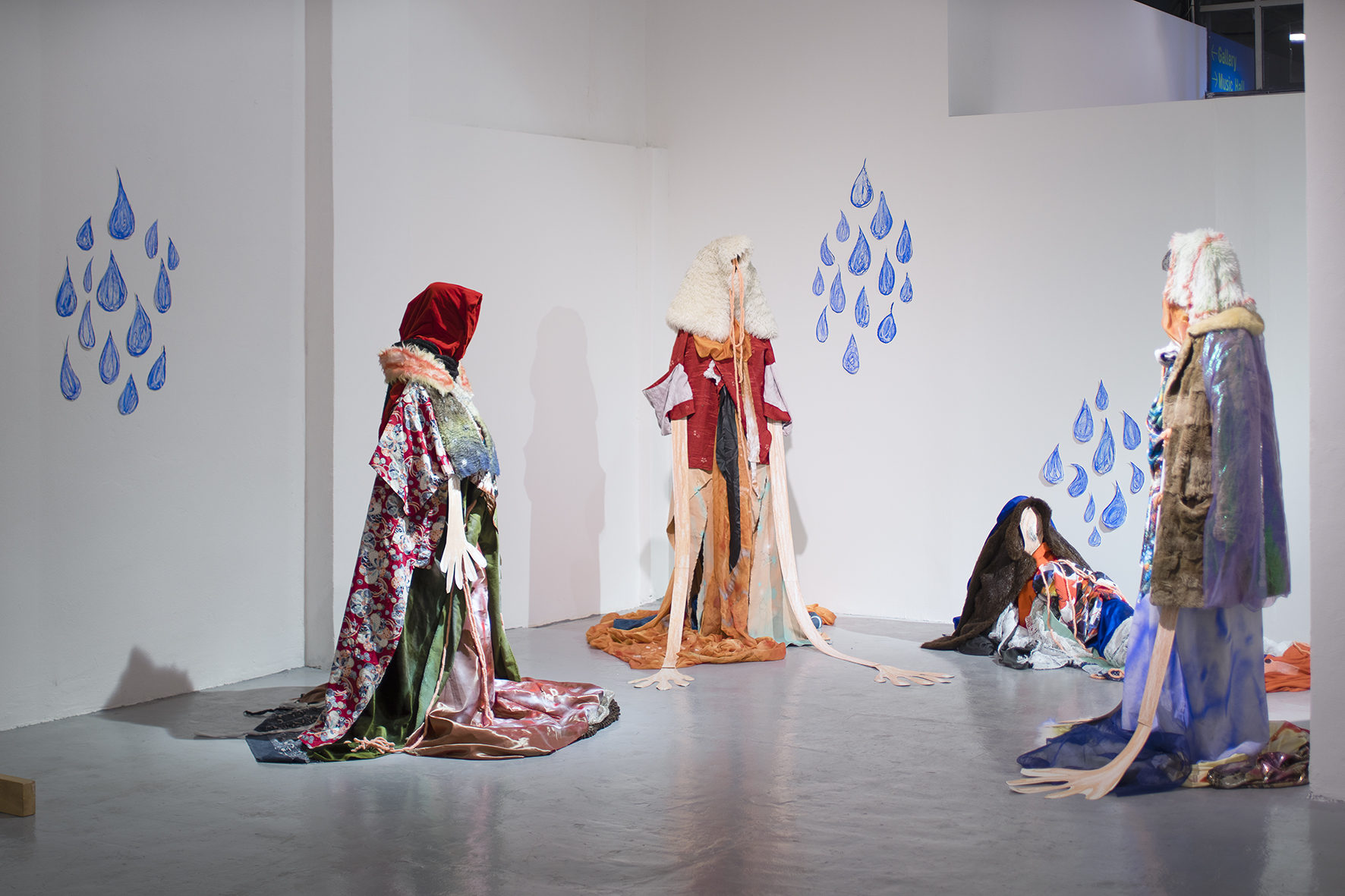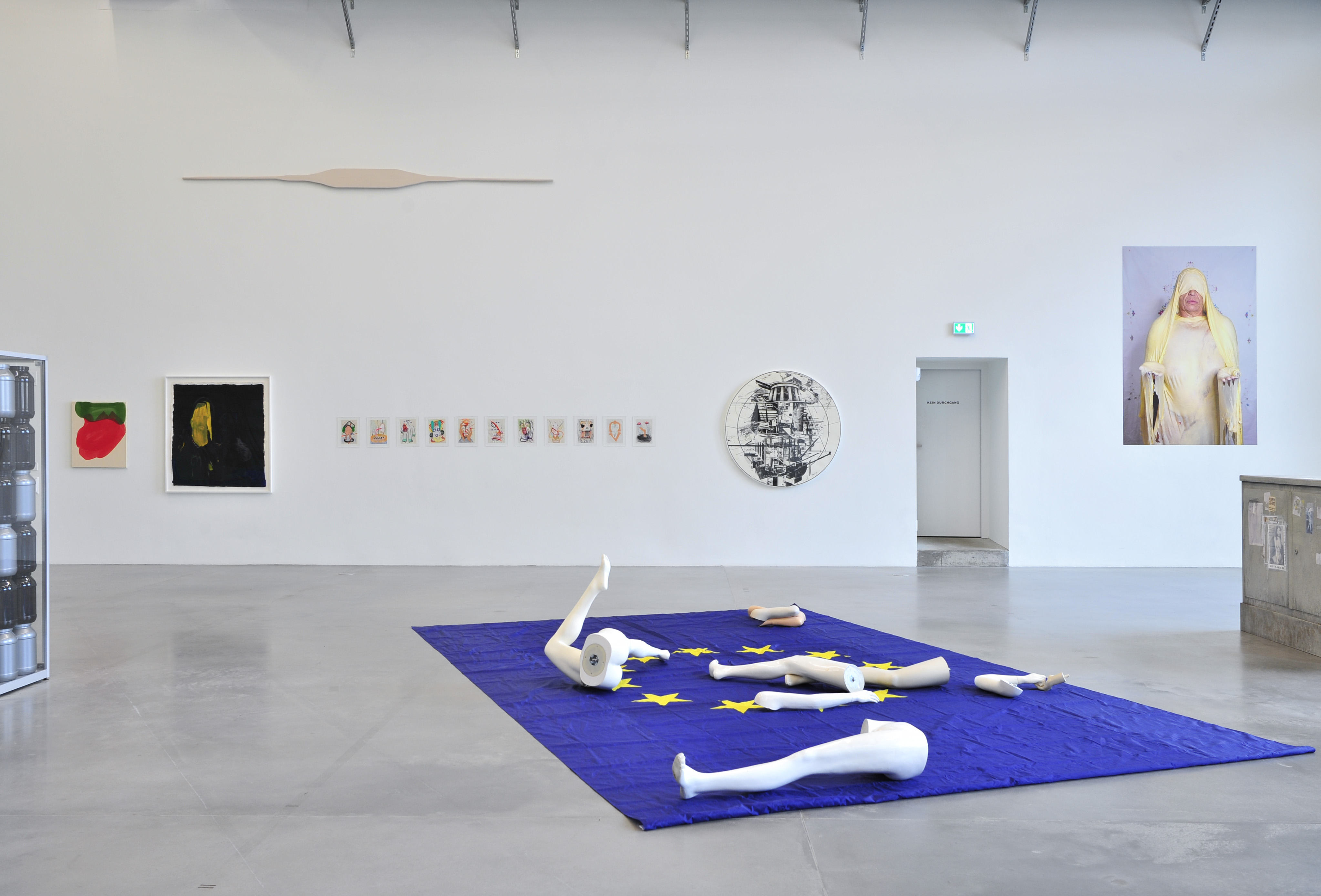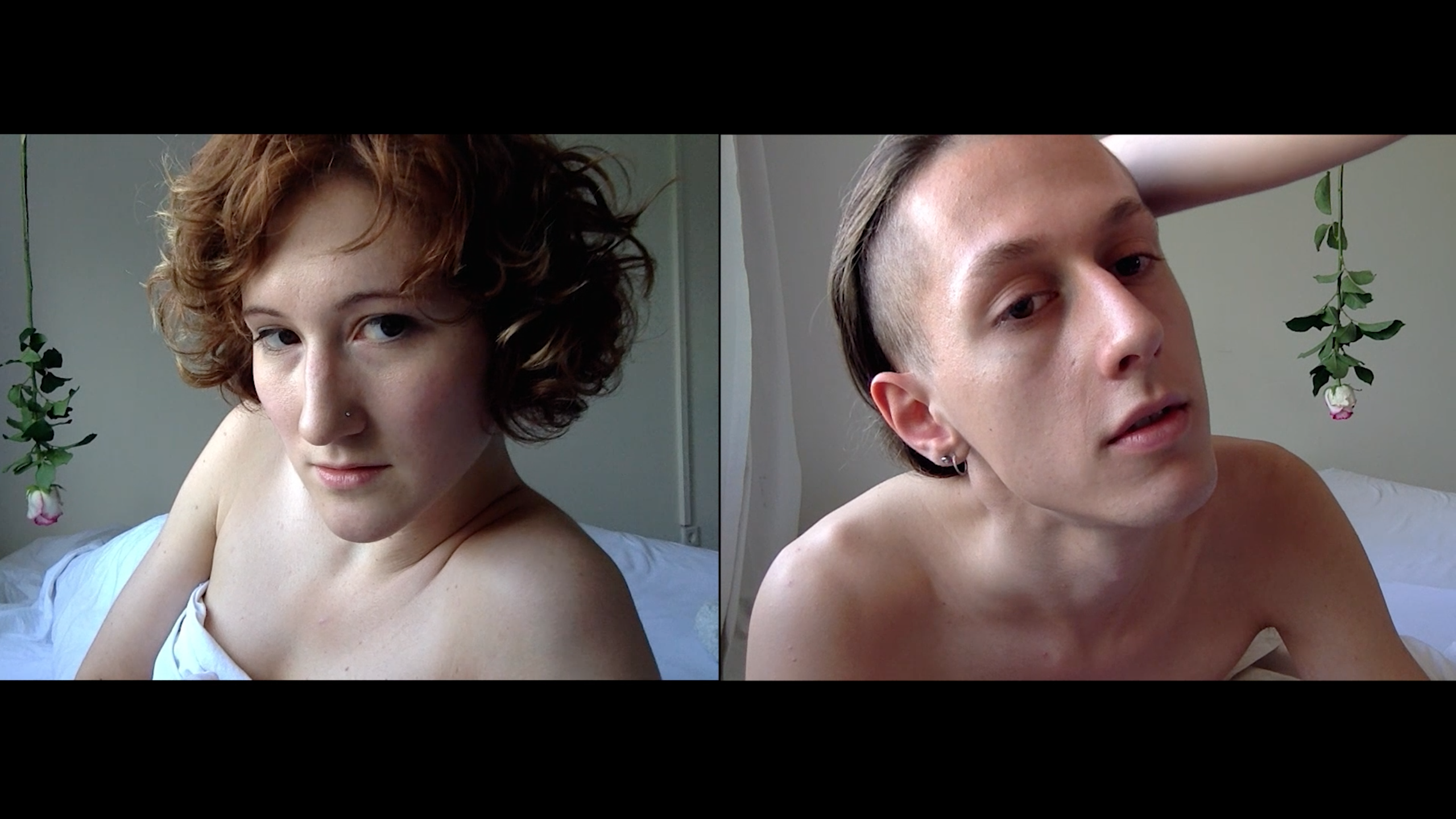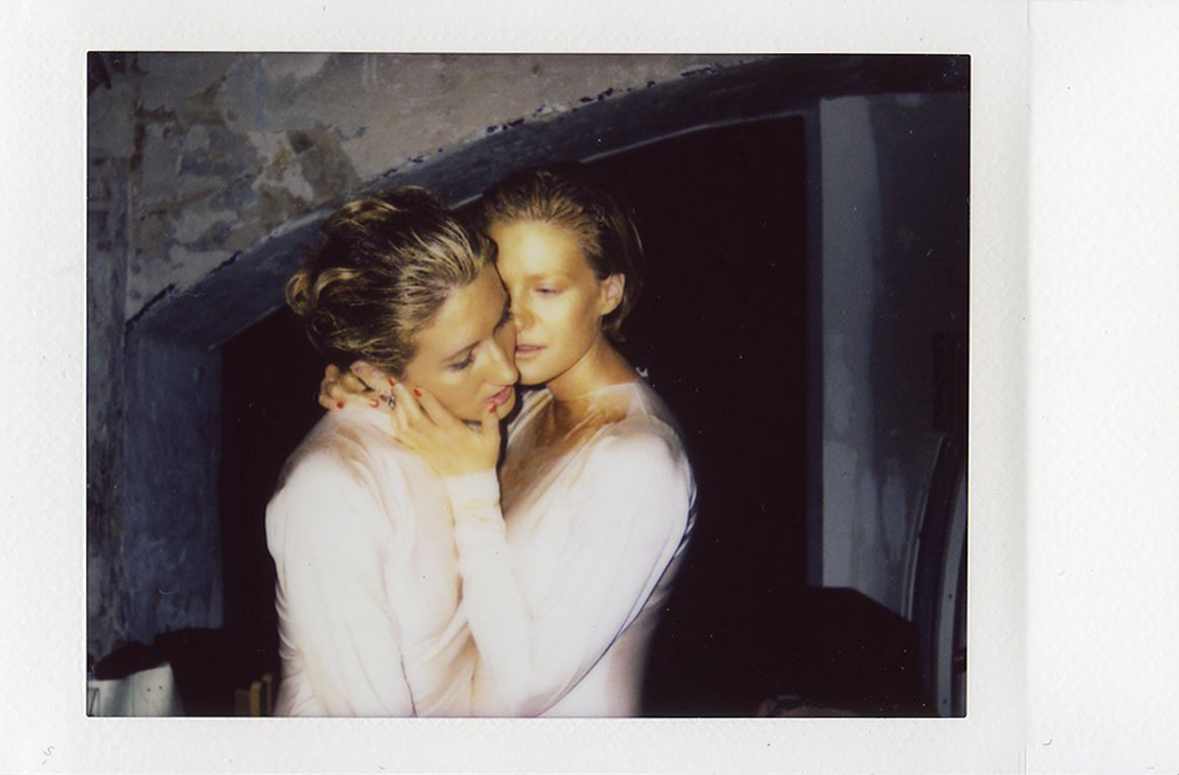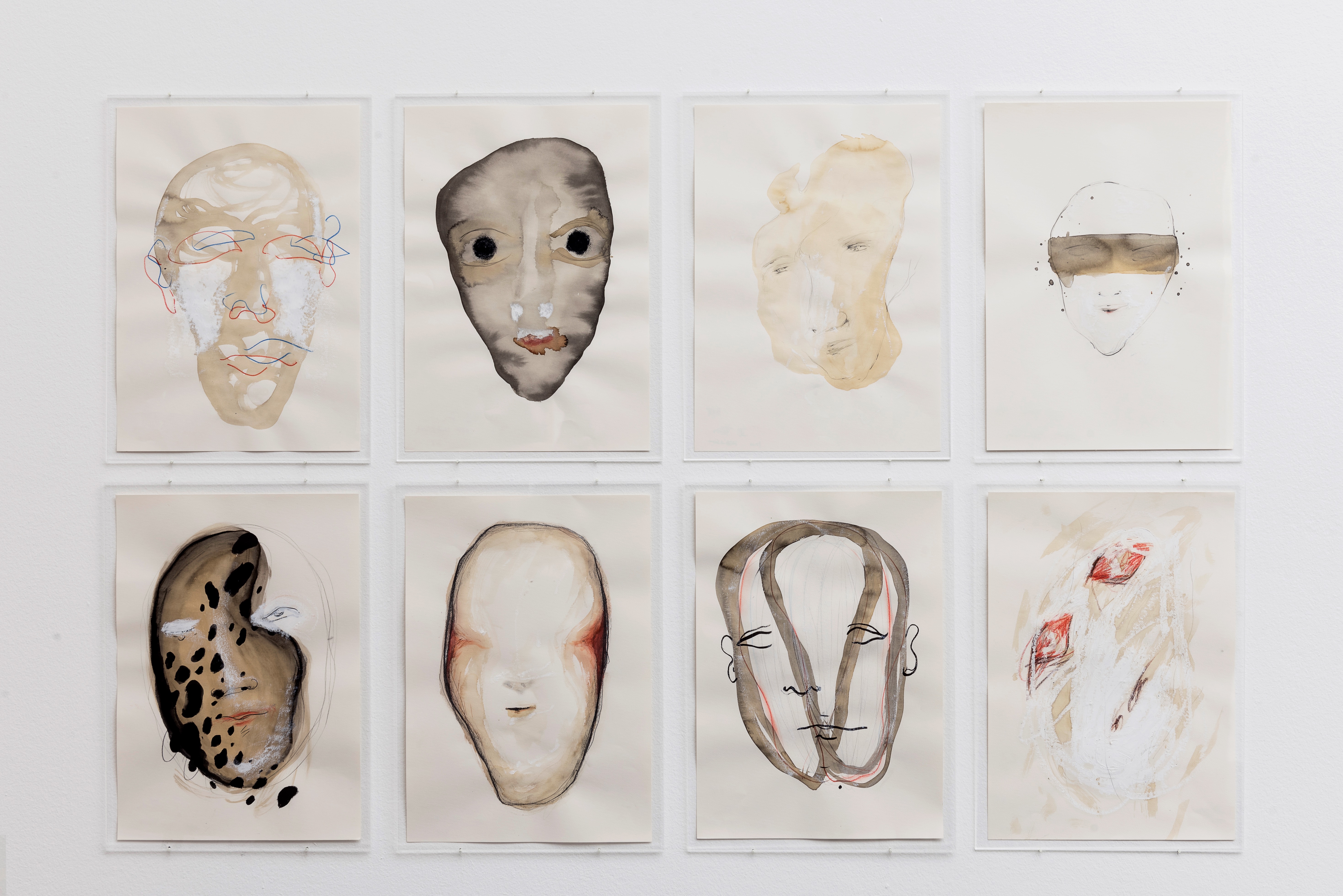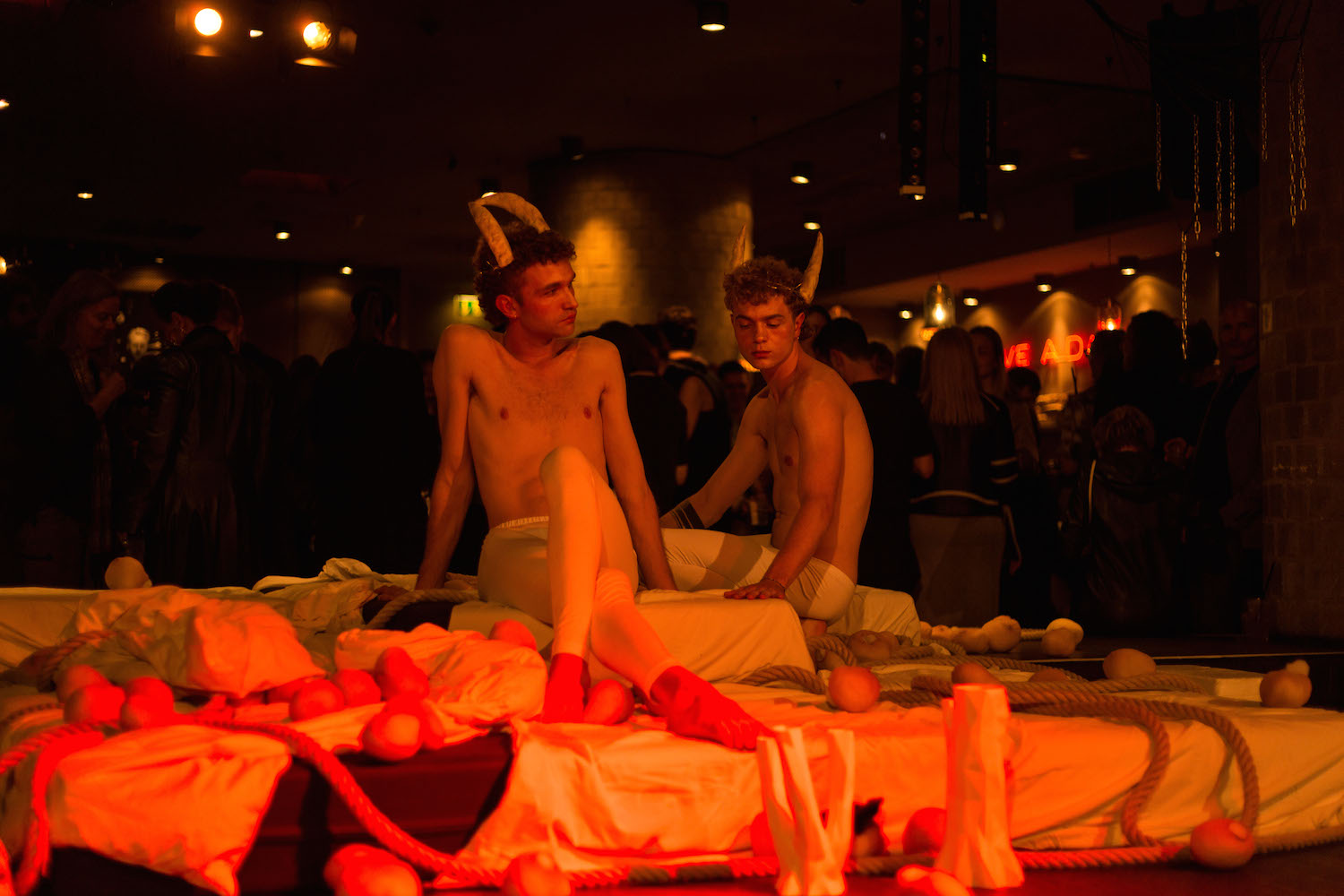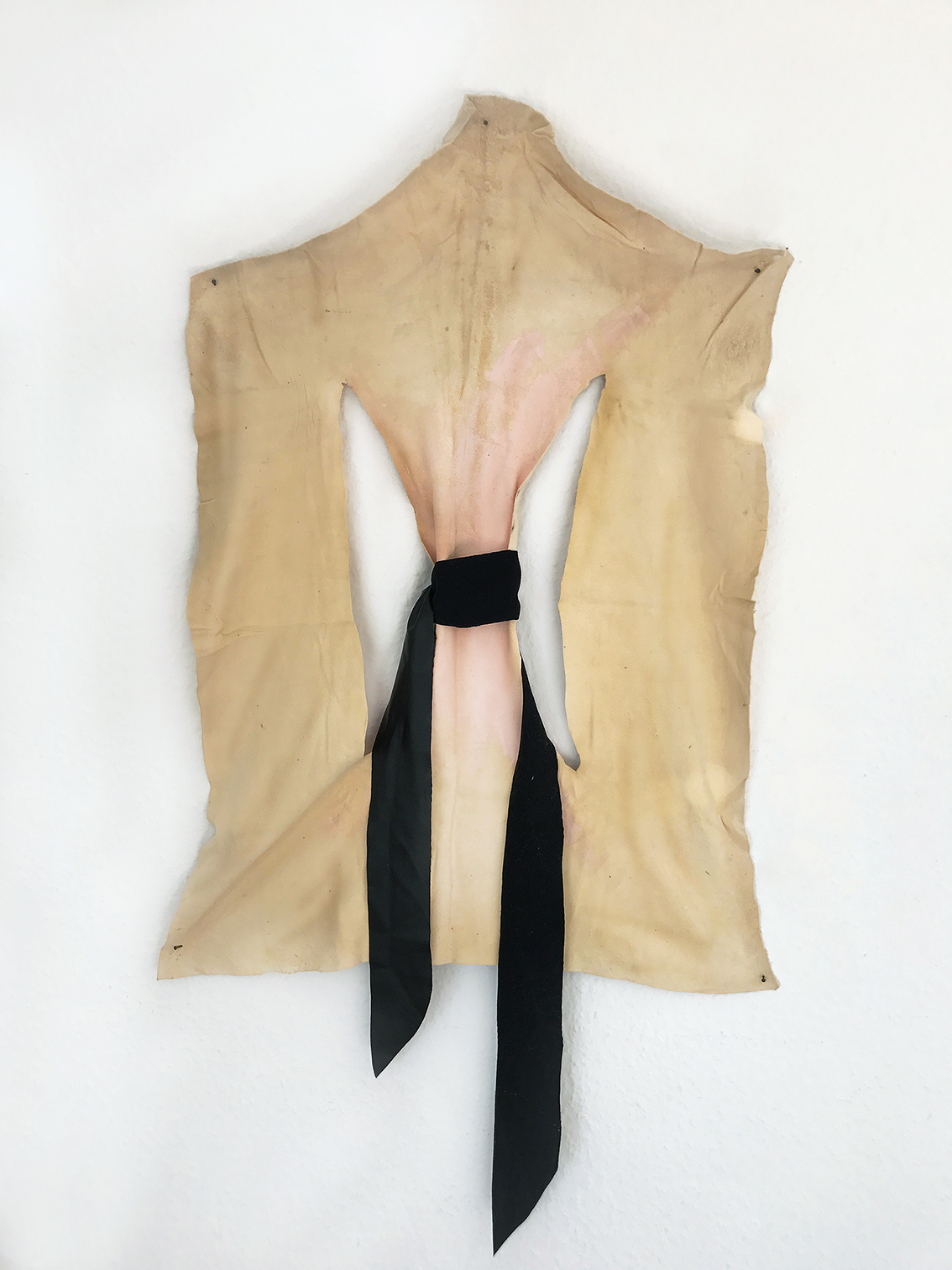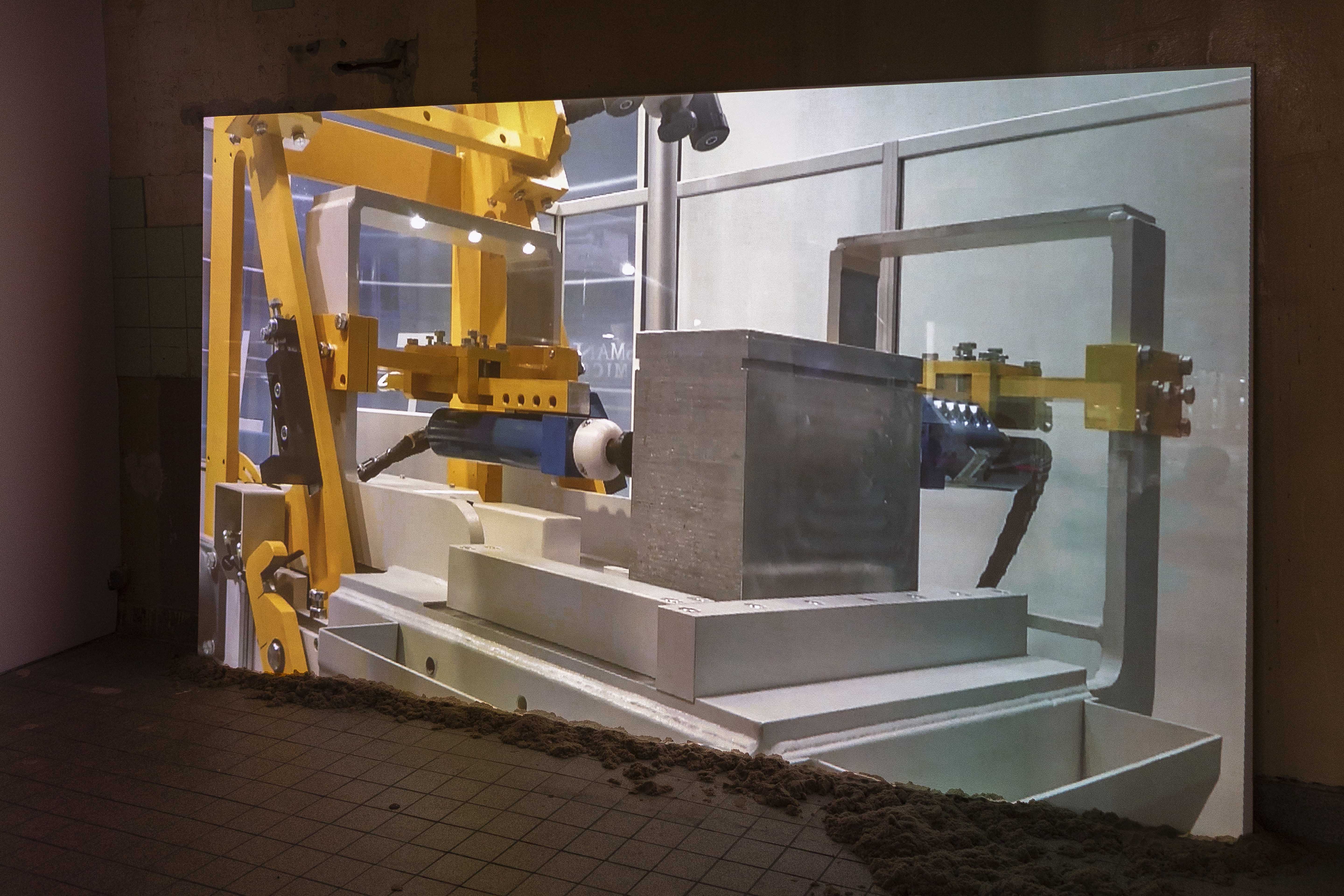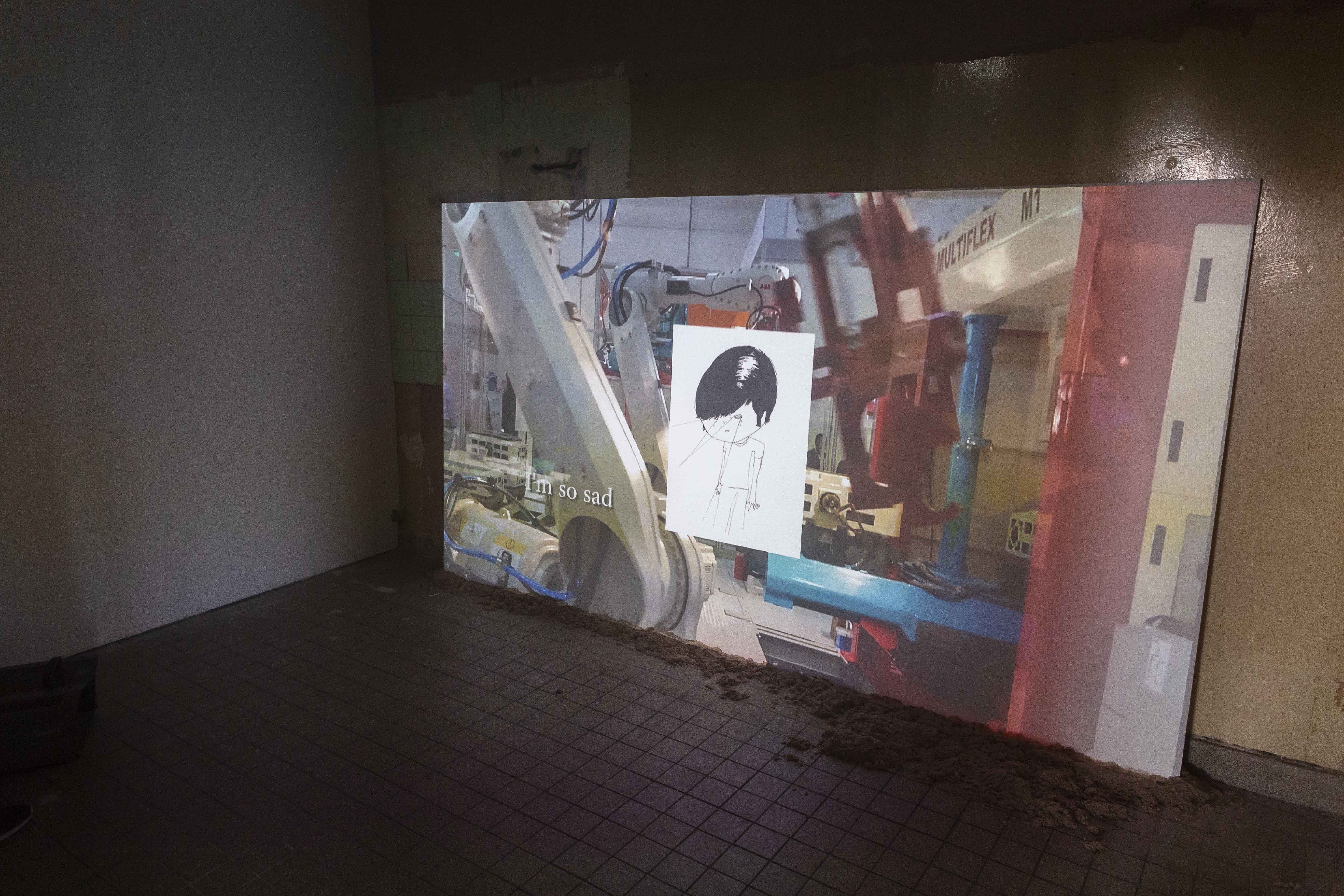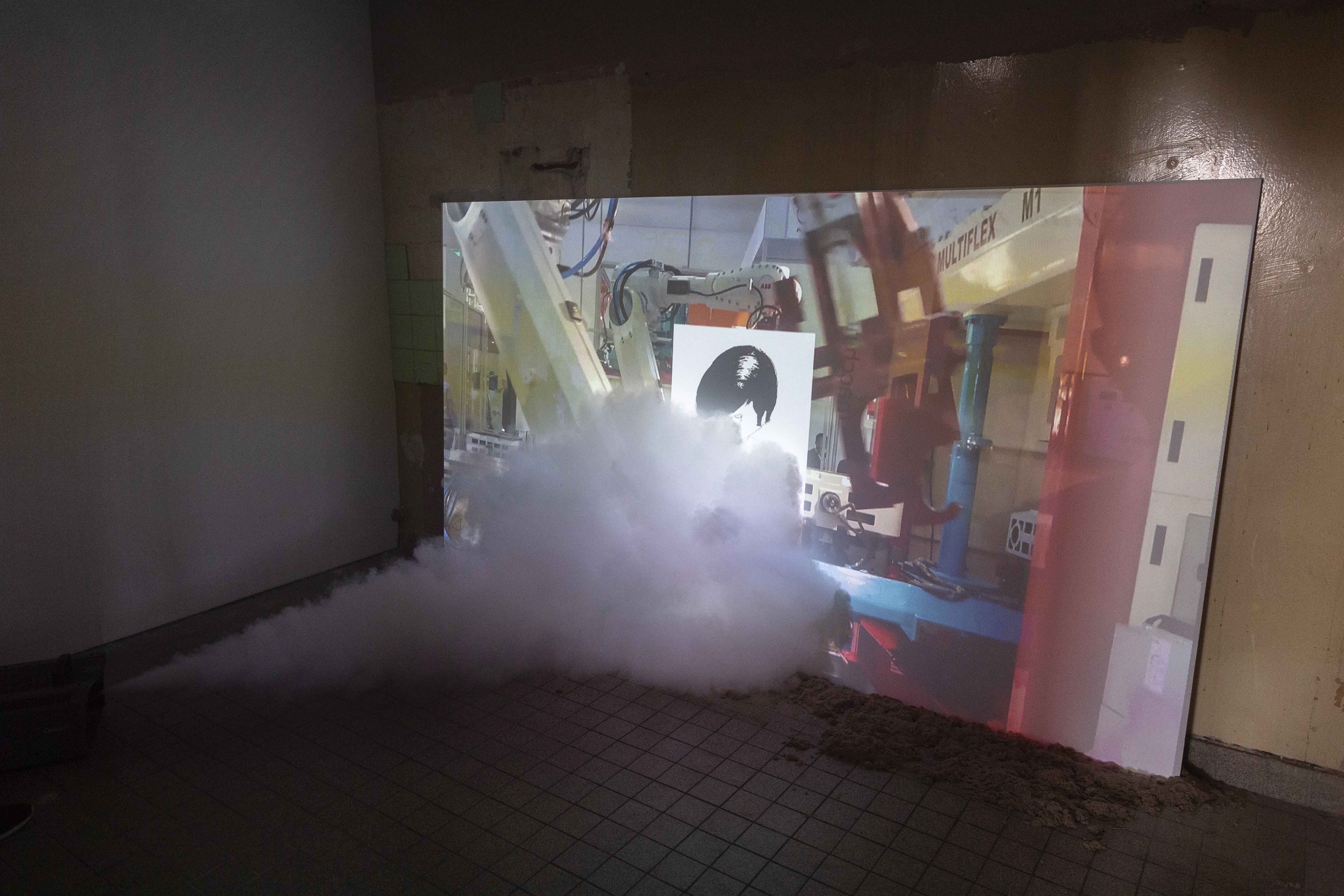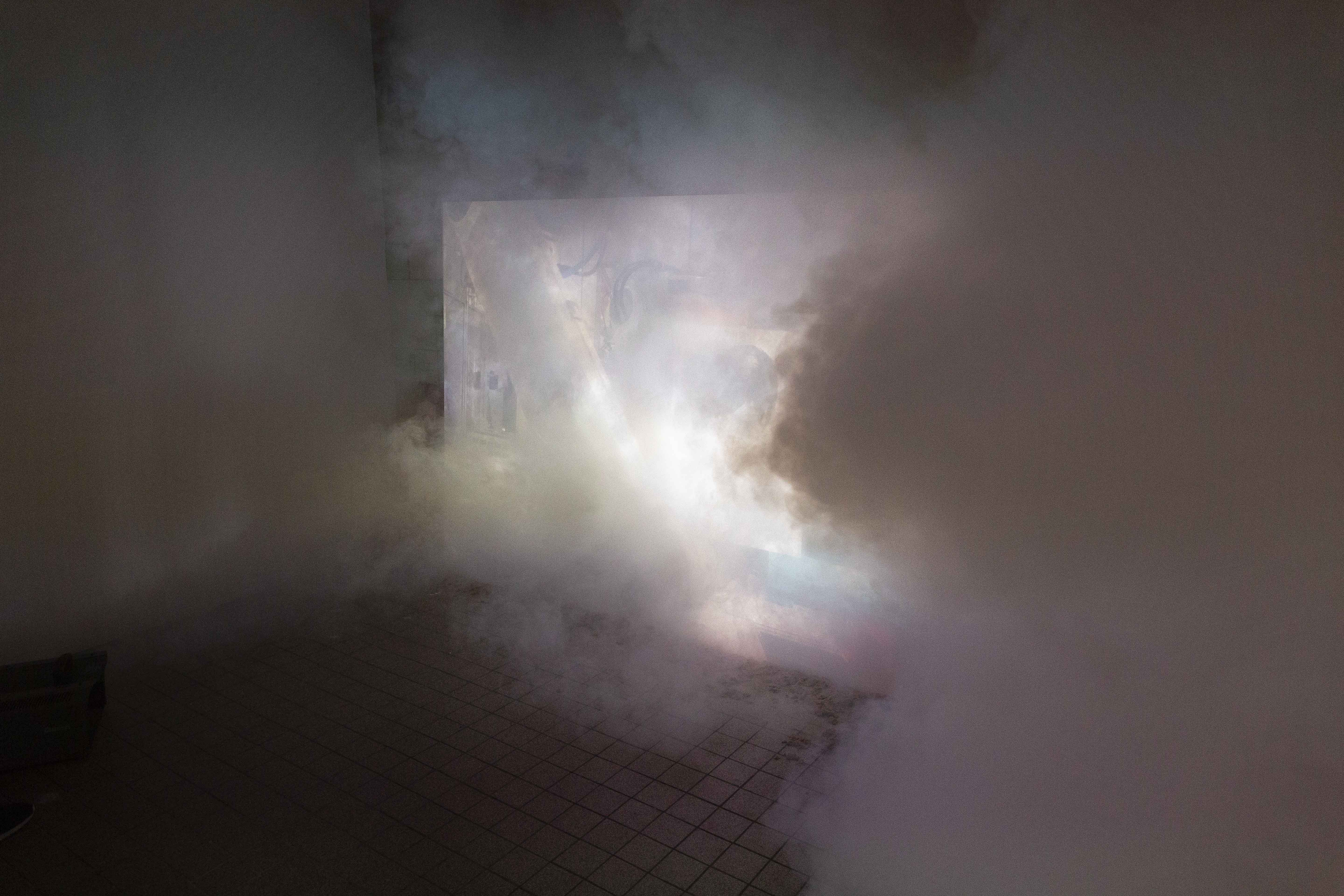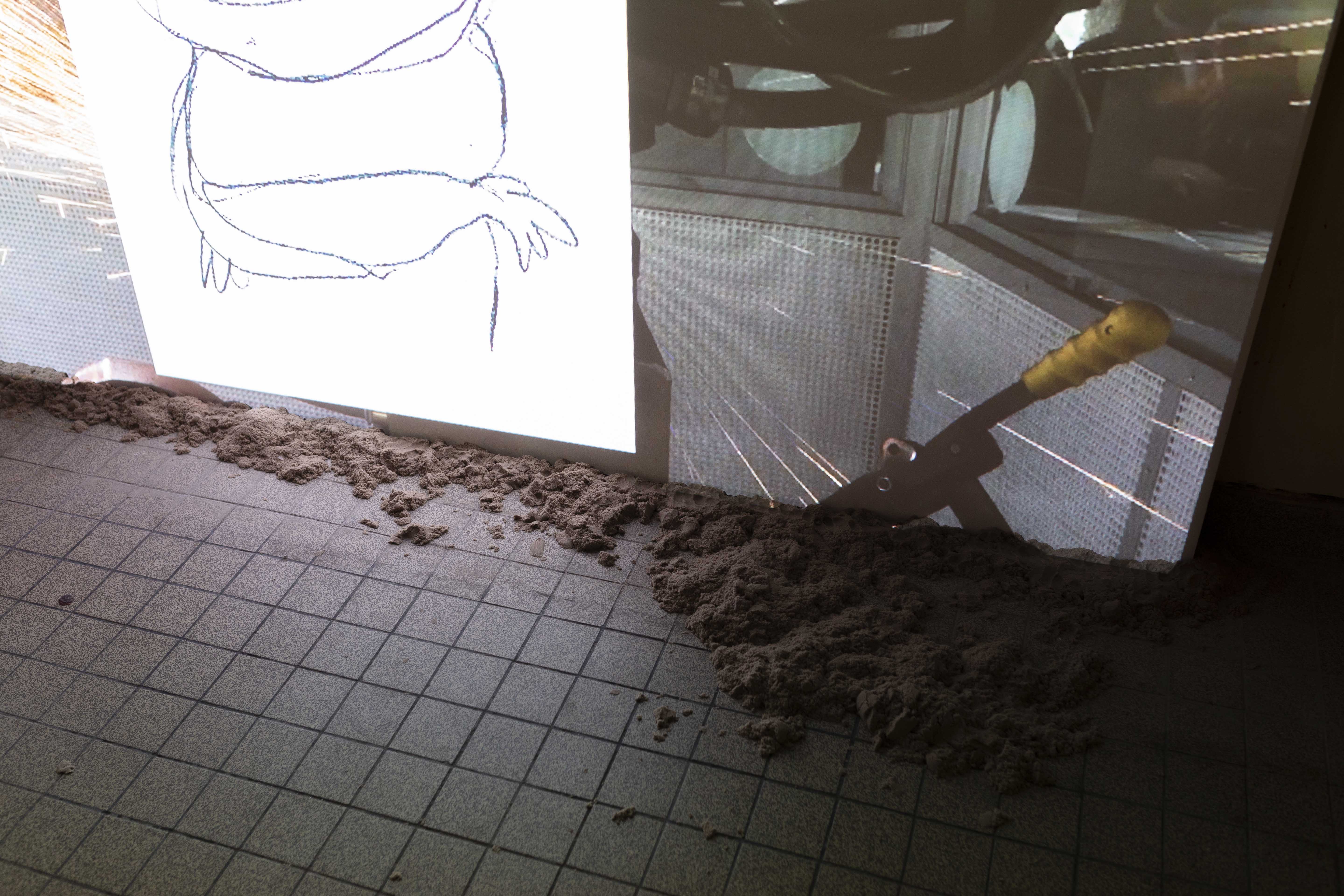Shows
The Way Things Run (Der Lauf der Dinge) Part III: Wage
Place: PS120, Berlin
Date: -
Artists: Julieta Aranda, Anna-Sophie Berger, Lou Cantor, Peter Fischli and David Weiss, Claire Fontaine, Isabella Fürnkäs, Mariana Hahn, Alicja Kwade, Fred Lonidier, Philip-Lorca di Corcia, Mickael Marman, Ahmet Ogut, Gina Proenza, Thilo F. Reich, Analia Saban, Katharina Sieverding, Eric Winkler, He Xiangyu
Curated by: Justin Polera & Jeppe Ugelvig
Works: In Ekklesia, Wounded
The current upswing of violent racist rioting in Chemnitz, Germany reveals a paradox at the heart of European labor politics today. Opposing the tradition of post-WWII German economic and social pragmatism – known for welcoming migrants as much-needed workers for the nation’s booming economy – Europe’s new right aims to reinforce national protectionism to exclude and demonize migrant workers. Yet, at the same time, these nationalist movements participate in systems of global trade and labor as consumers—systems that fundamentally rely on the free flow of bodies, materials, and commodities around the world. The reasons for this upswing are complex and manifold, but in our globalized 21st-century society – where post-Fordist production and technological automation are increasingly the norm – the pressing question of neo-fascism is ultimately also always a question of labor.
Responding to the contemporary economic, political, and technological moment in Germany and beyond, the third and final iteration of The Way Things Run investigates art’s ability to speculate on labor politics. Entitled Wage, the exhibition explores how artworks – be they images, objects, or immaterial experiences – may effectively narrate histories of labor, informed and shaped by social and geopolitical factors across local, regional, or national contexts. From the maquiladoras of Northern Mexico (the industrial production facilities developed in the wake of the NAFTA Act of 1994) to the streets of Hollywood (where individuals sell their bodies to both physical and pictorial consumption to make ends meet), the exhibition presents documents, archives, and testaments of labor in order to discuss its remuneration, exploitation, and technological change.
The definition of labor and work has historically been fickle, a condition only accentuated in the context of art, which relies on a variety of human activities measured in ever-changing ways. Art can be defined as the laboring of ideas, objects, bodies, and materials both for and not for economic ends. It is a pastime, an aesthetic activity, a day job, and an industrial form of production – depending on where you are and what you’re looking at. As exemplified by the rise of post-Fordist labor, which prioritizes idea-generation as a form of capitalist production, art has and continues to prototype work in both direct and indirect ways. As capitalist society’s prime producer of symbolic value, the complex concept and industry of “art” is furthermore embroiled in a range of deeply problematic labor processes, unfolding as art is made, displayed, exchanged, and speculated upon.
Even so, and at the same time, art – as a powerful cultural activity – can effectively move resources and labor, exposing or undoing production systems, including its own, either temporarily or permanently. The exhibition wishes to critically examine the efficacy – or failure – of this kind of interventionist “labor-art,” and discuss whether it is art’s obligation to address and even change its own material conditions of production.
In various ways, the artists included in Wage work to represent labor through its material manifestation: A wheelbarrow modeled on the ancient draft animal, the ox; a uniform, a state-sanctioned sartorial object indicating a worker rather than an individual; an invoice template from a German jewelry factory that closed following the inclusion of the former Eastern Bloc into the European Union; prints made from human hair extensions imported from China and sold as luxury commodities on the Western market. These disparate “things” work to visualize the many practices we may understand as labor, exposing its systems or making them tangible through allegory, myth, and storytelling.
When studied, all commodities – art included – possess stories of their making: the hands and machines that labored on them, exchanged them, and survived from them – as well as those who didn’t, those who died, or were forgotten. In an attempt to discuss the essential political importance of work and its effects on bodies, places, institutions, and societies – particularly in this dire political moment – Wage ultimately insists on the work of art as a critical and viable space for such a discussion. It expands or subverts its function while acknowledging its inherent implication in value generation.
Ultimately, it is exactly art’s abstract, multi-layered, and shifting relationship to labor, work, and value-generation that makes it an ideal – if complicated—space to discuss these urgent issues.
- Text by Jeppe Ugelvig
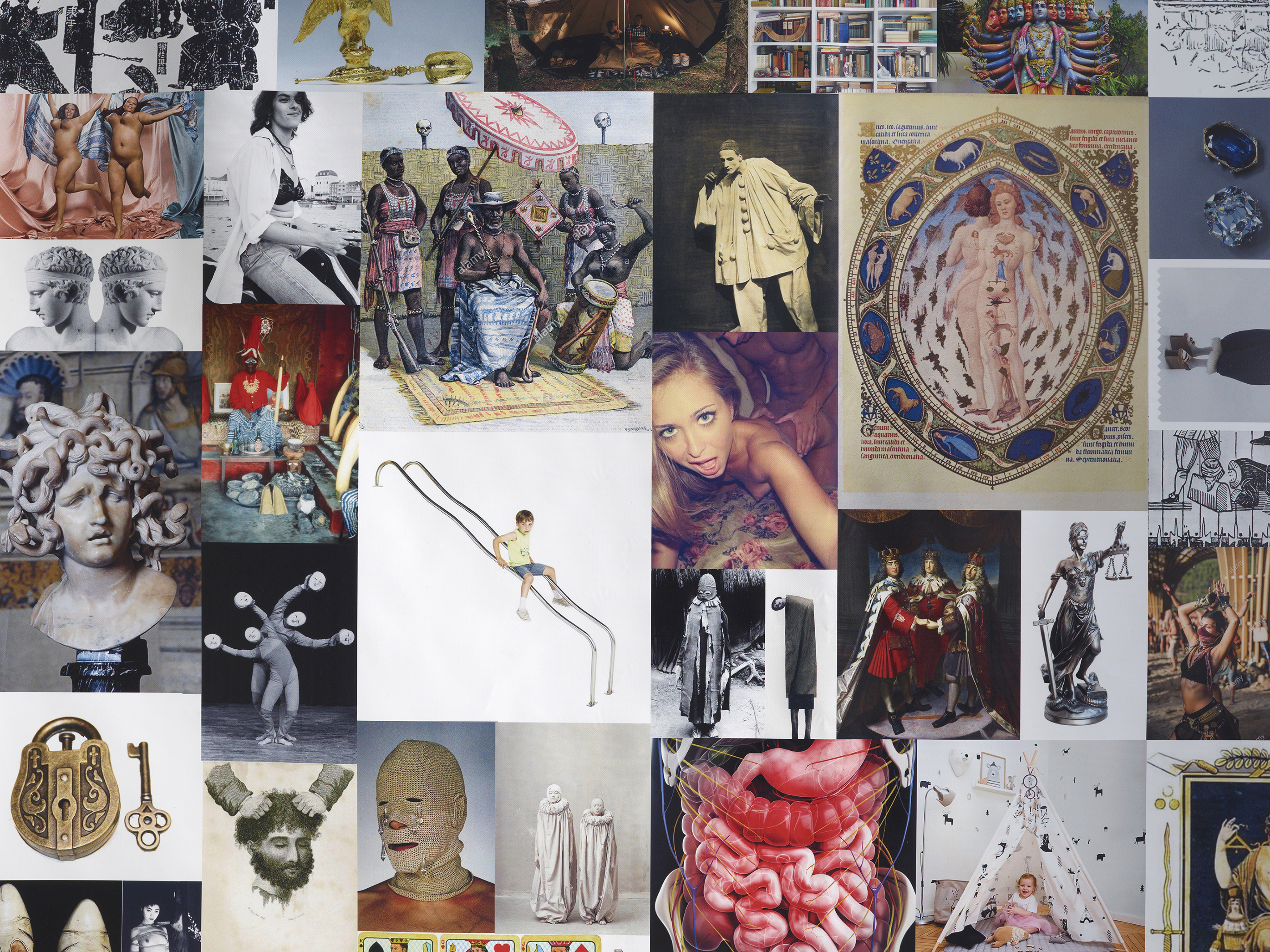

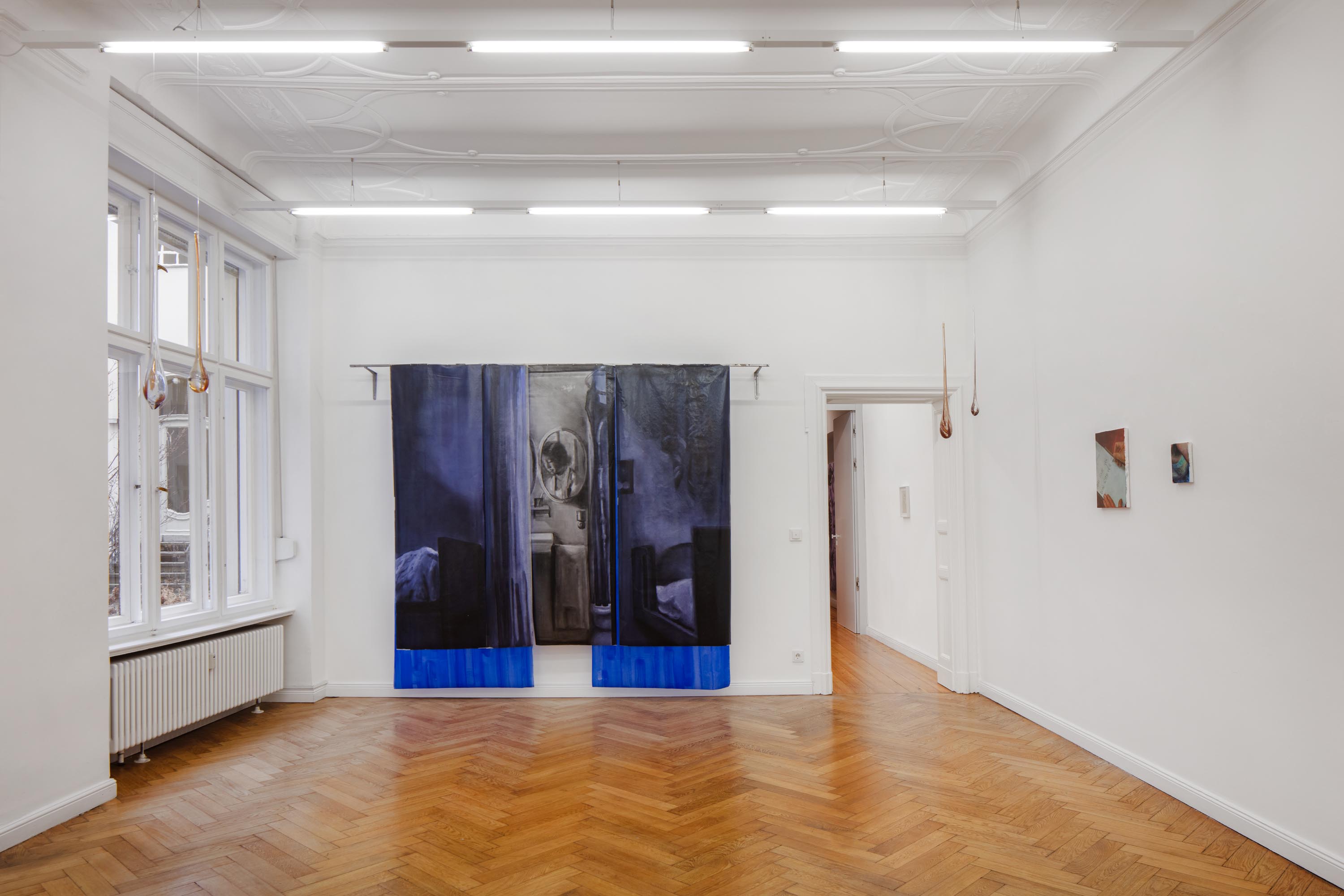

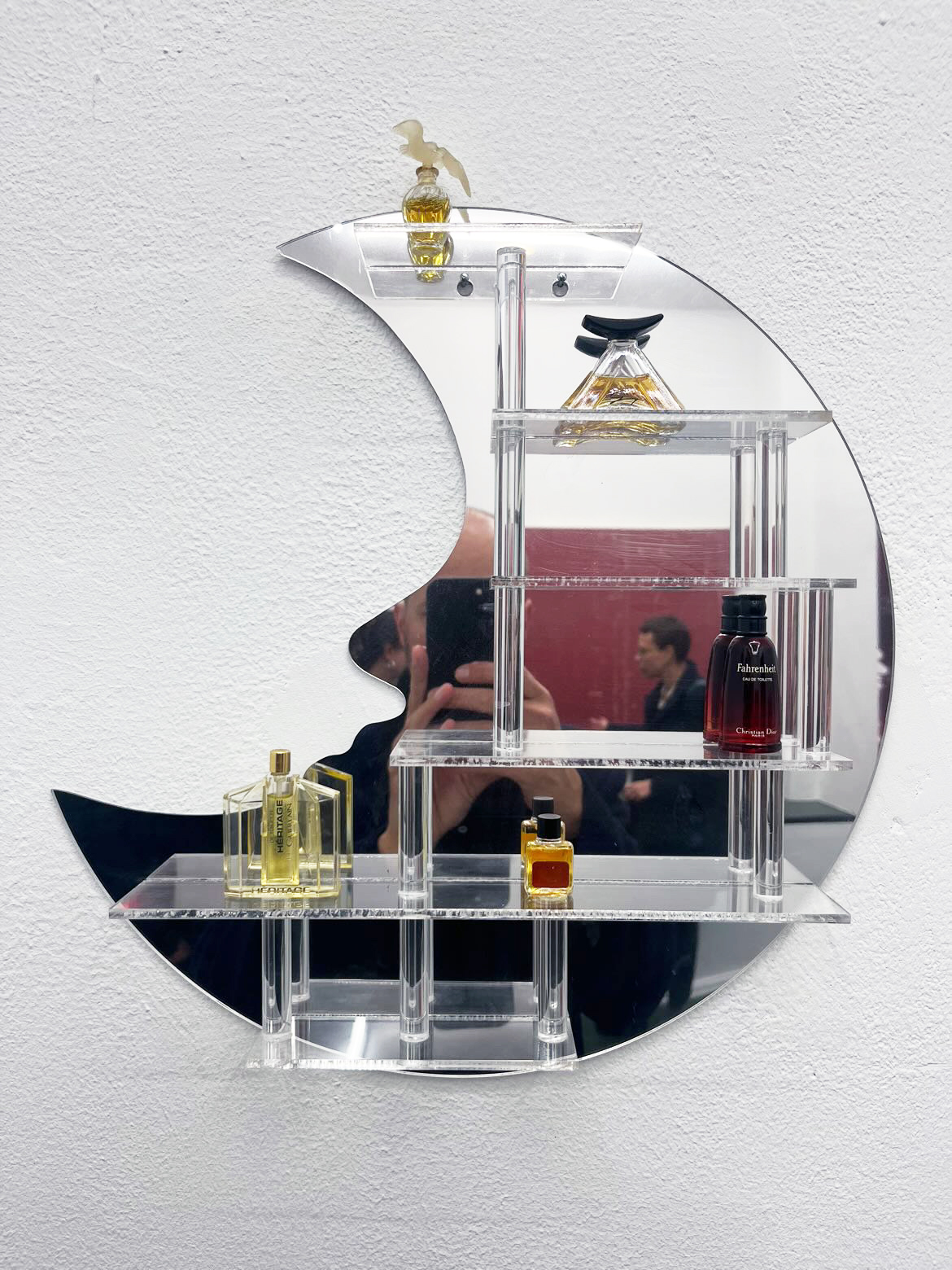
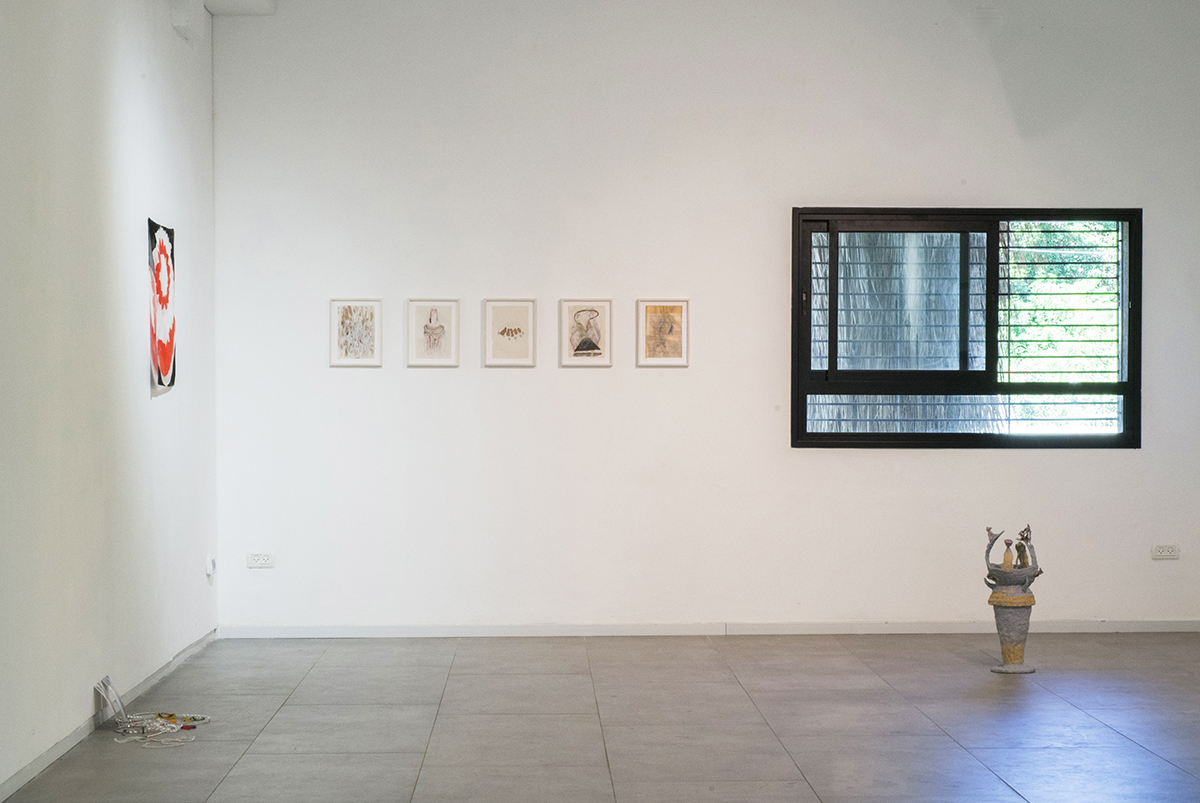
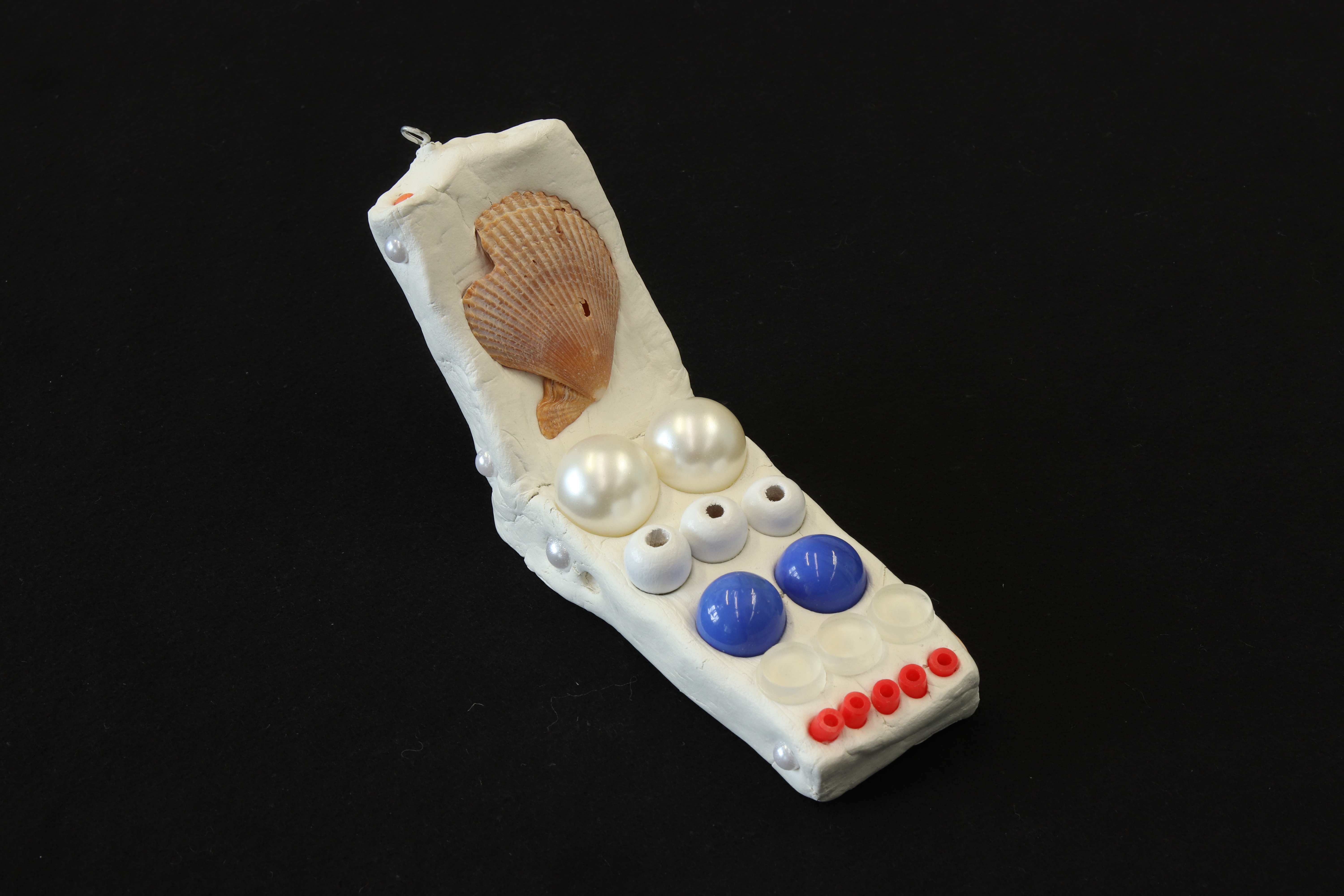
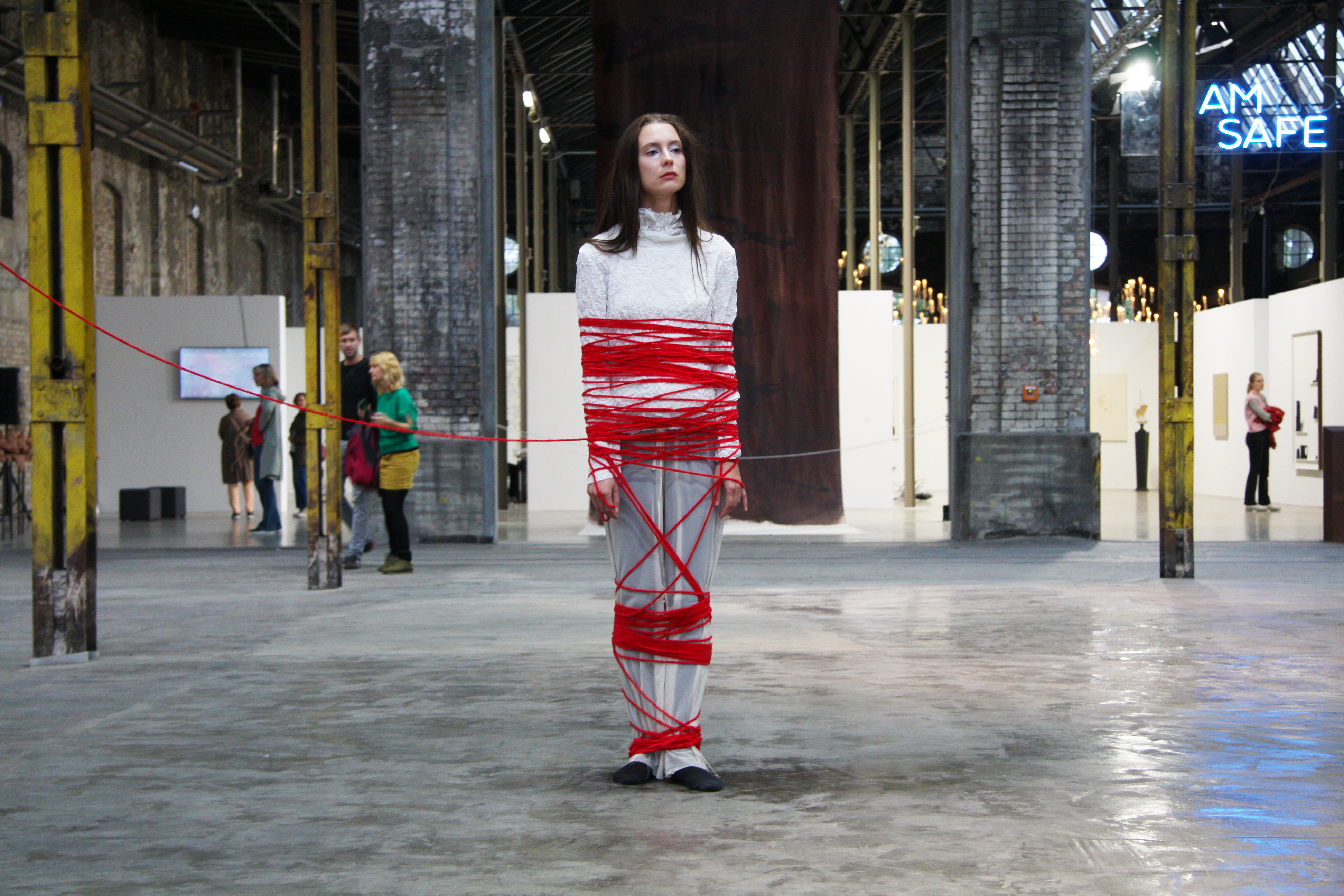
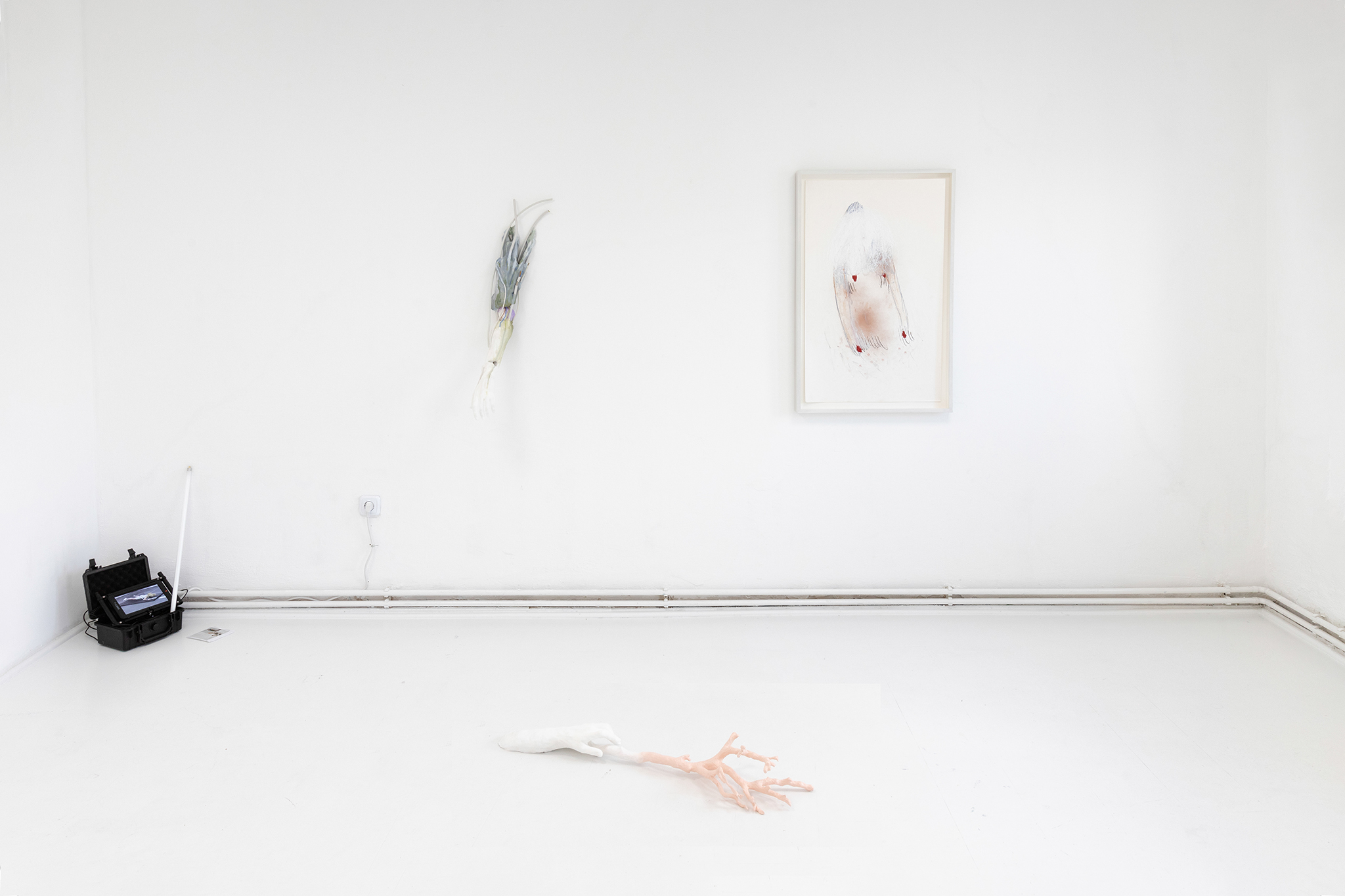
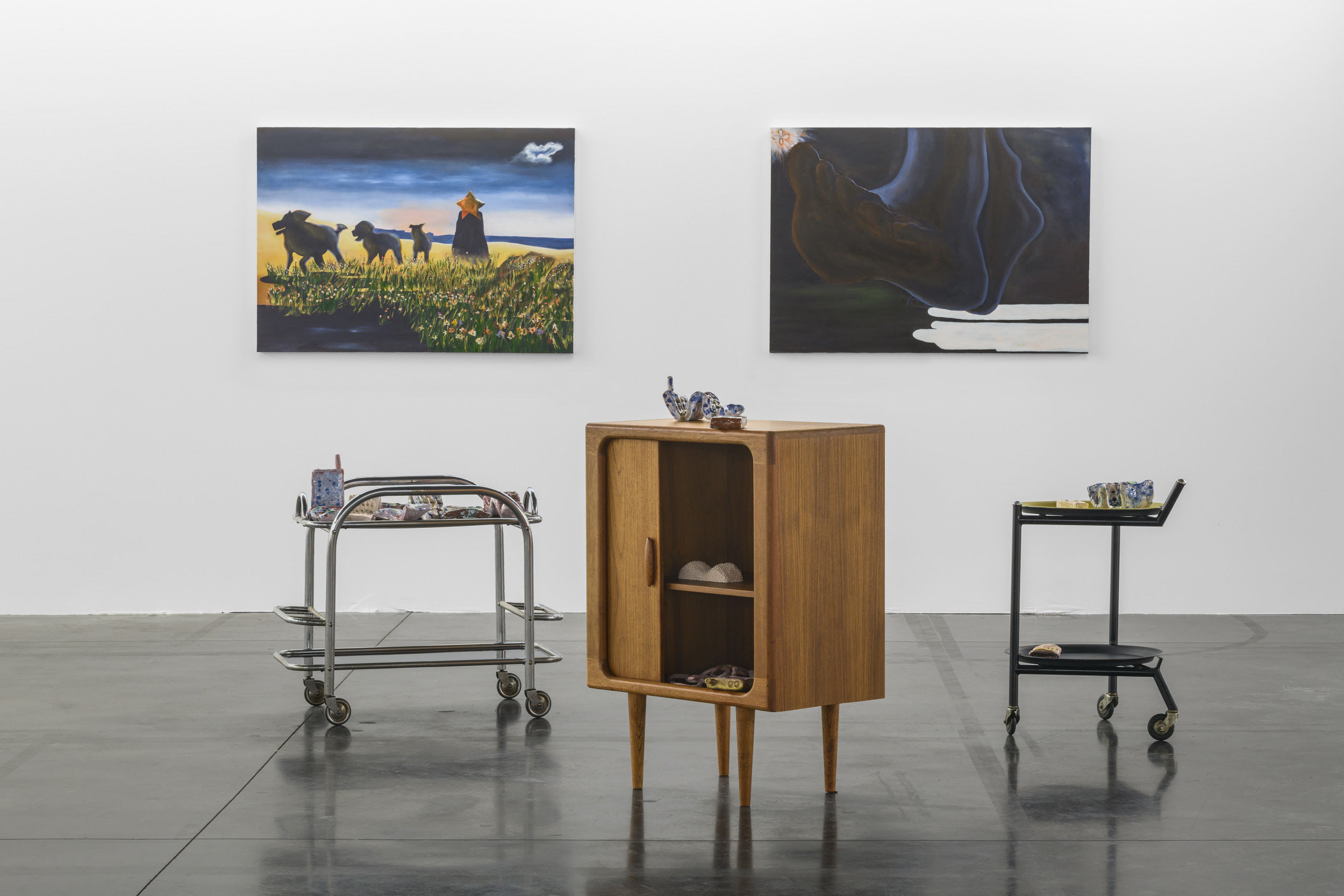
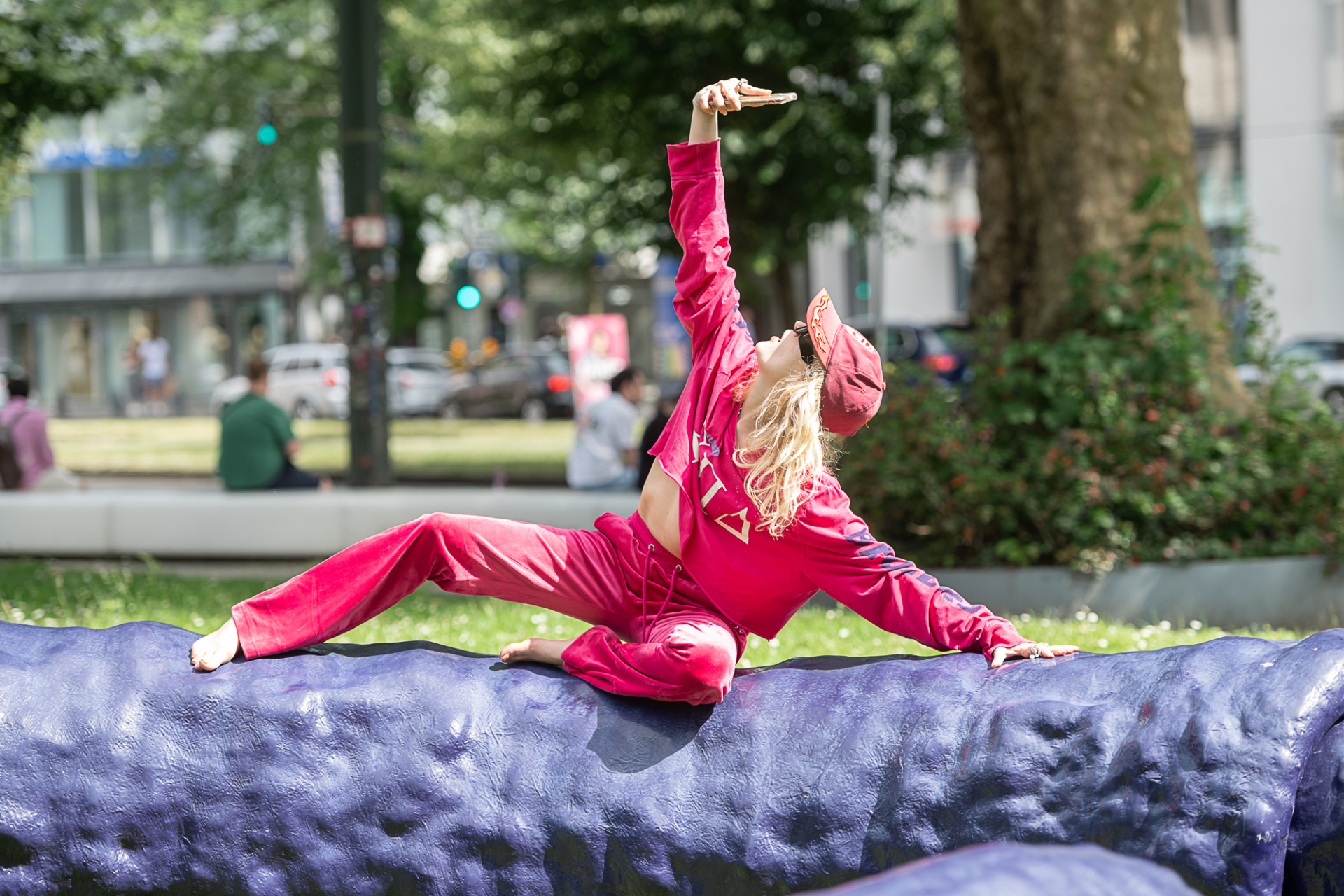
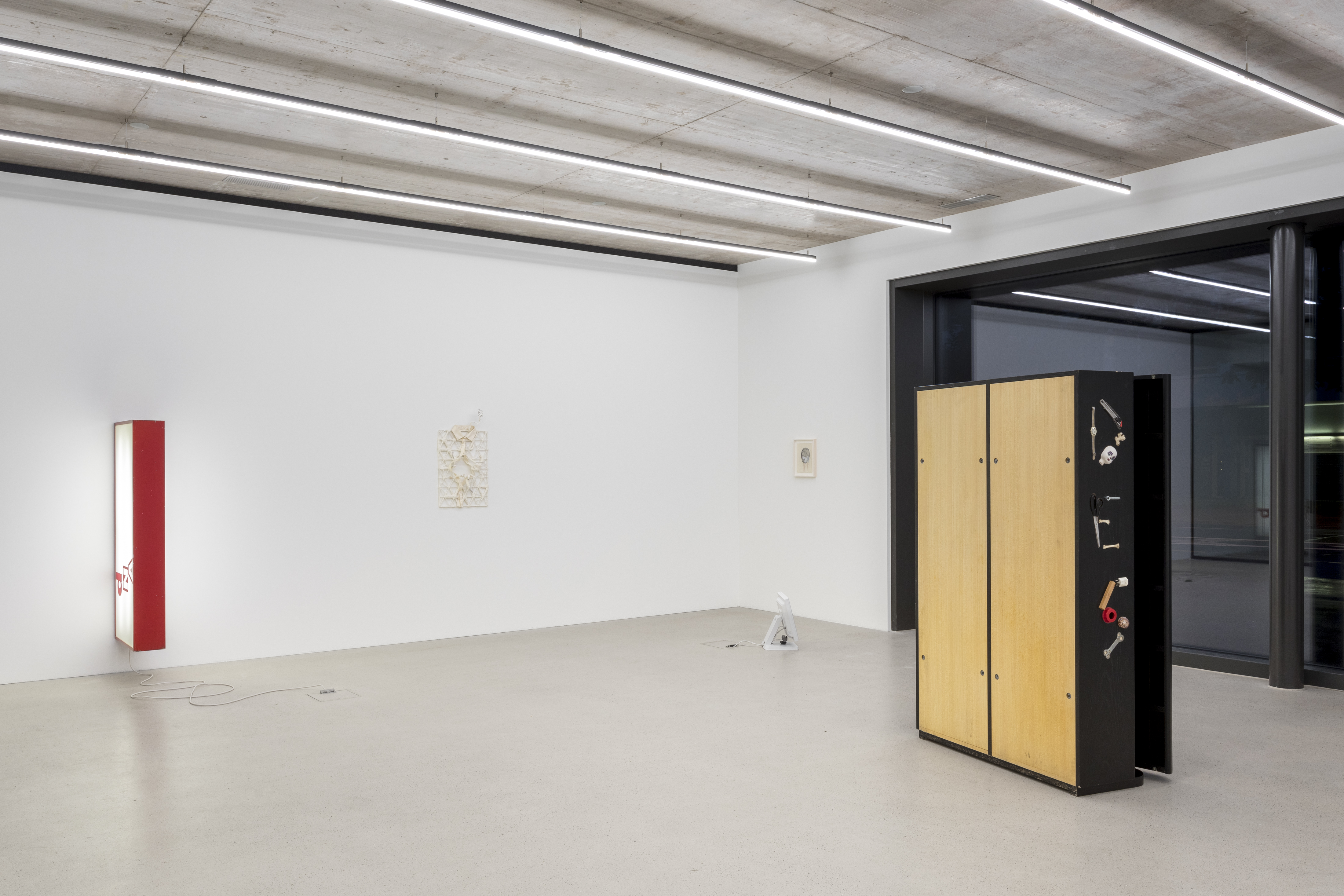
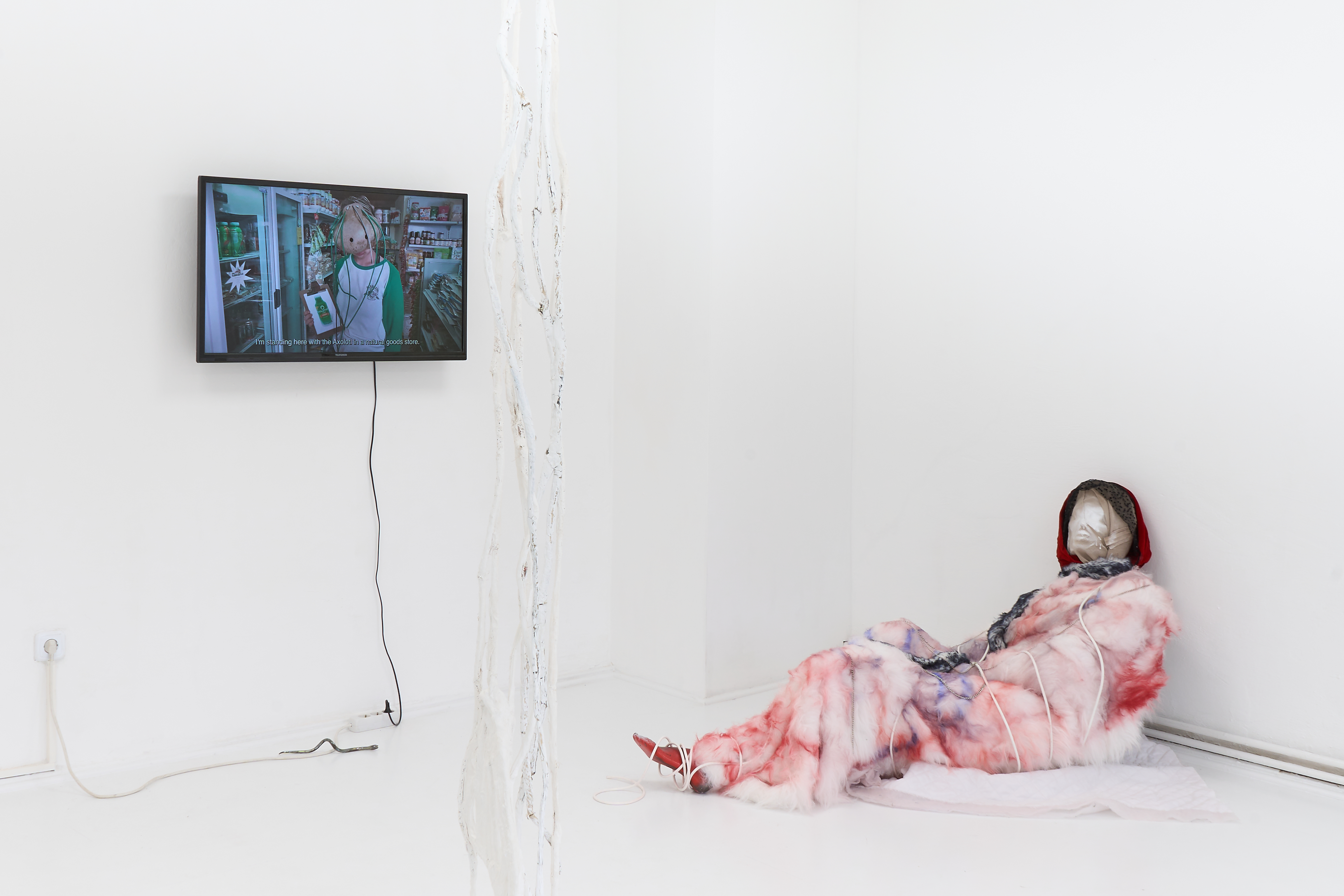
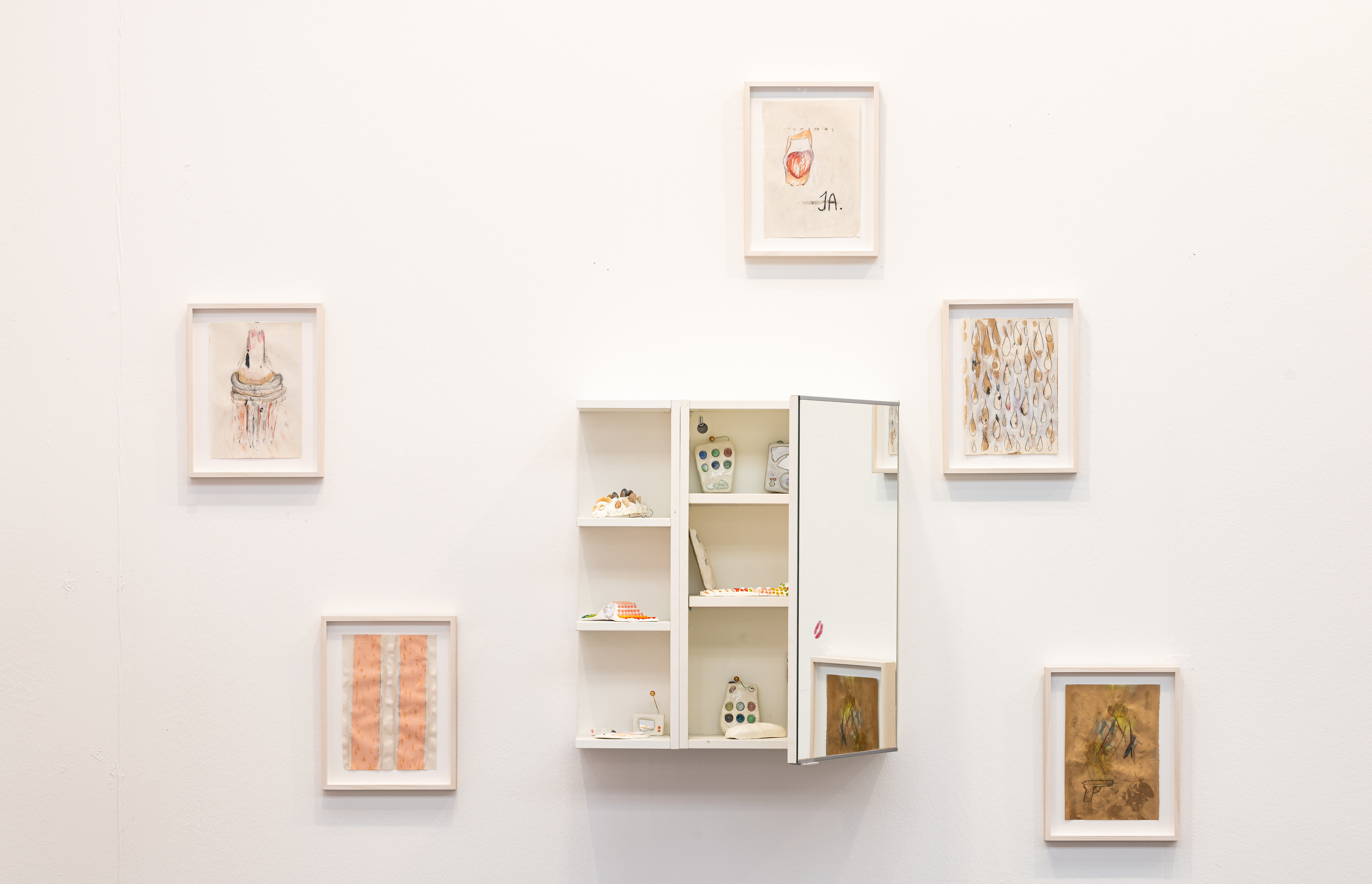
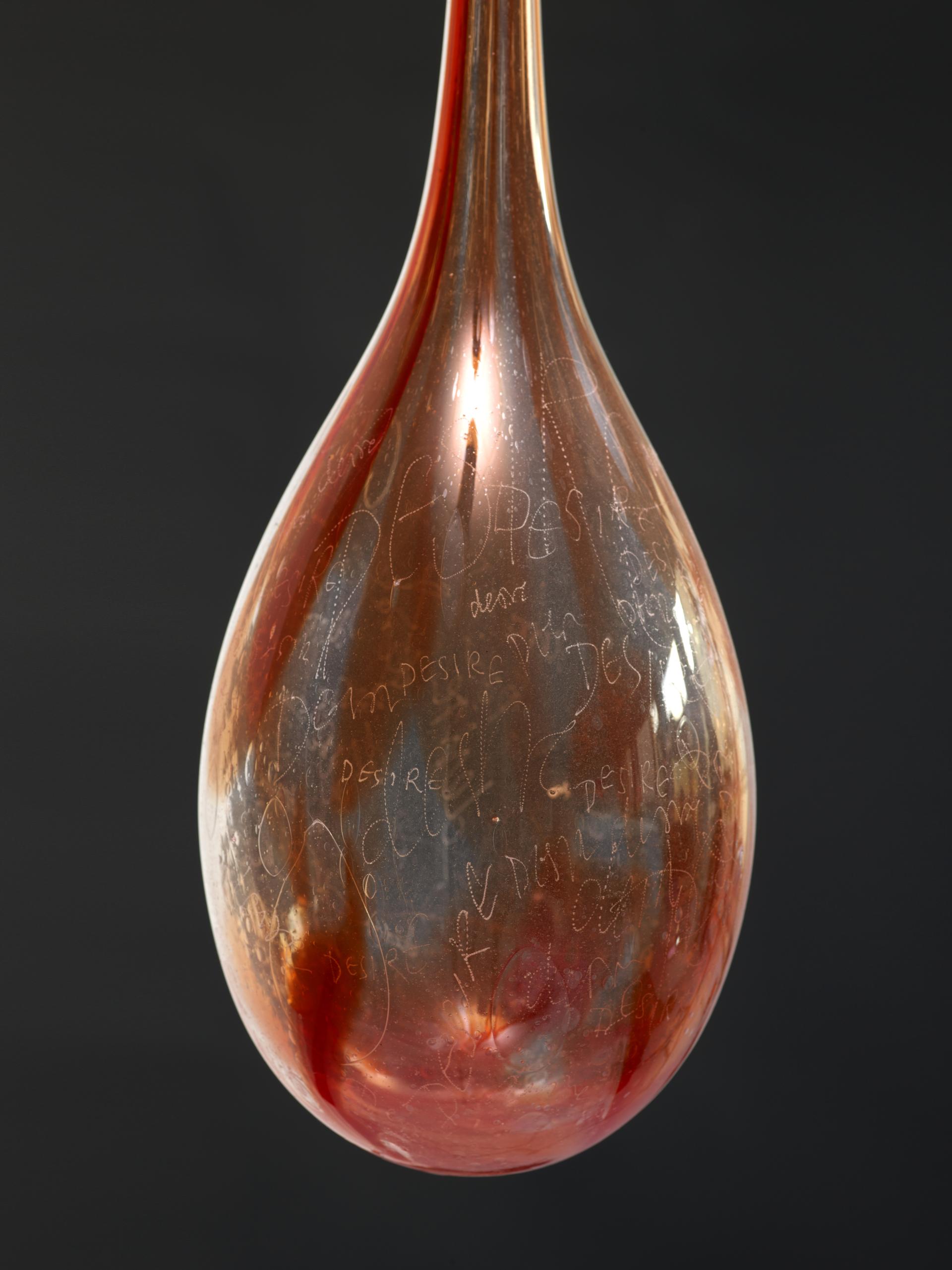
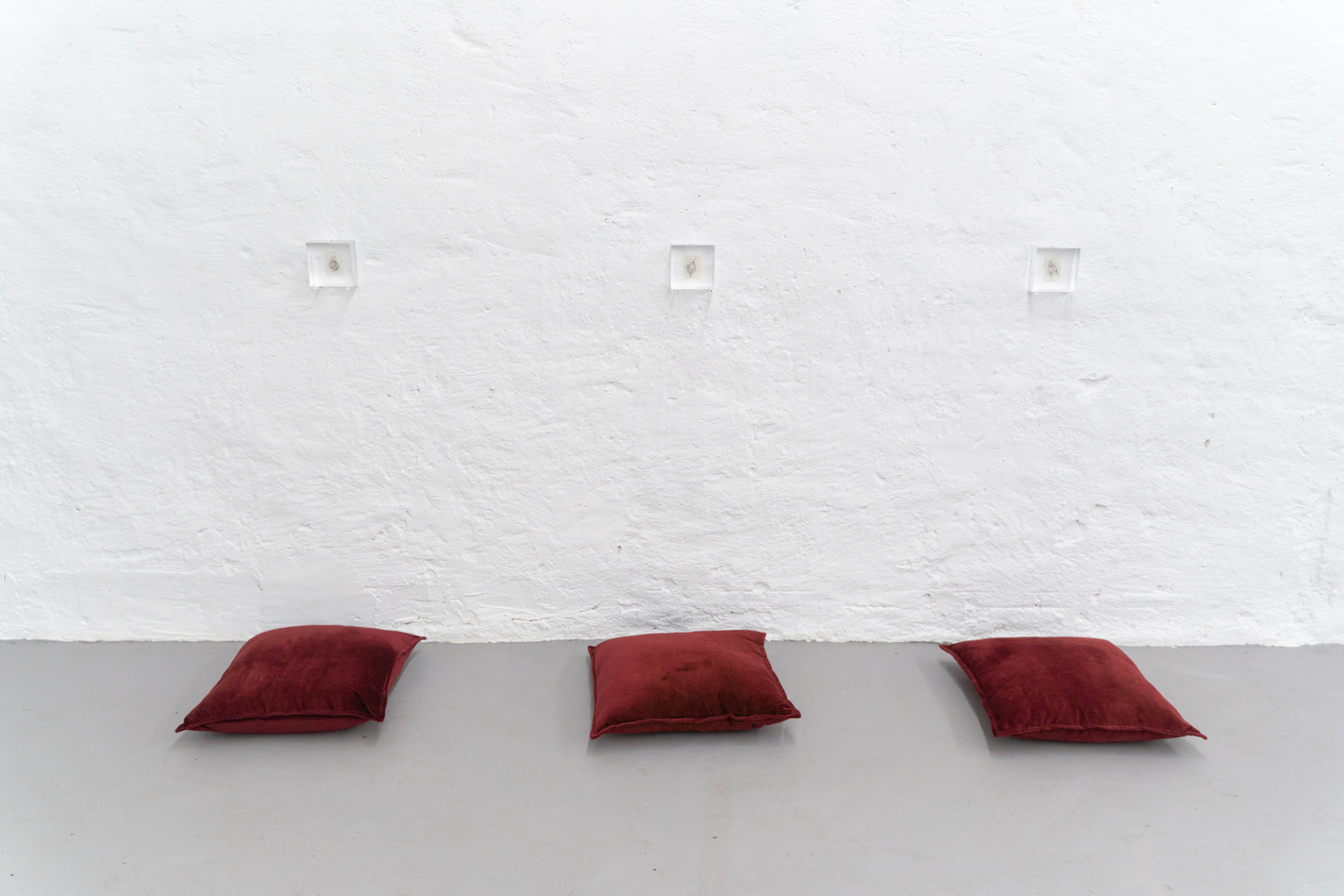
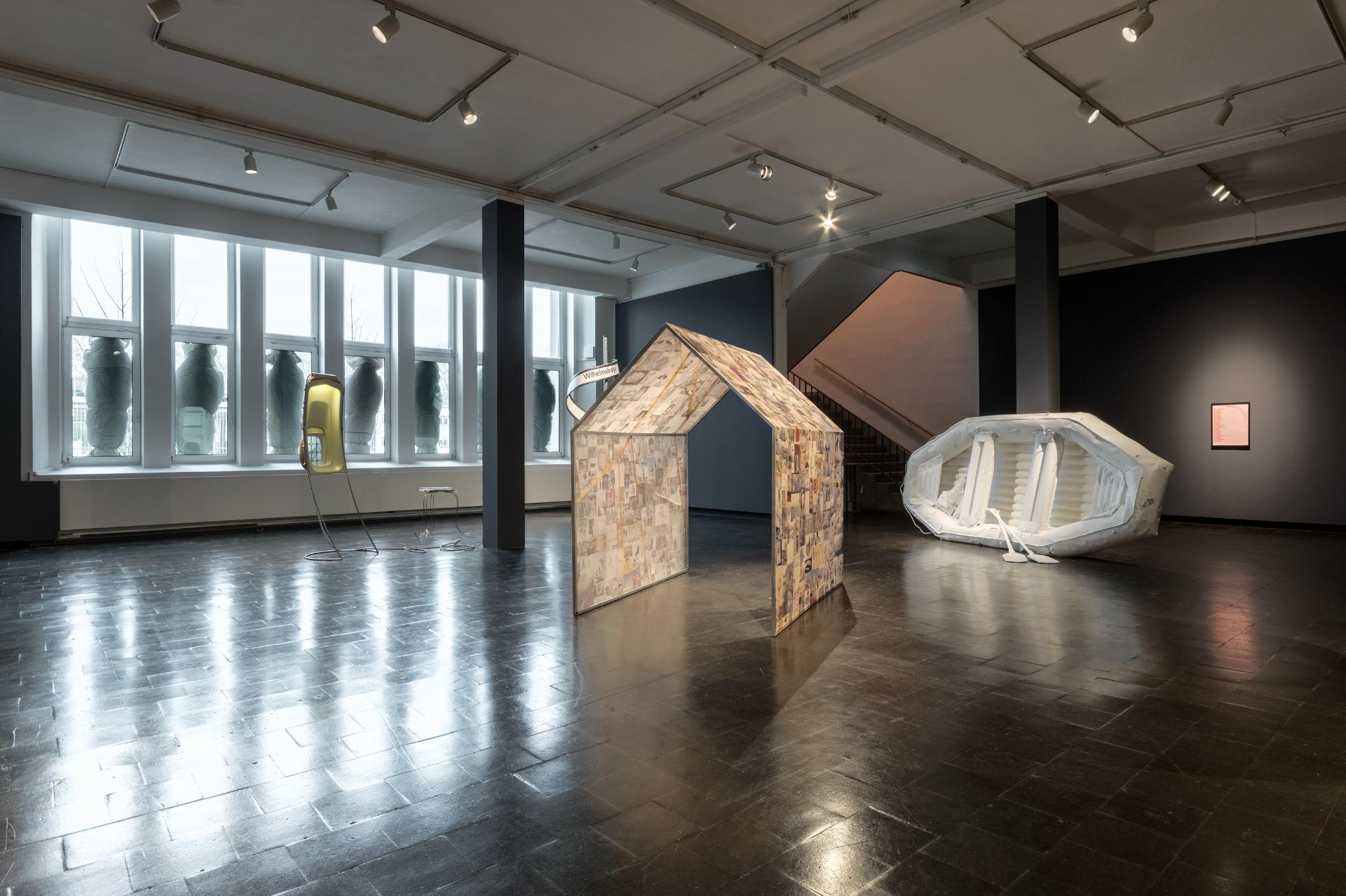
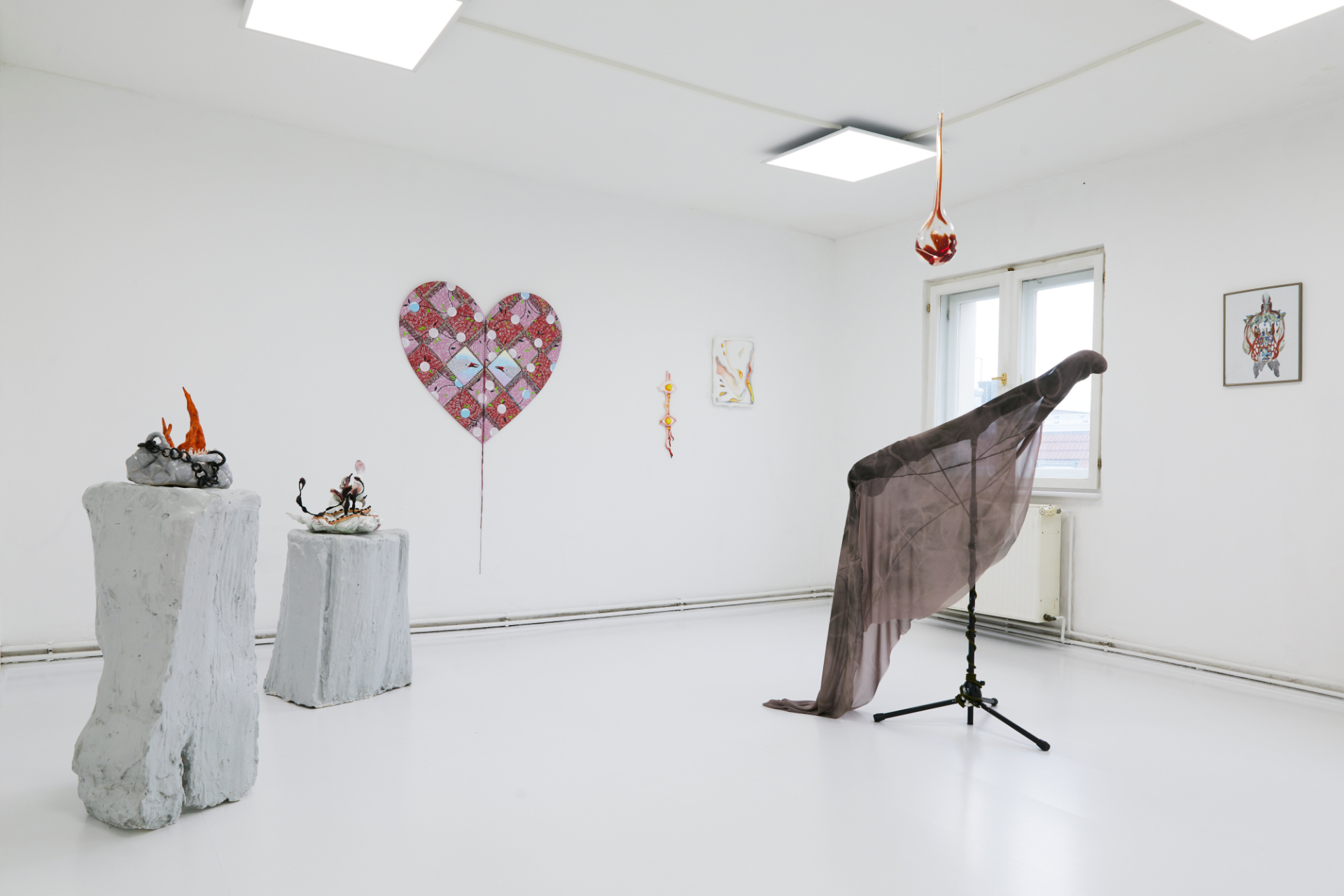
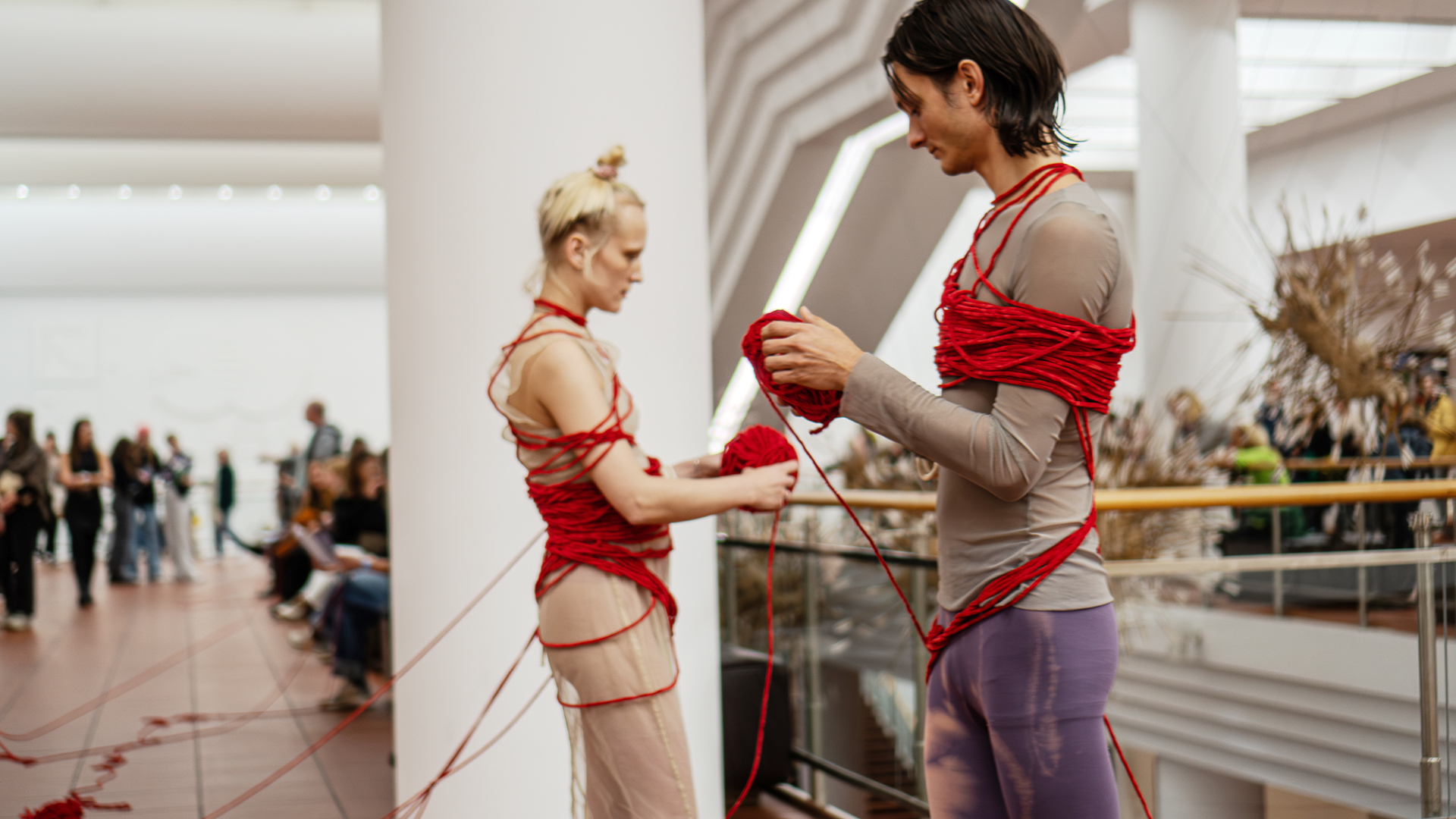
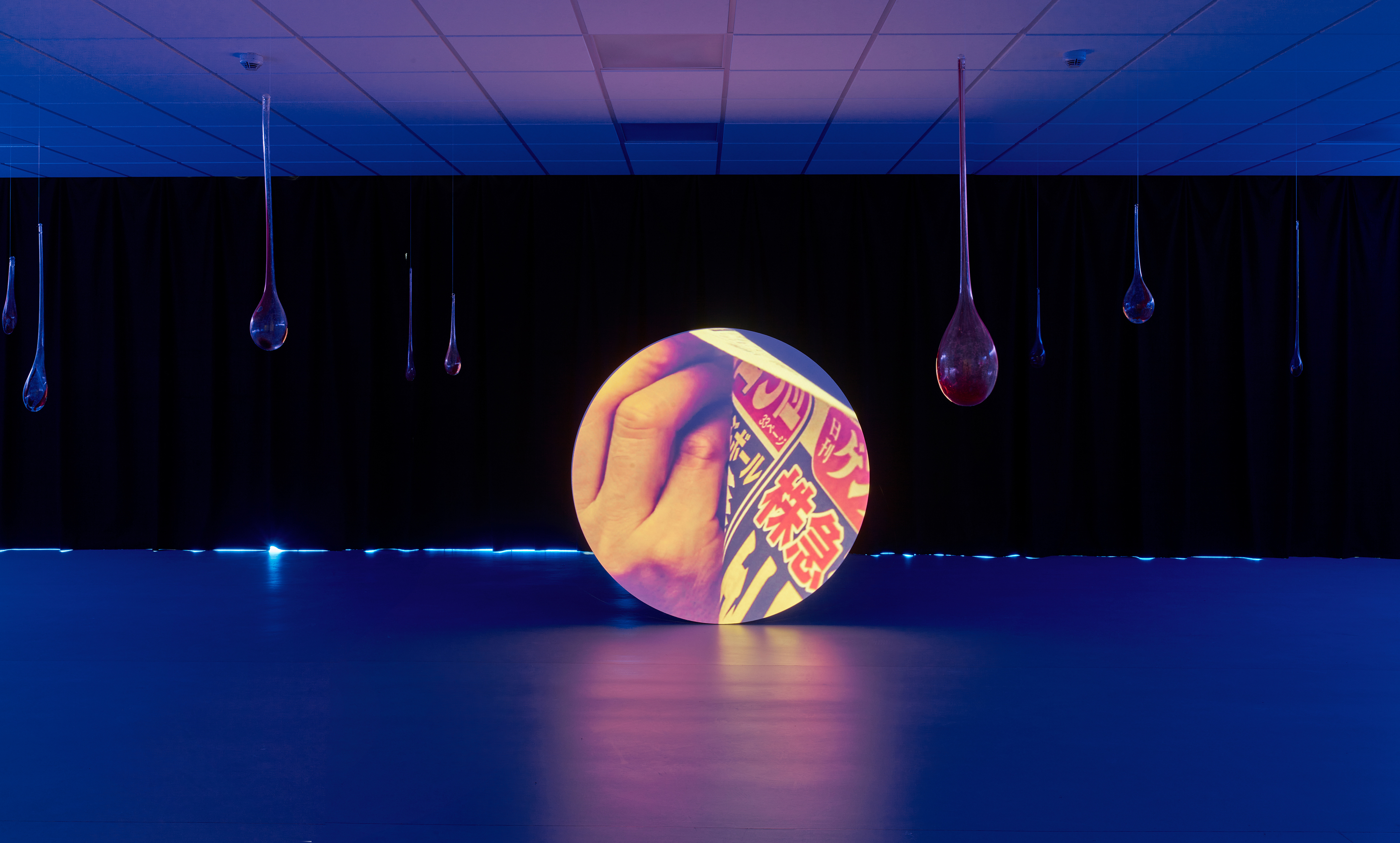
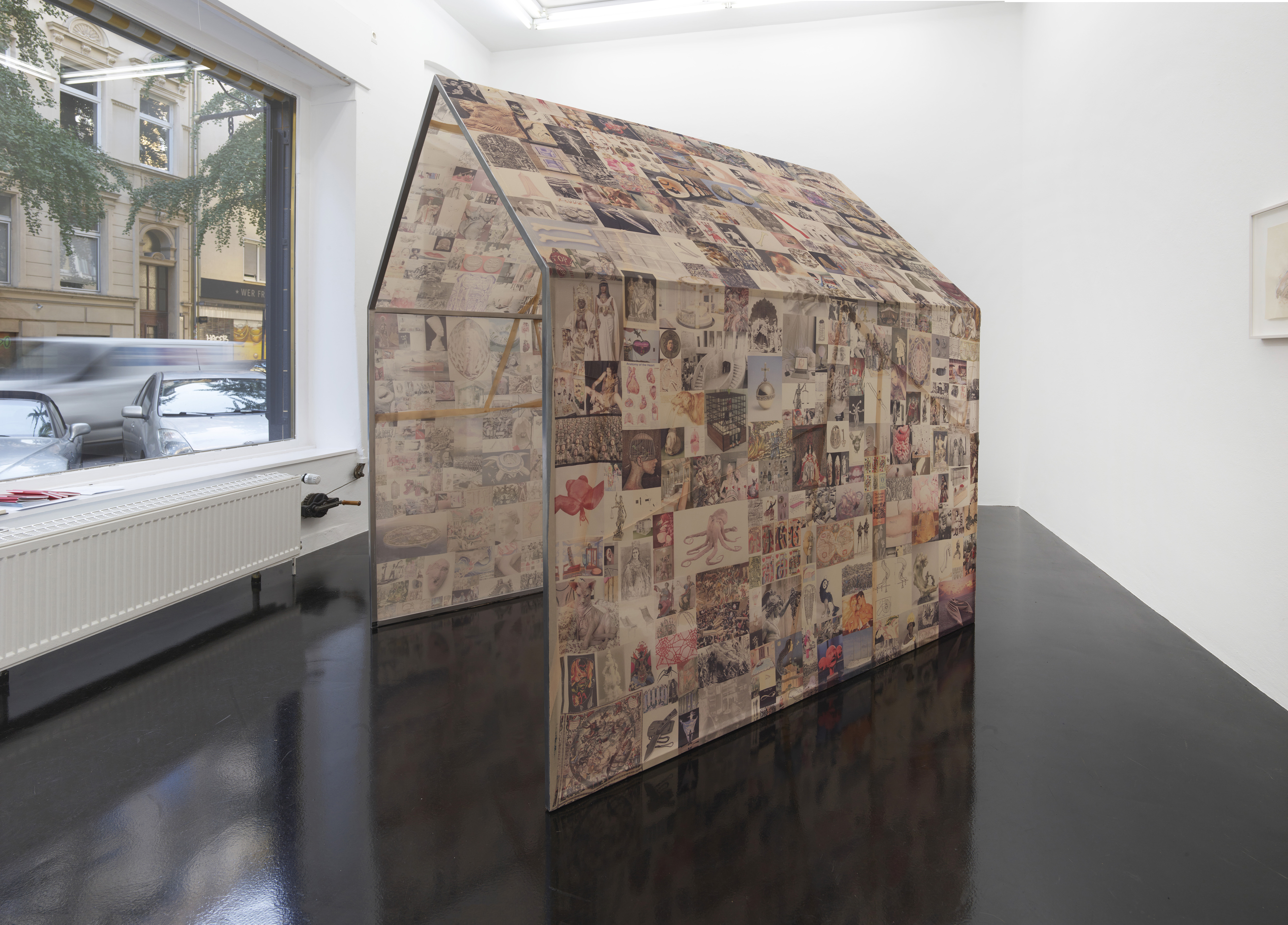
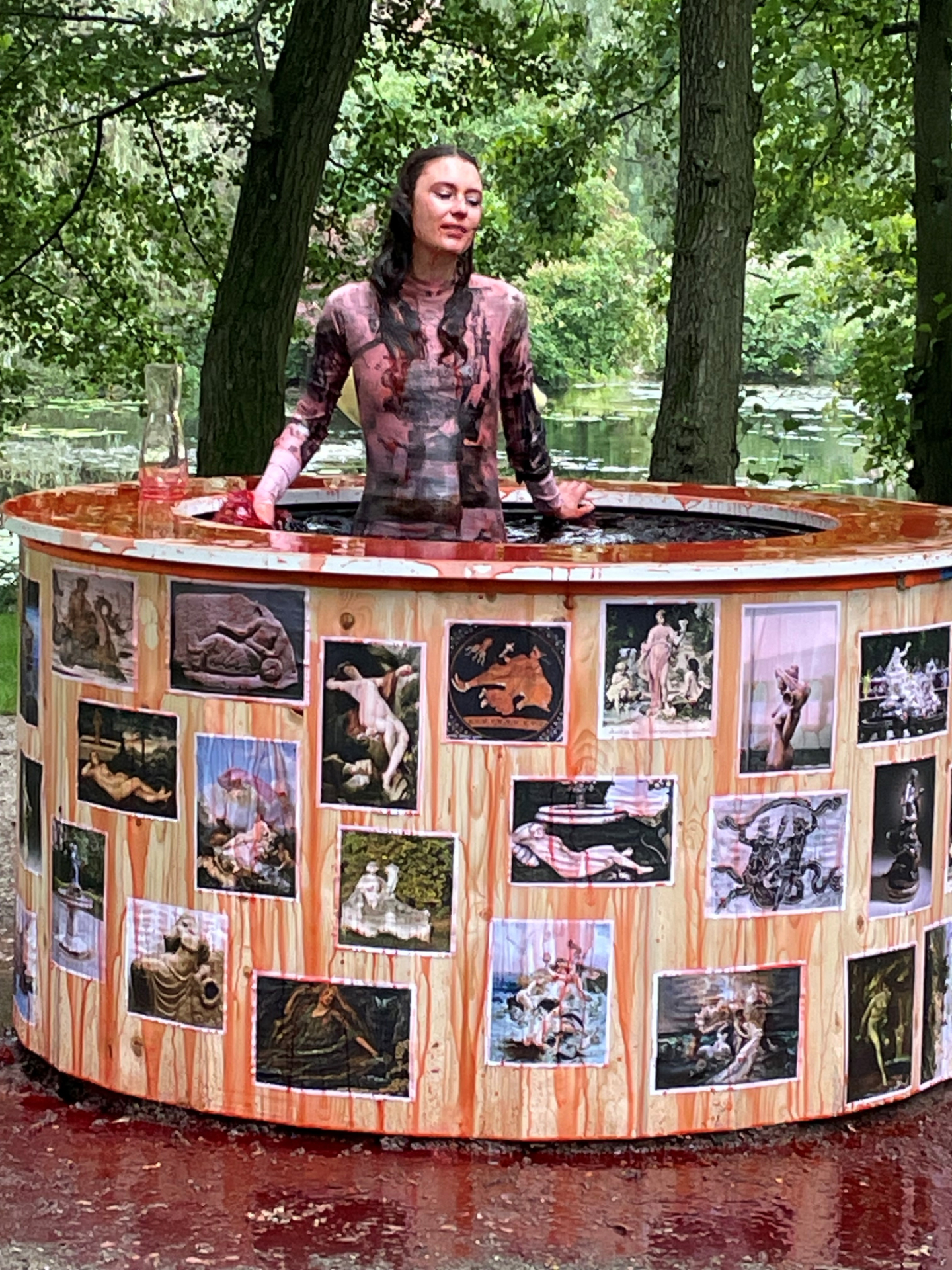
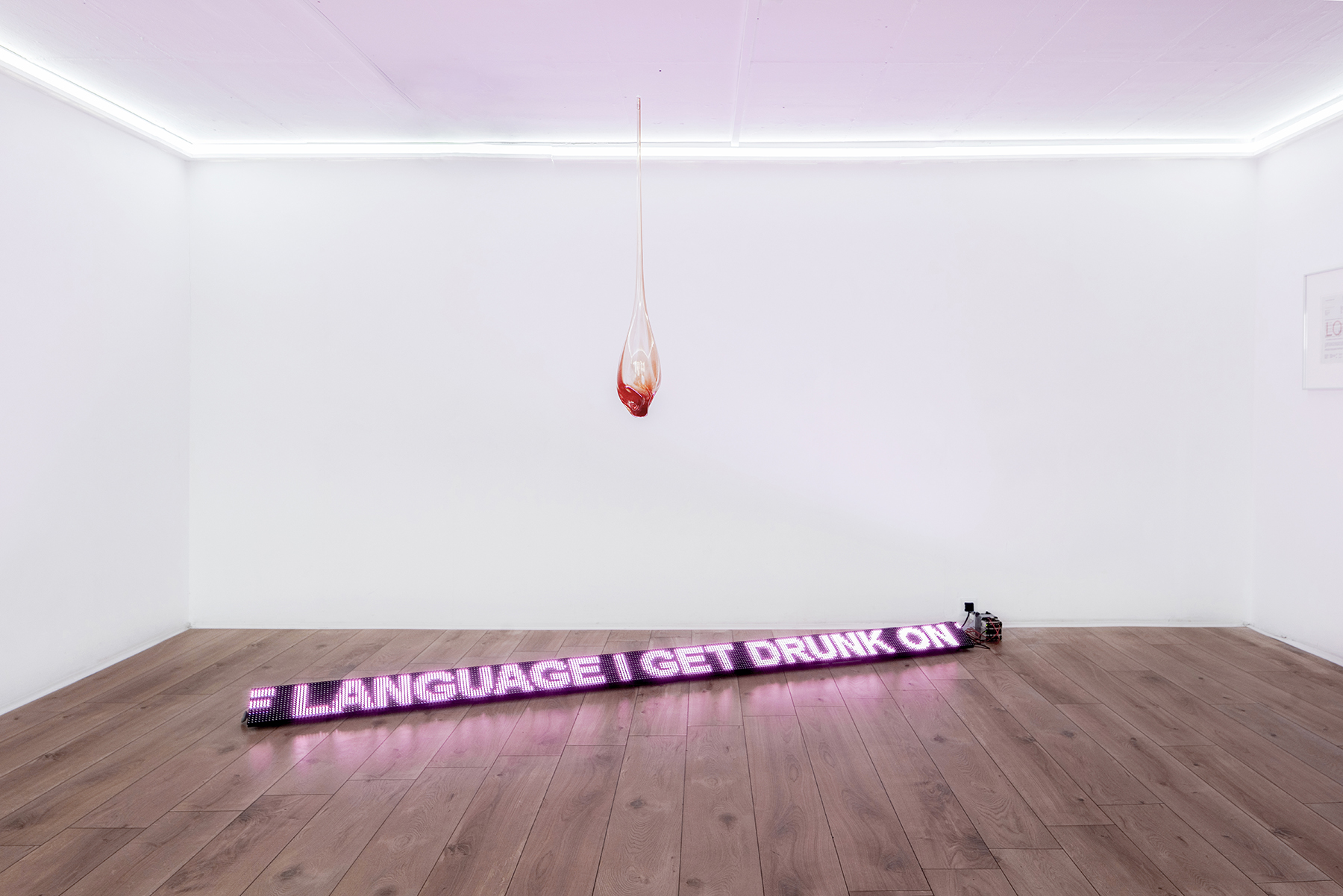
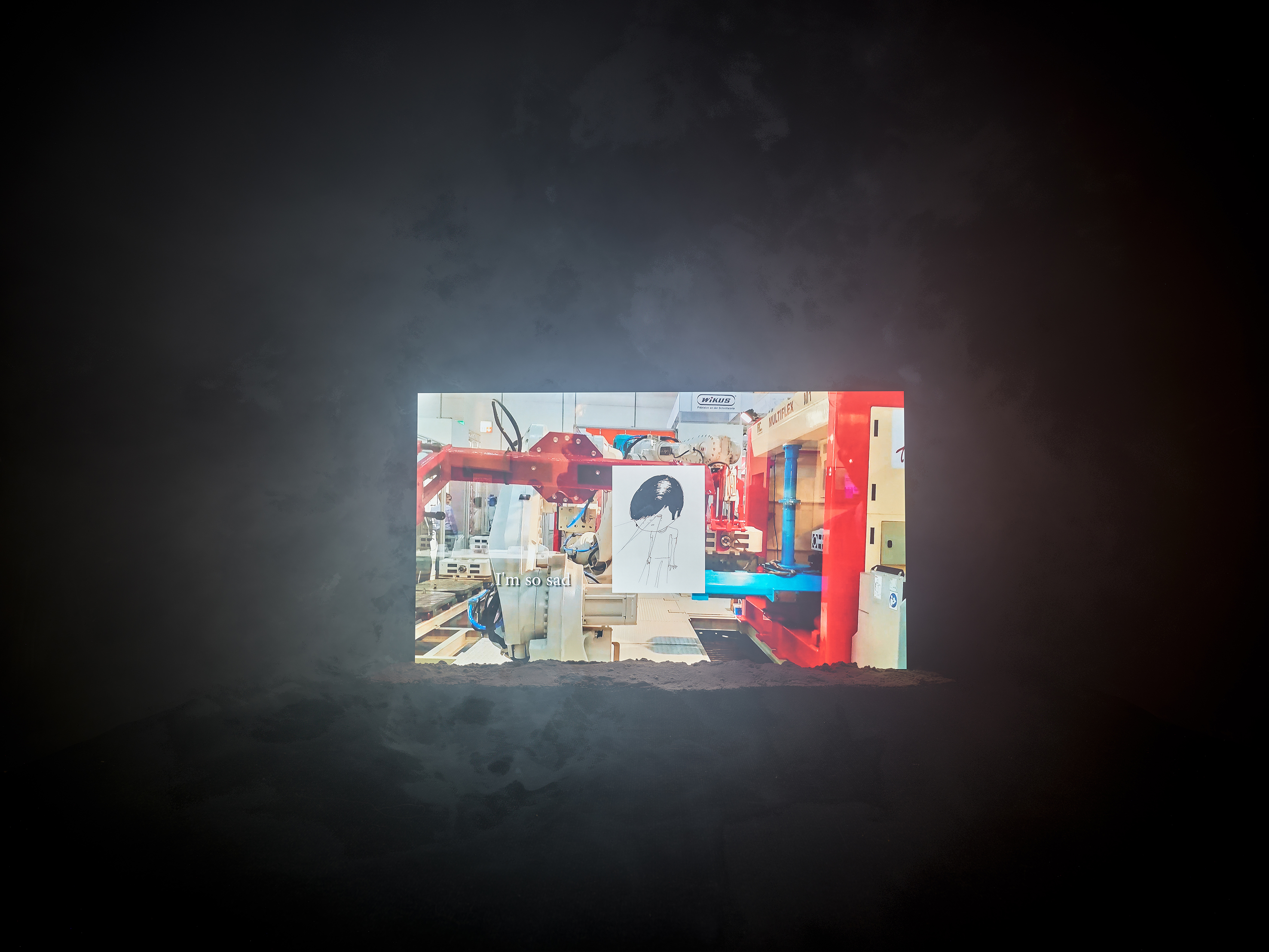
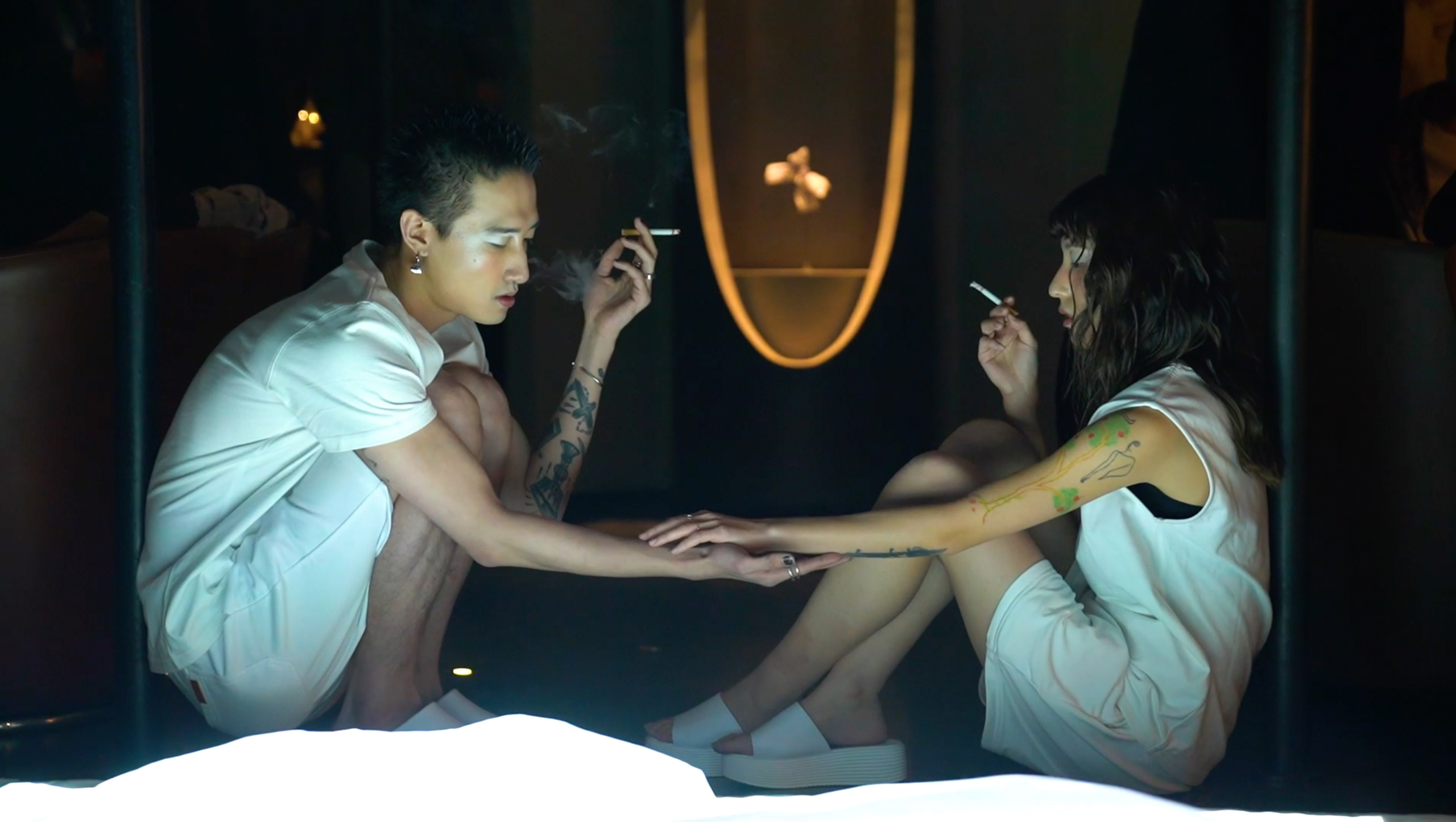
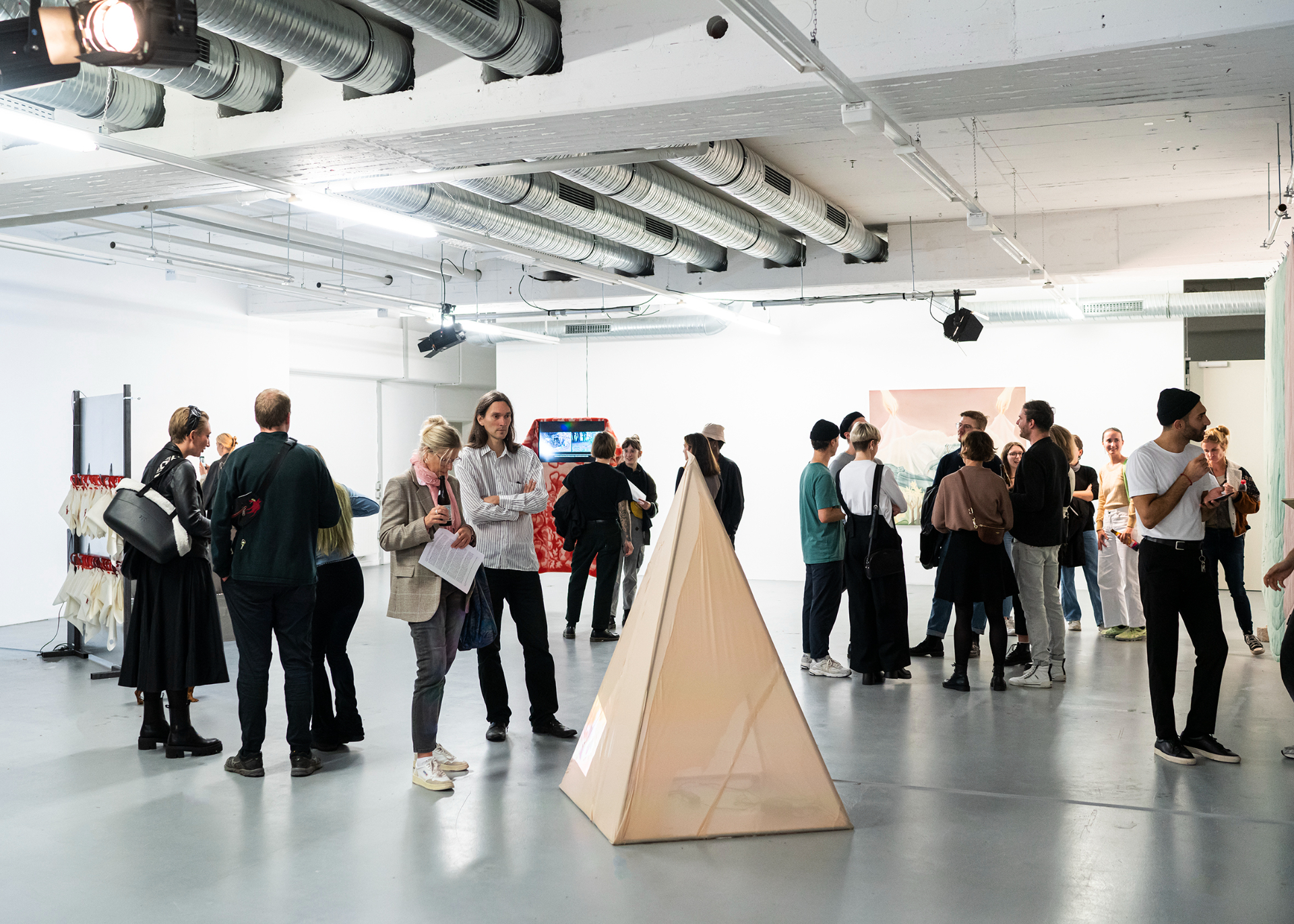
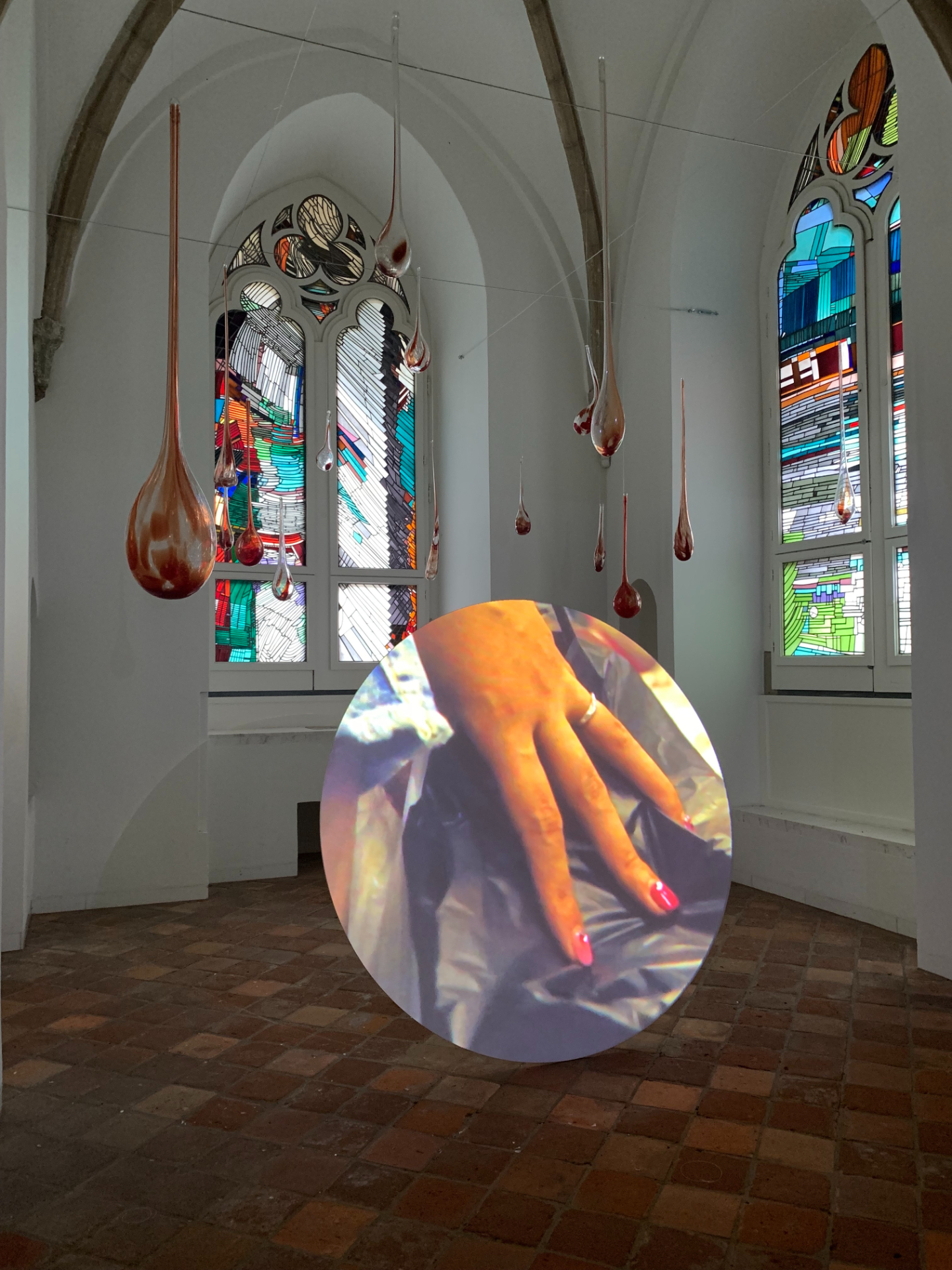
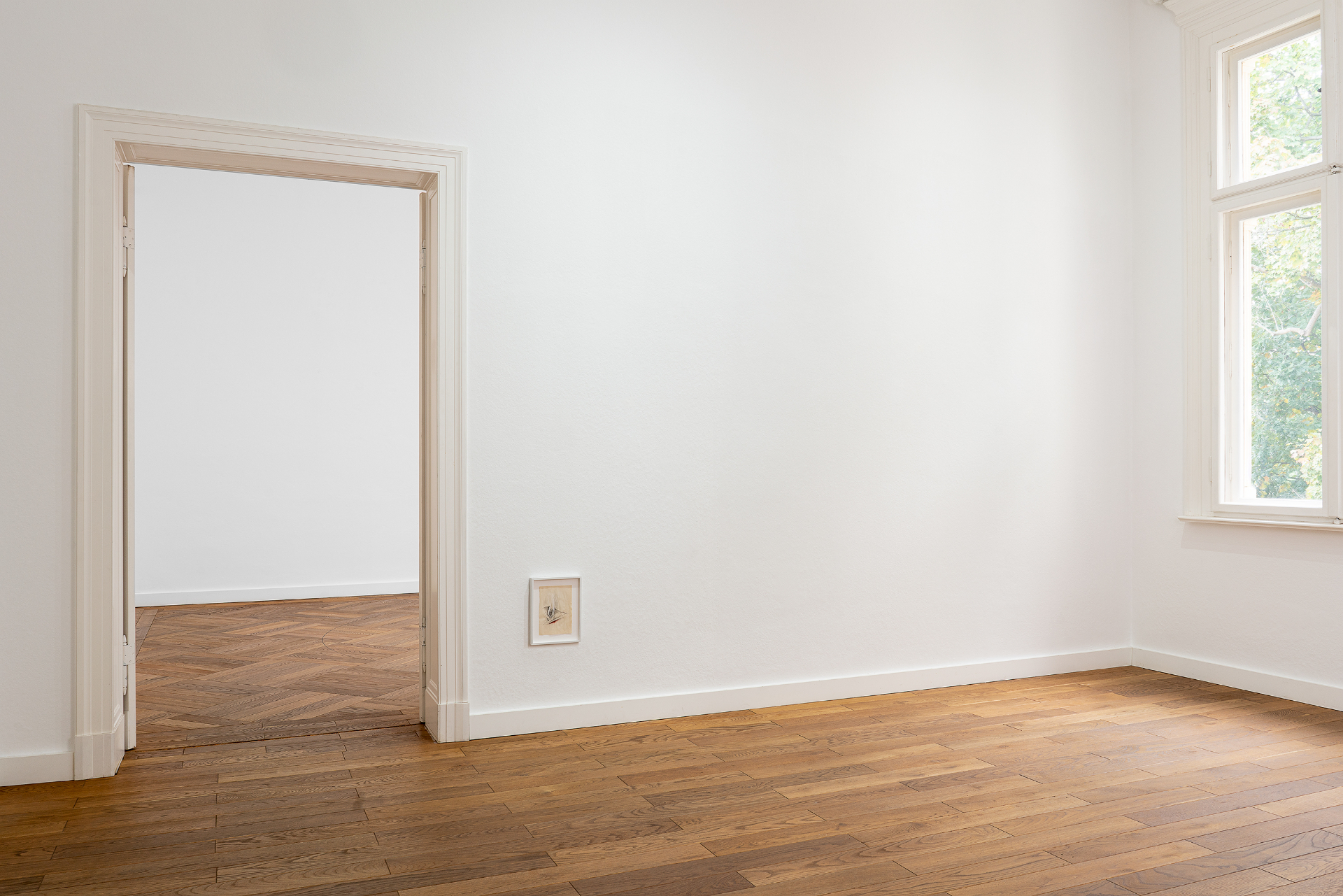
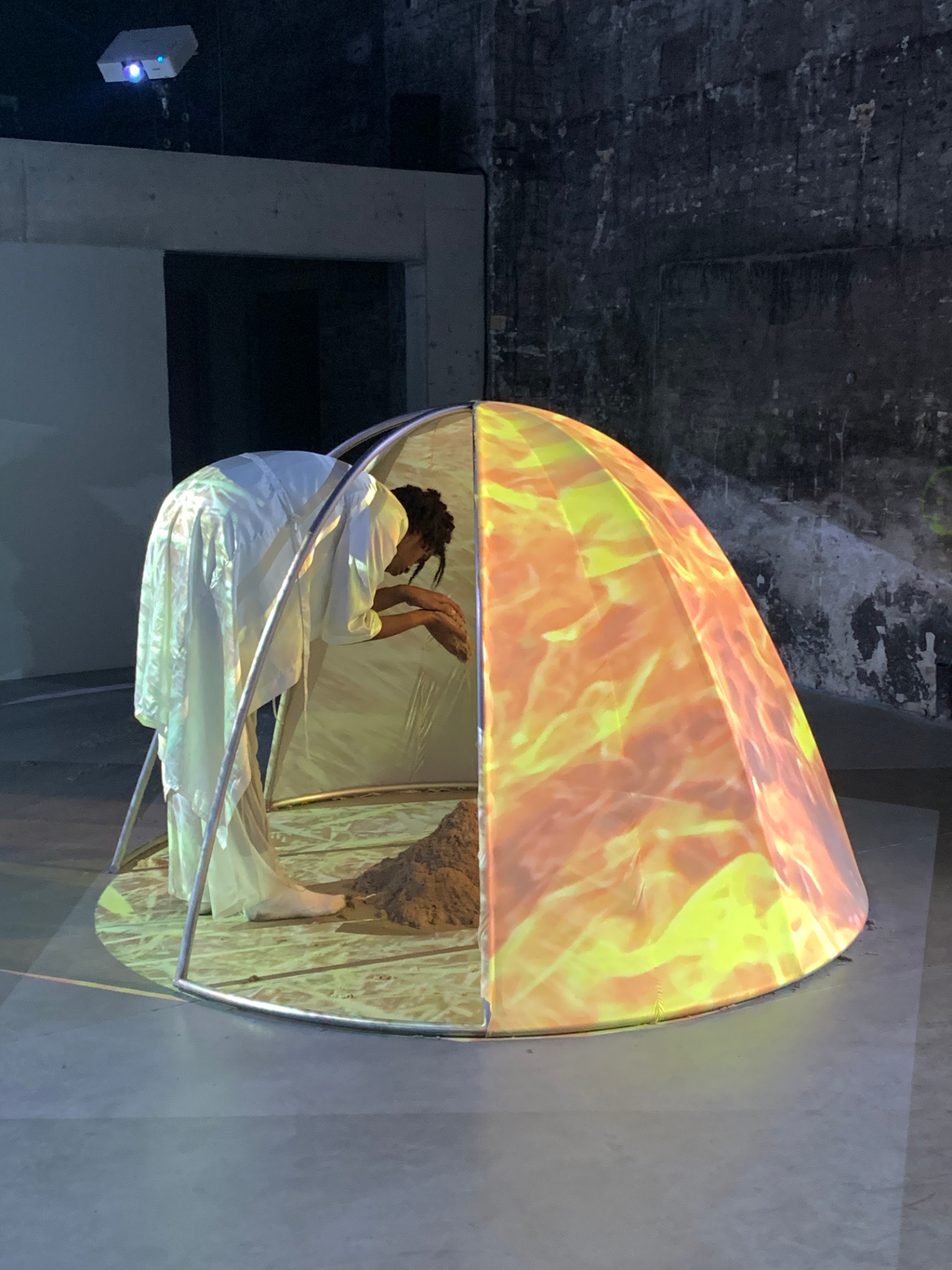

![Metamorphoses of Control [Catalogue launch]](https://media.isabellafuernkaes.com/Isabella_Fuernkaes_Mouches_Volantes_Metamorphoses_of_Control_2022_00001.jpg)
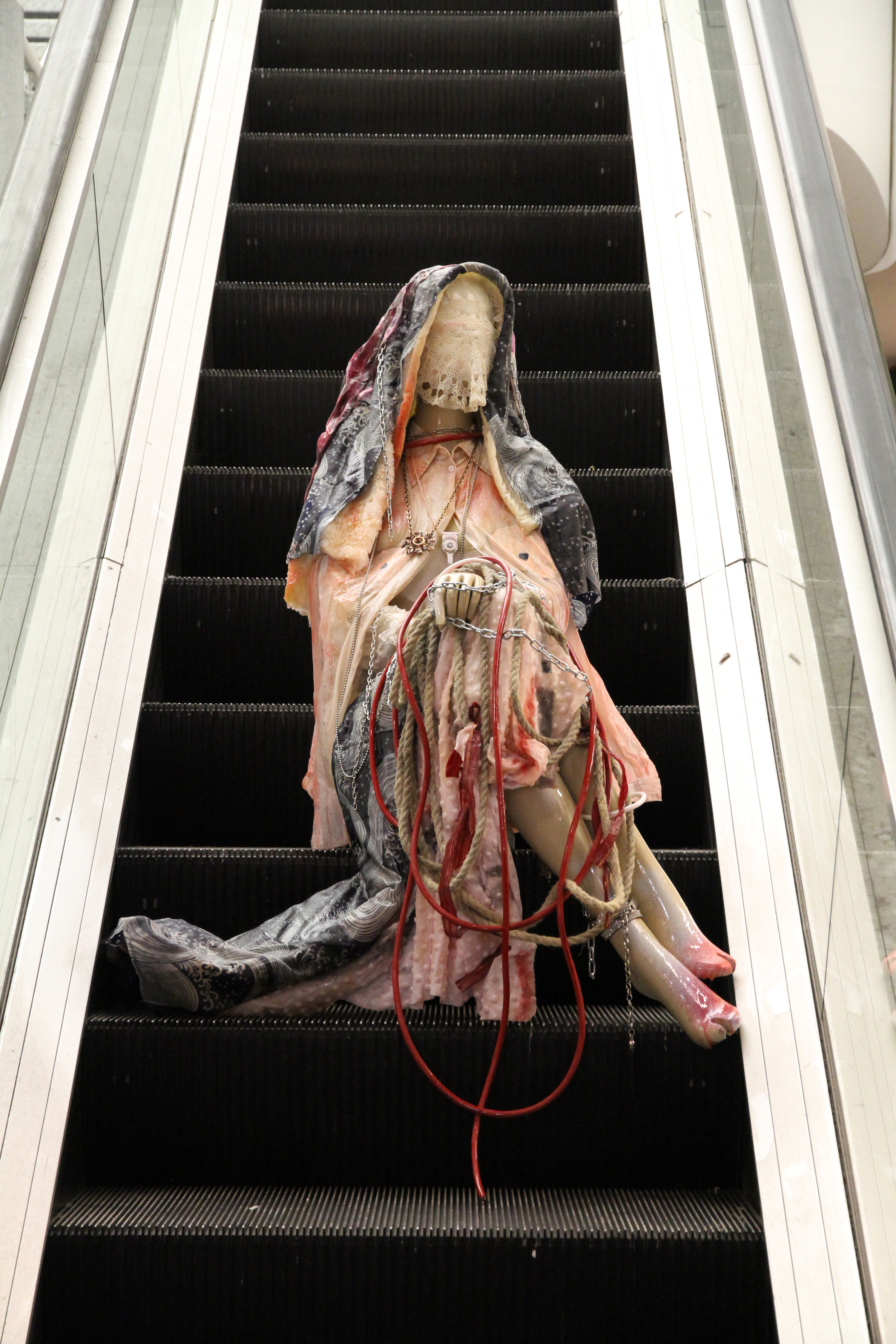
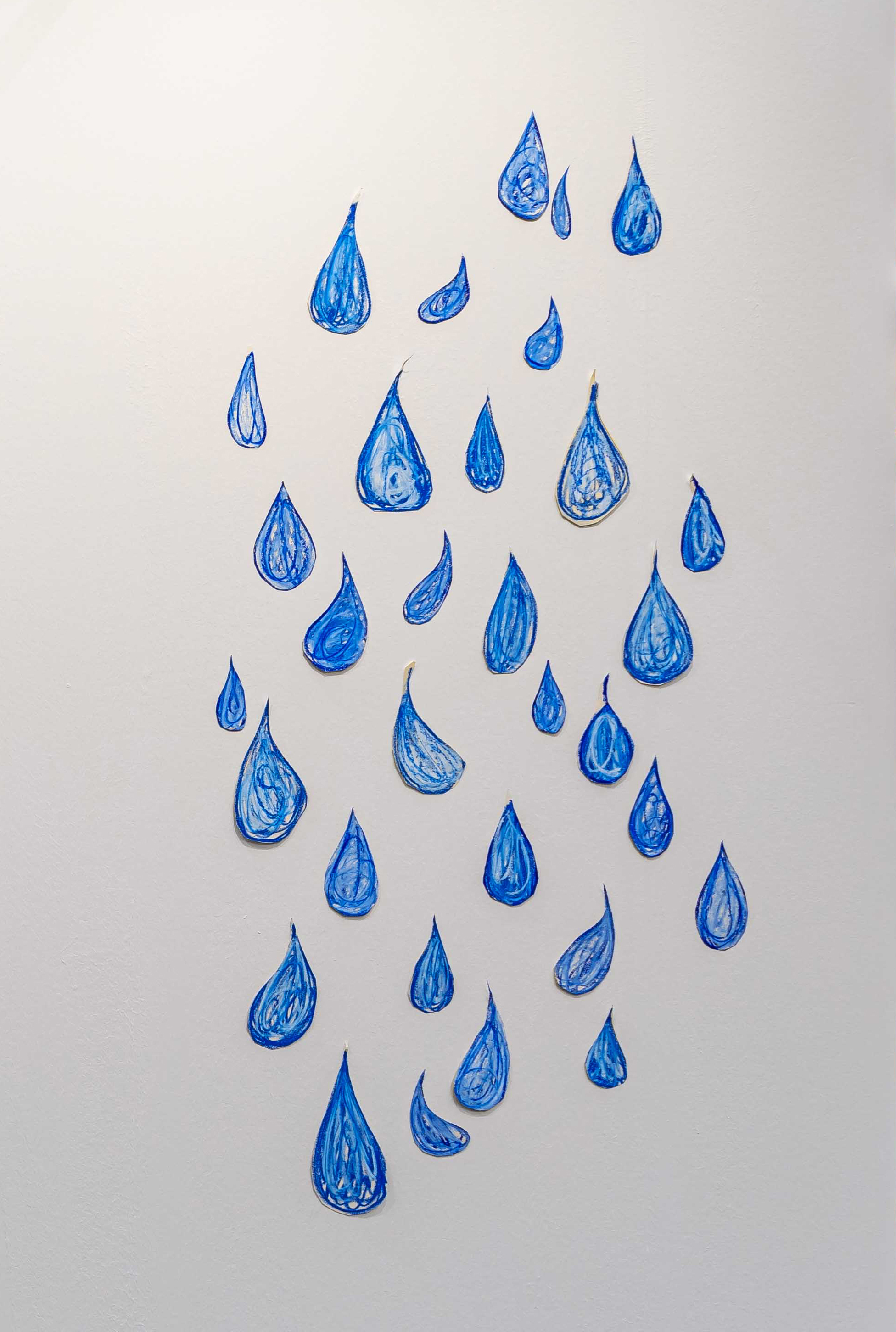
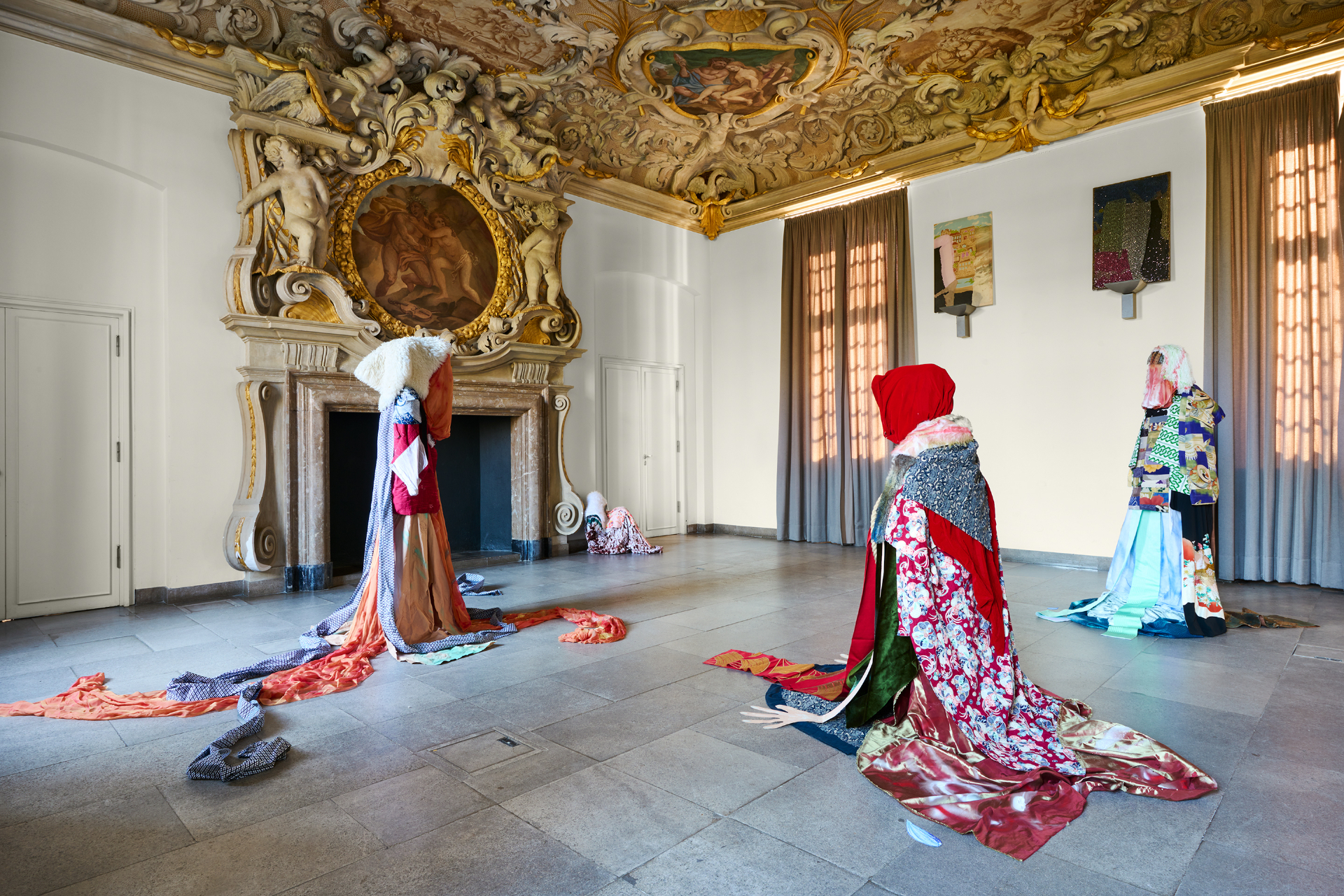
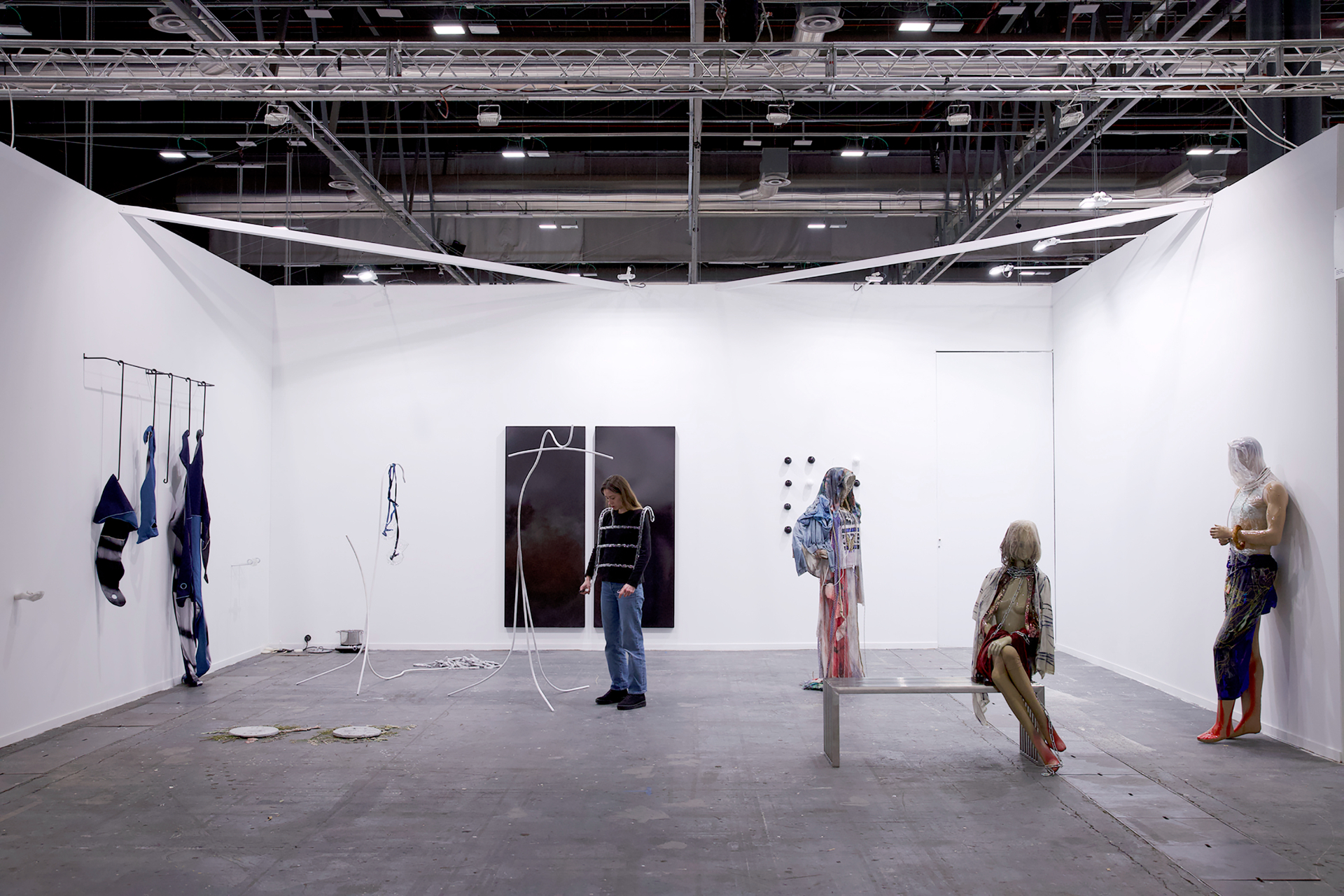
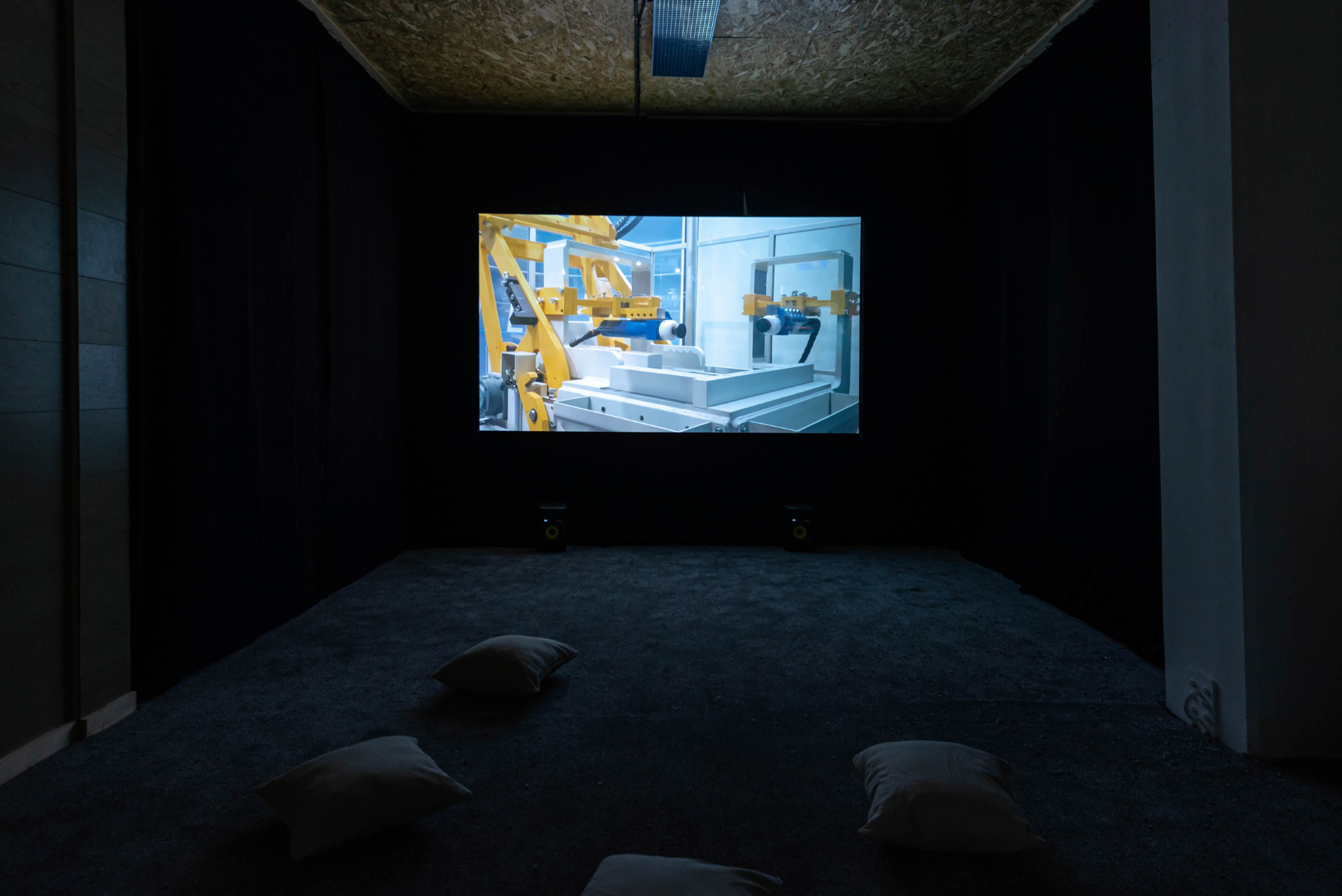

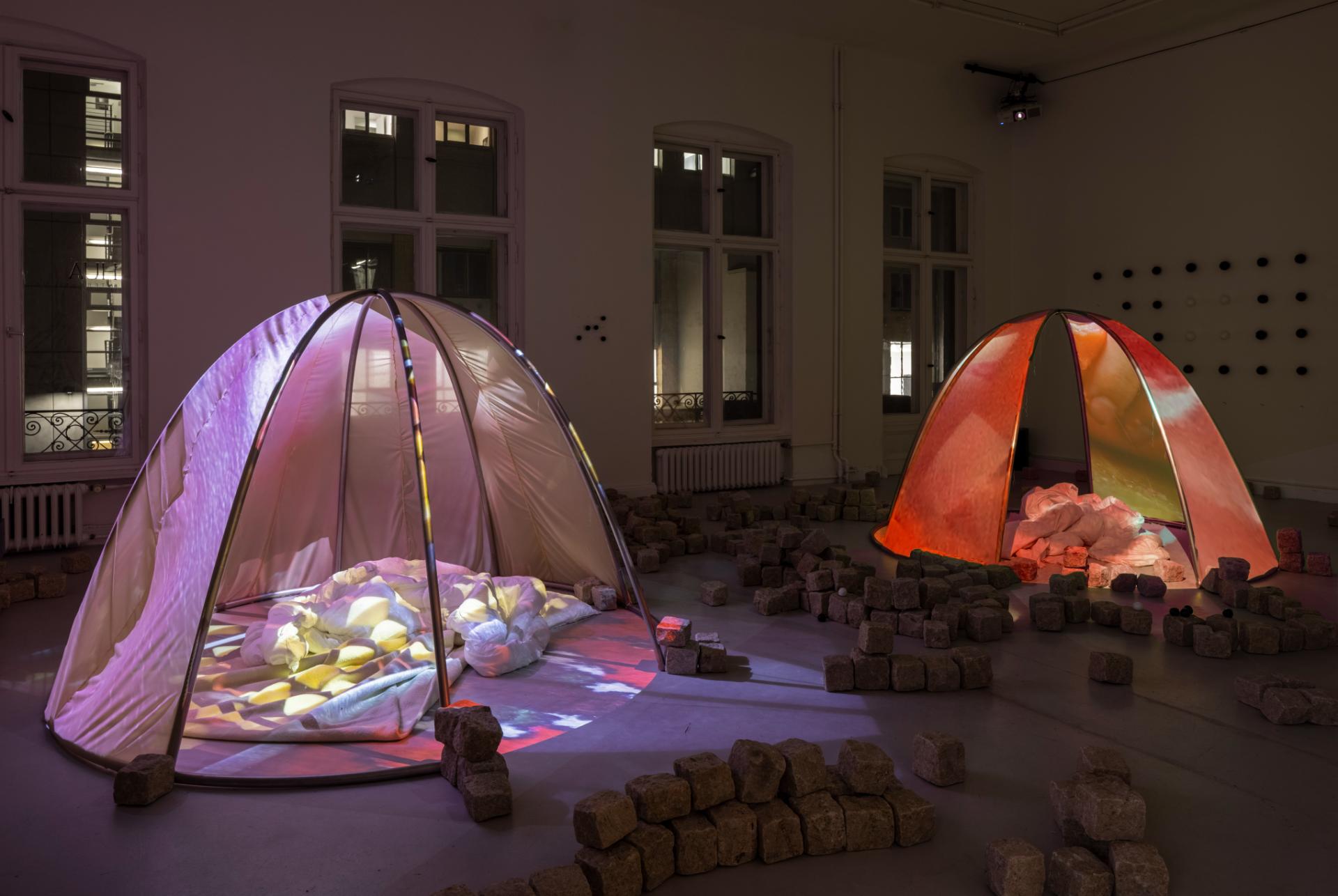
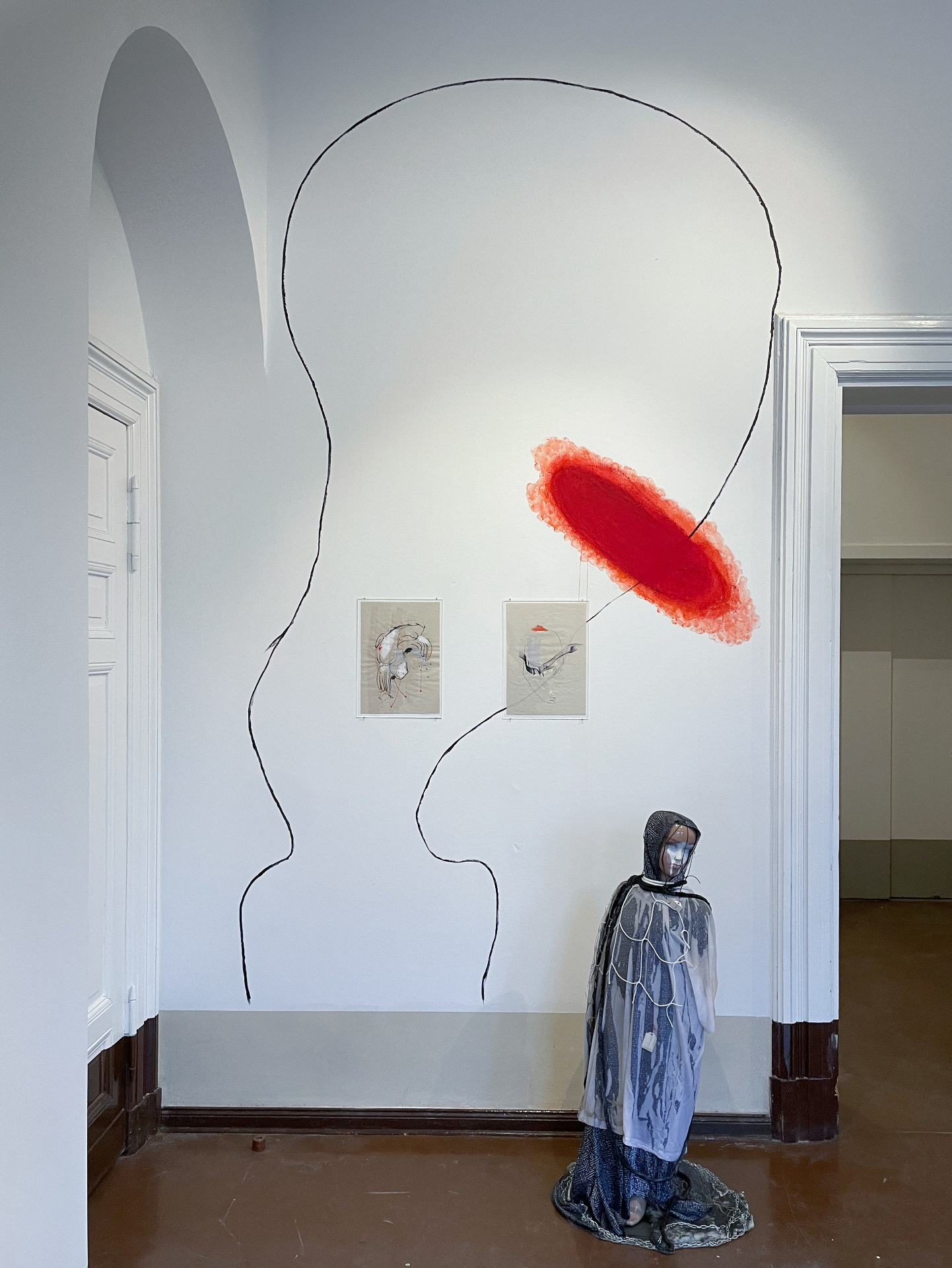

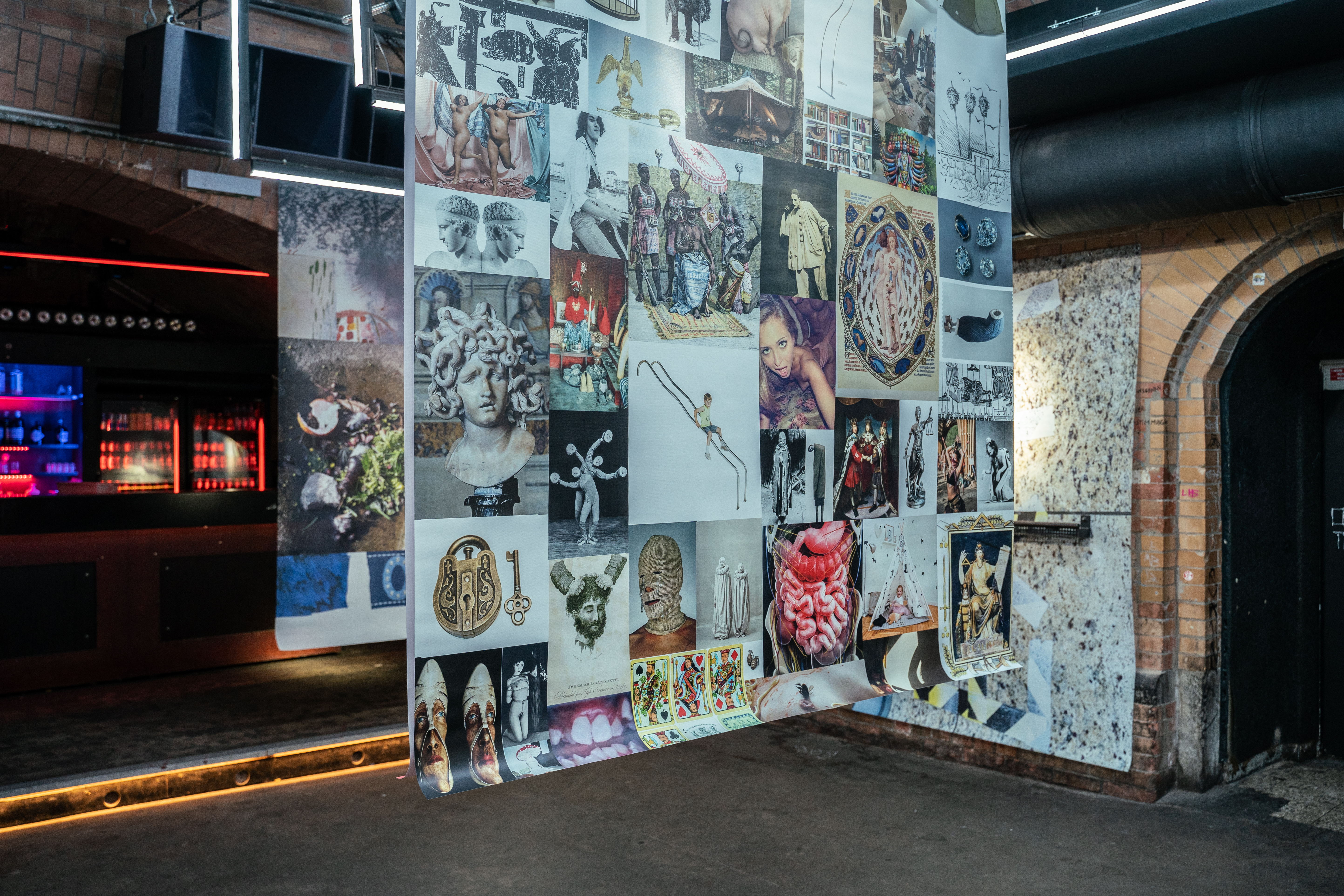
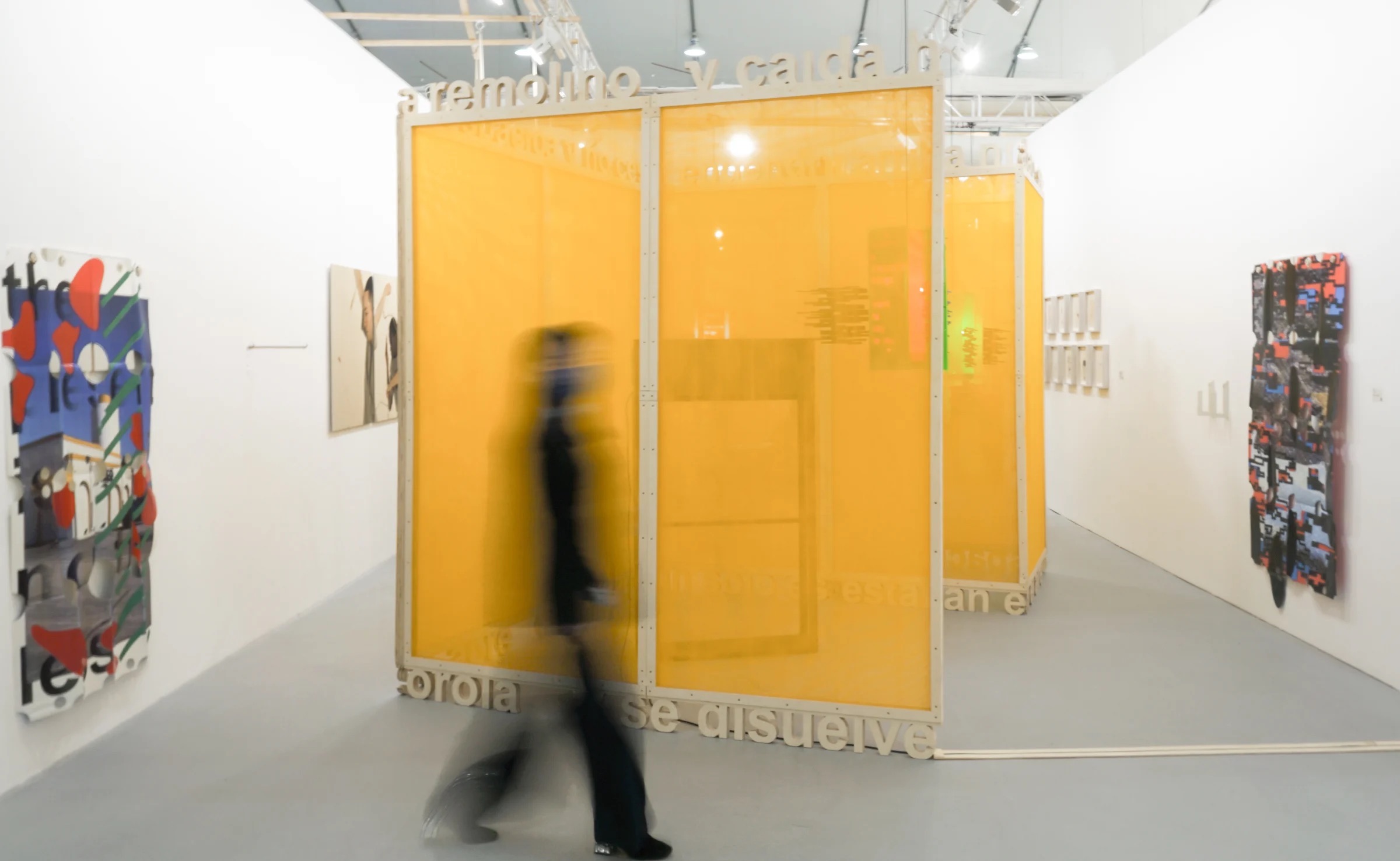
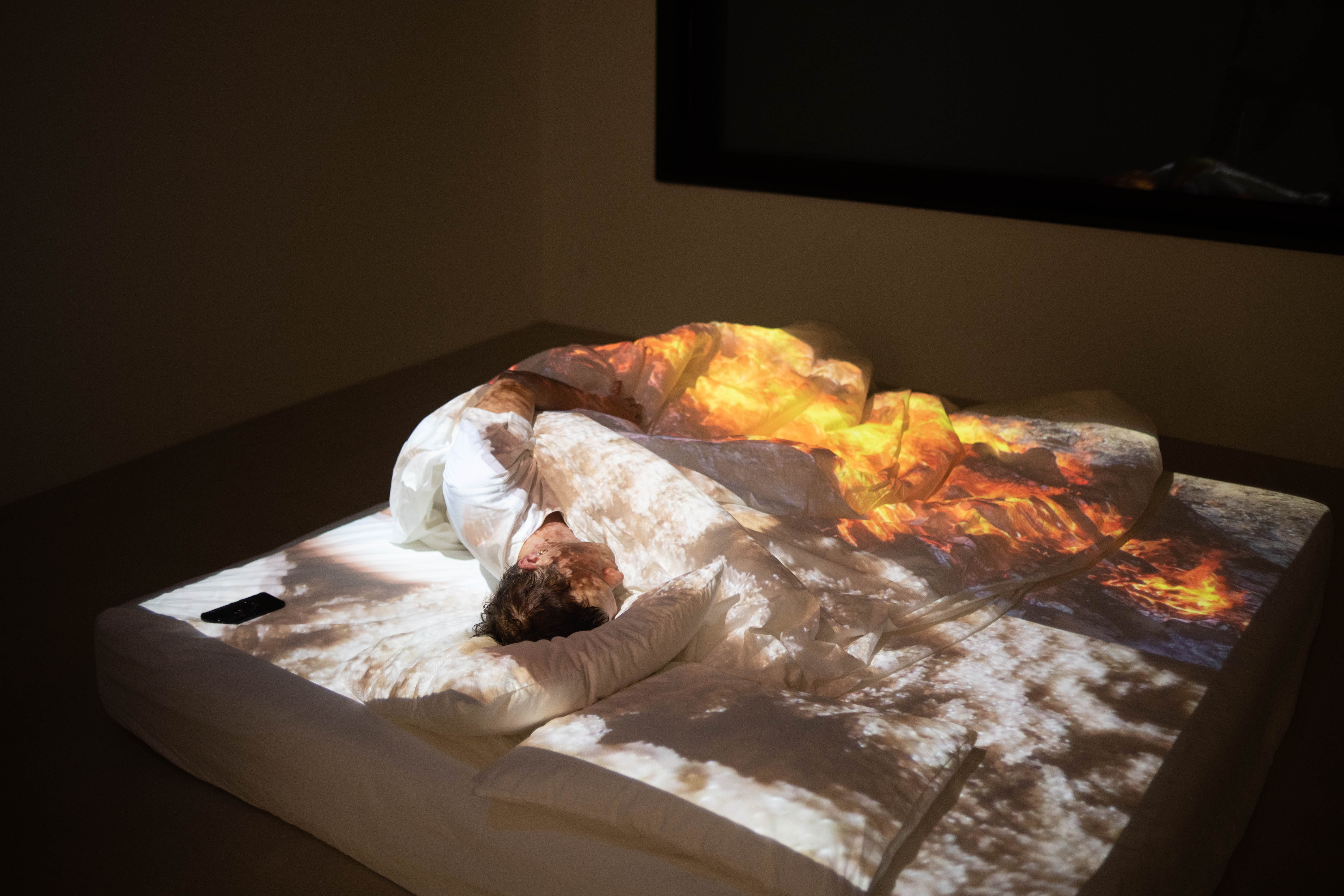
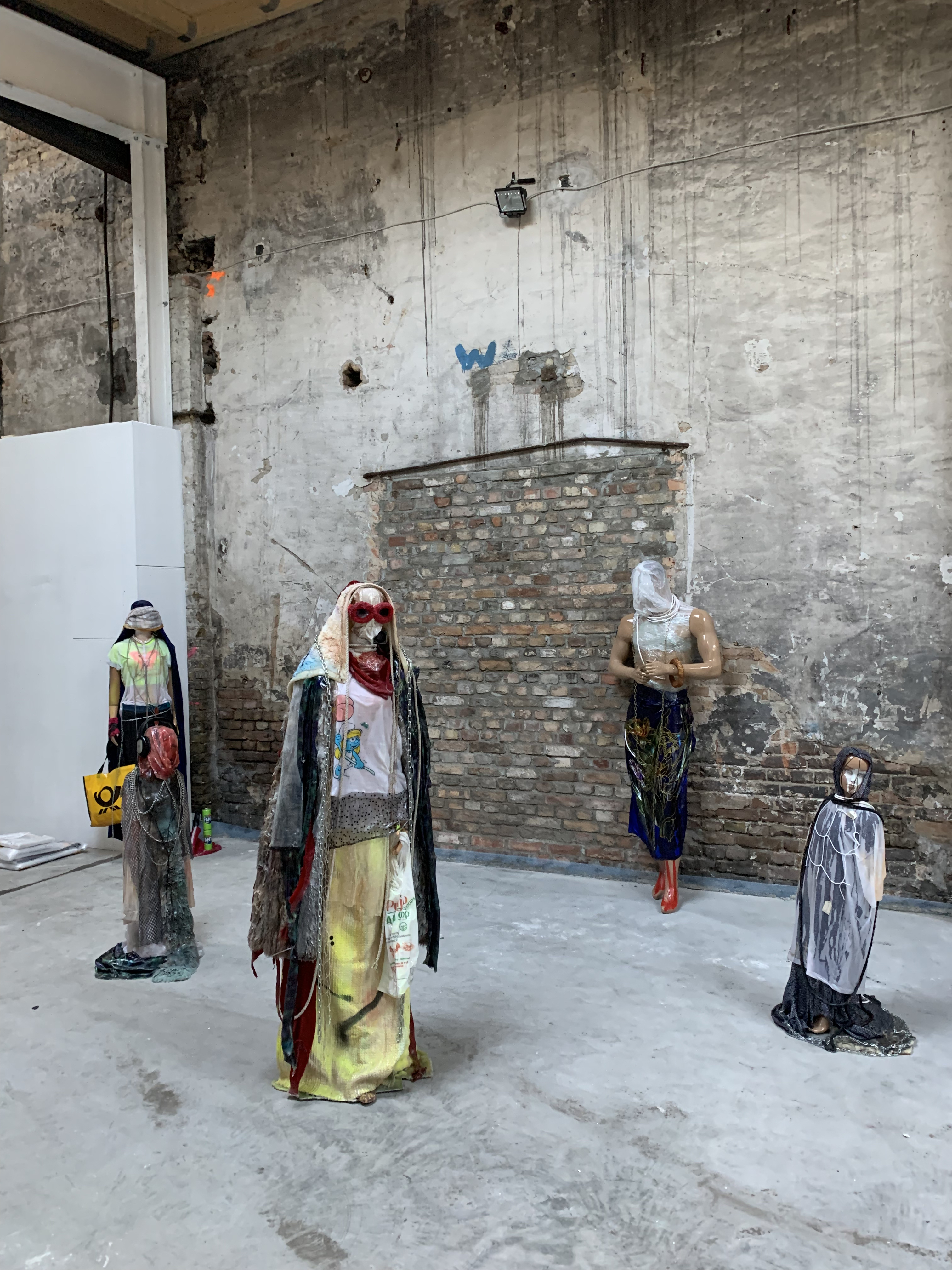

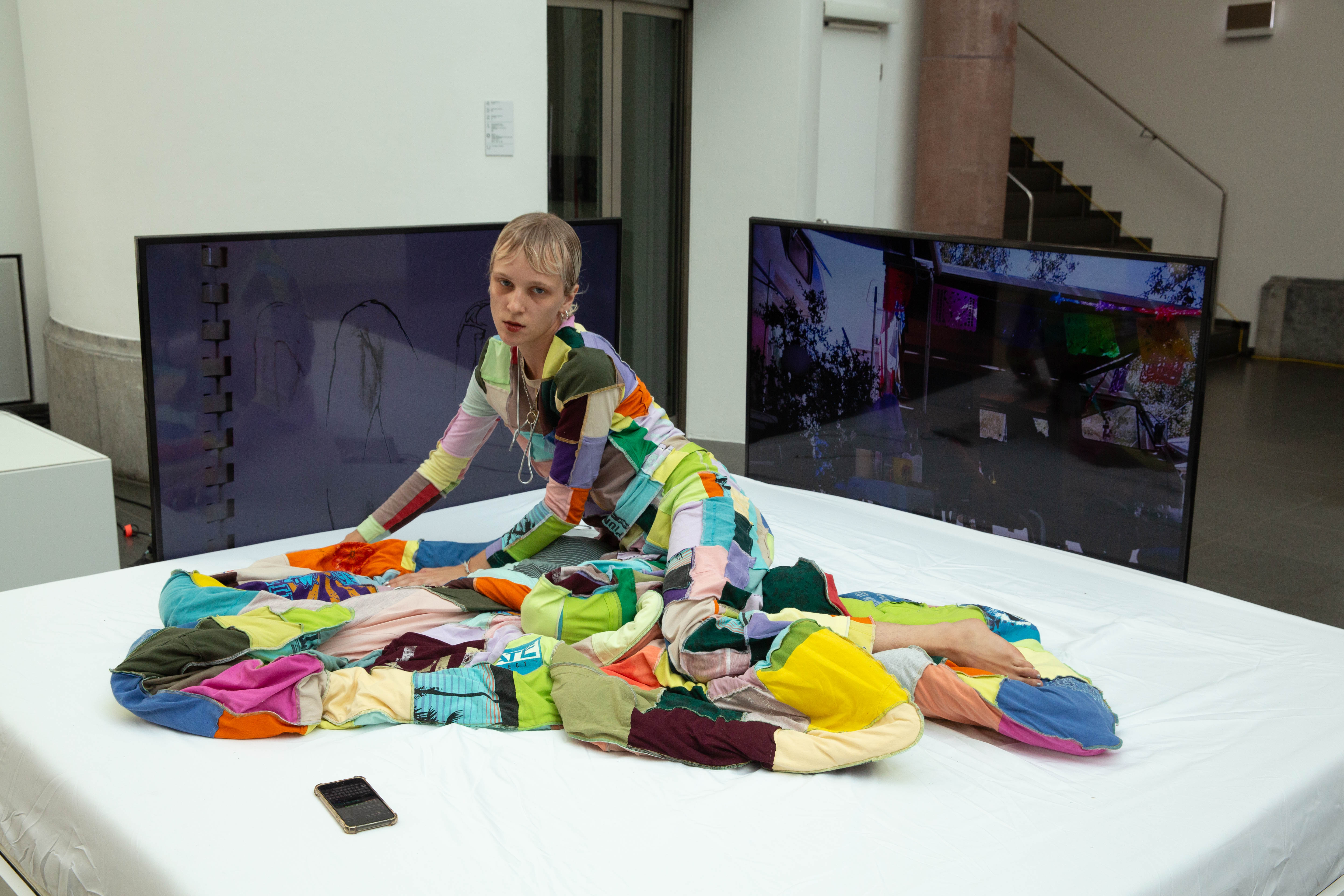

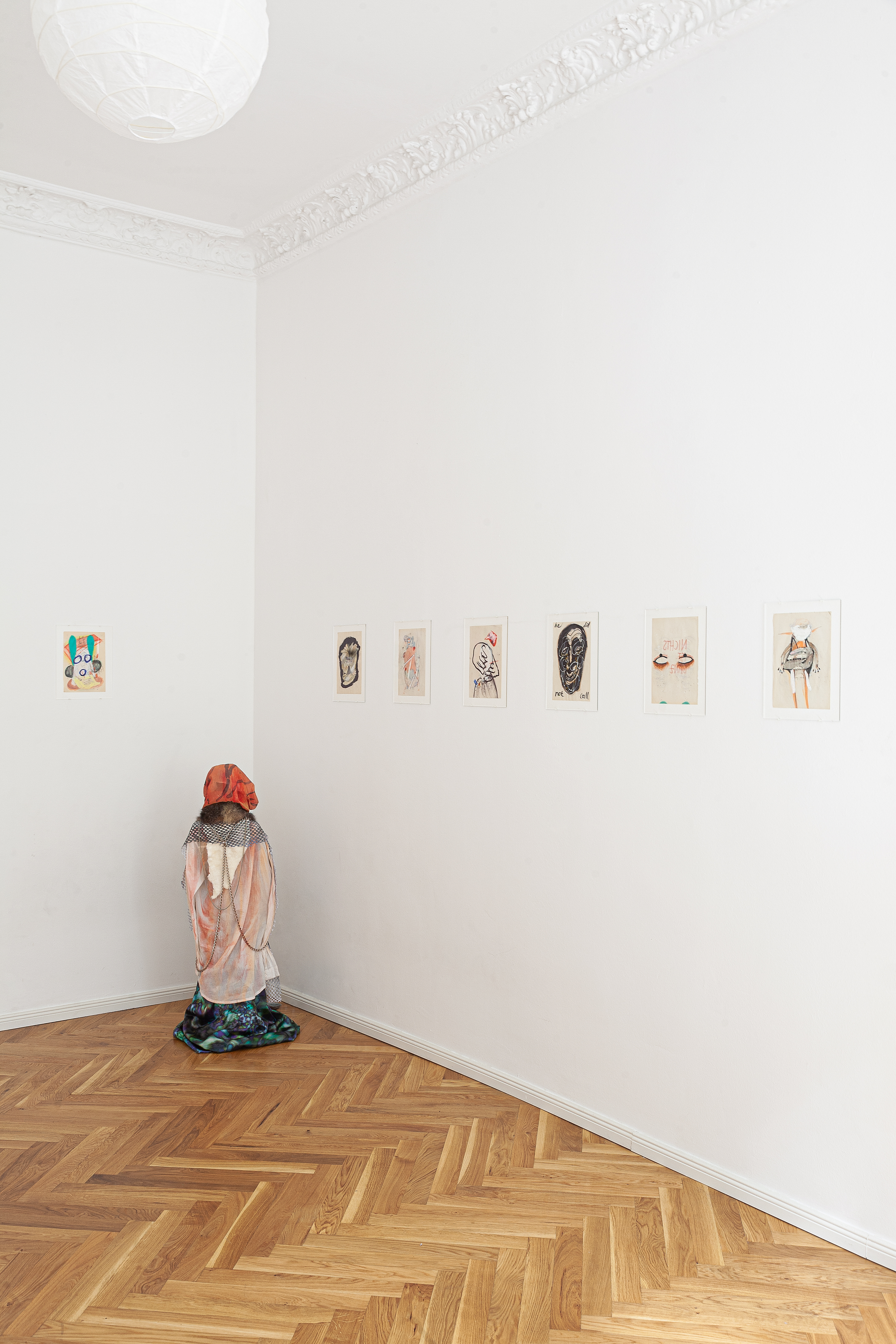
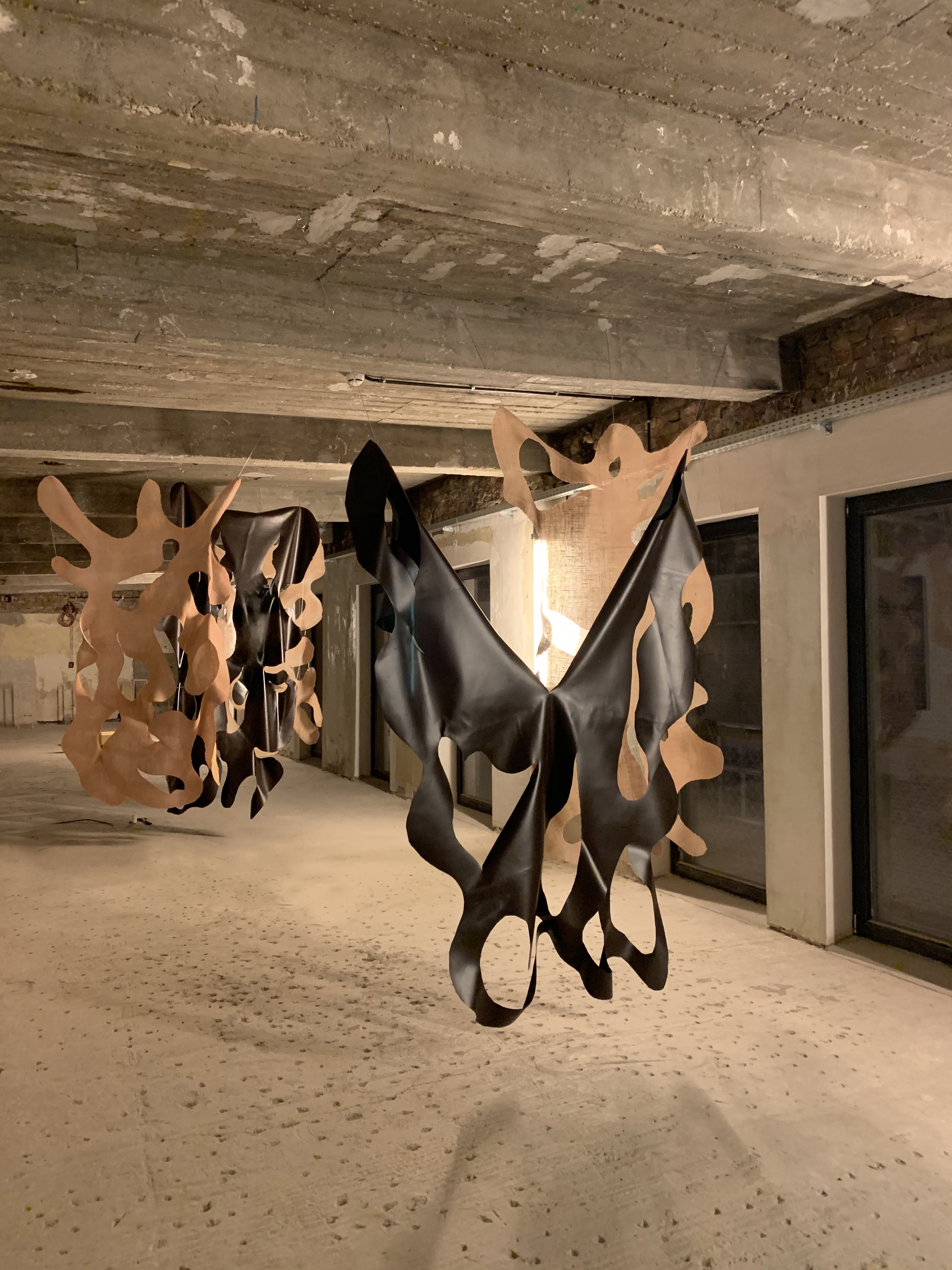
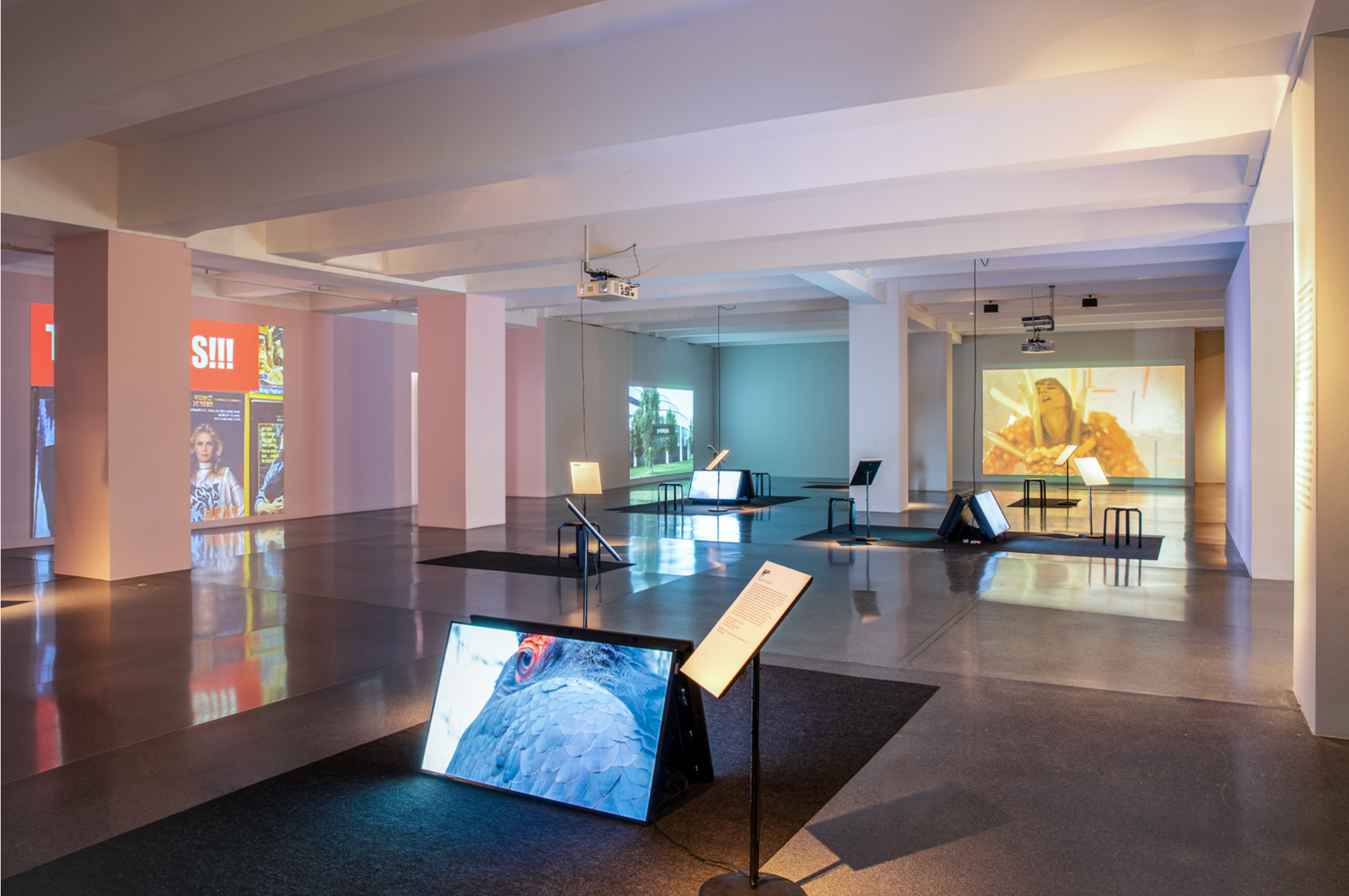
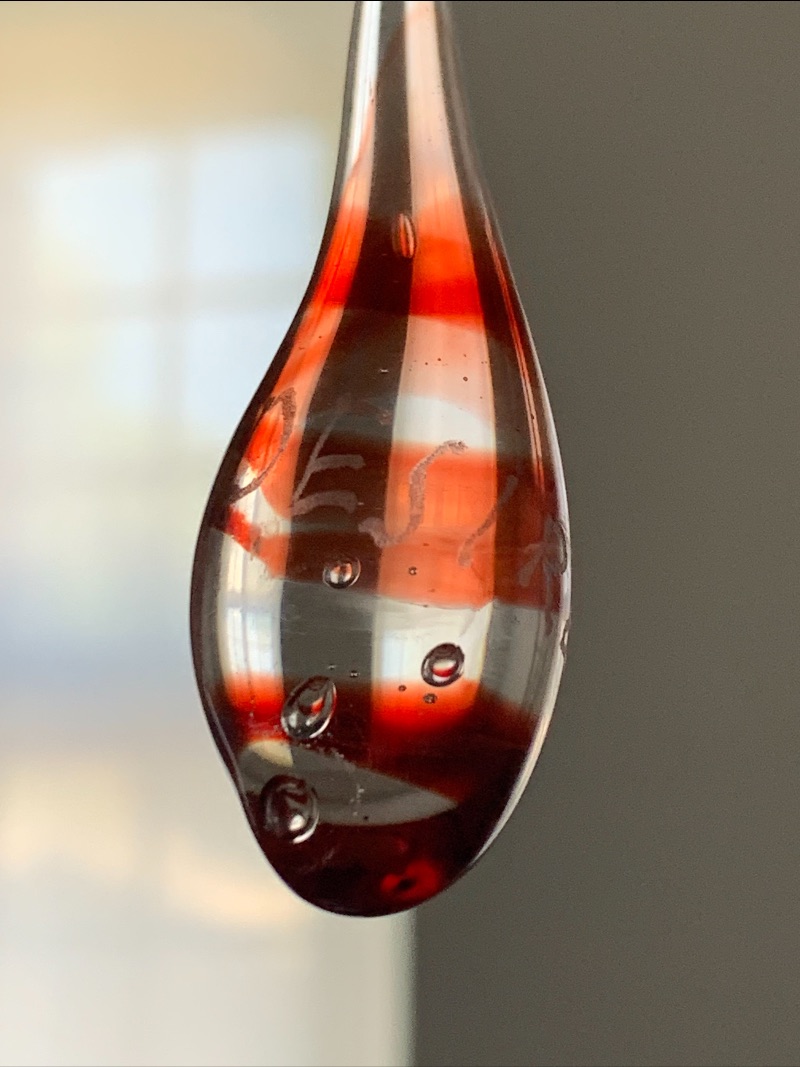
definitively_Goeben_Berlin_2020_00003.JPG)
